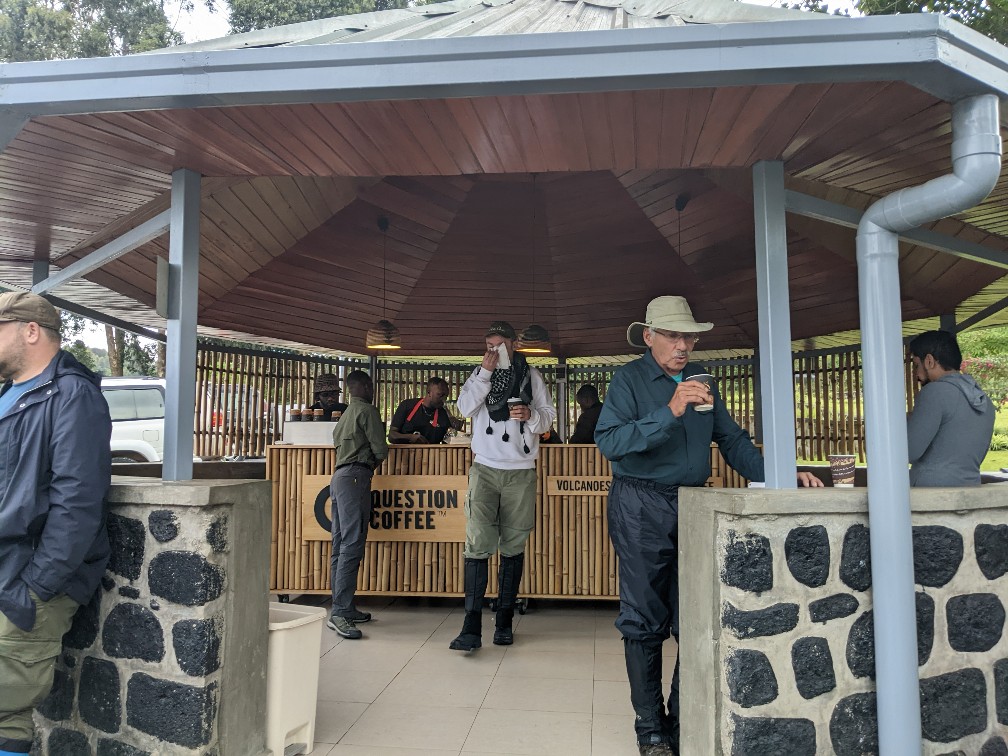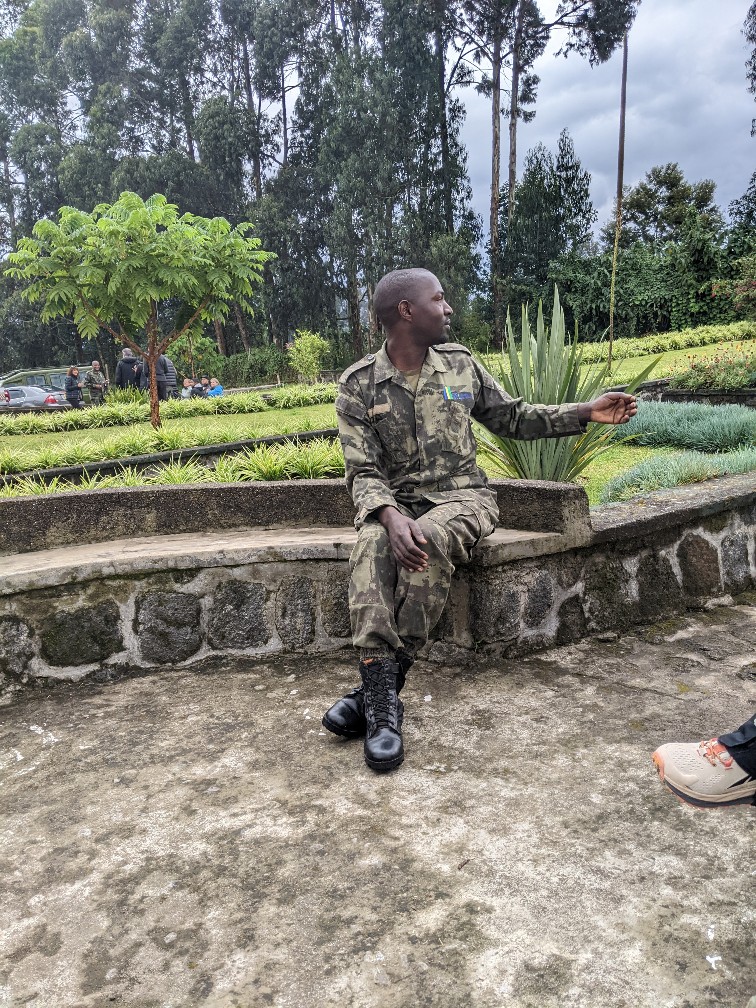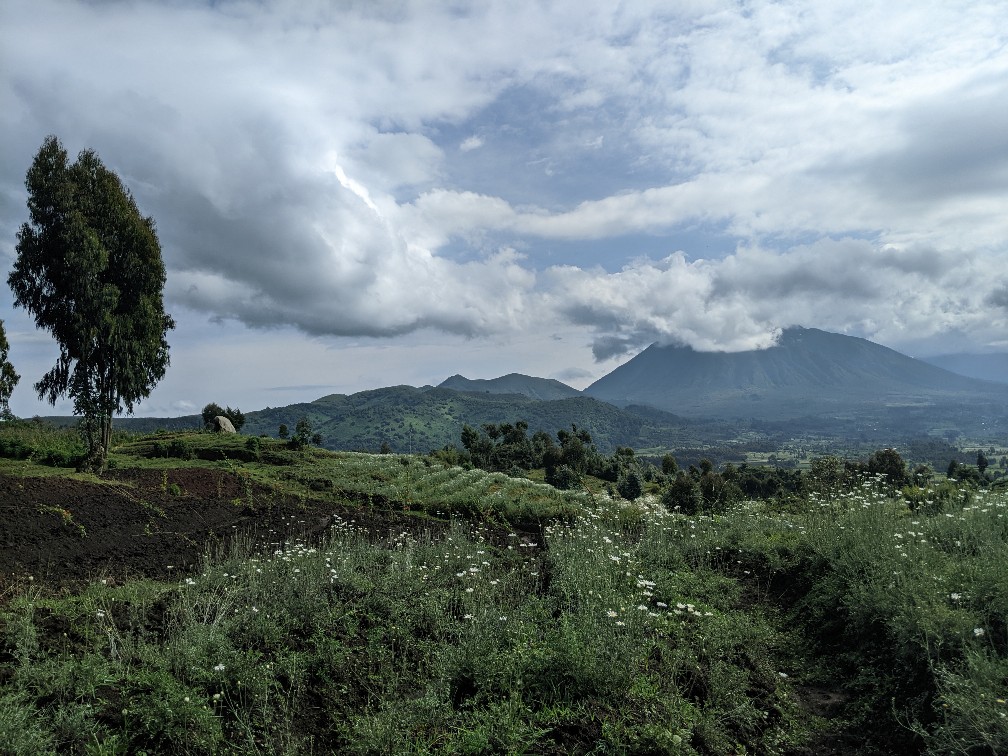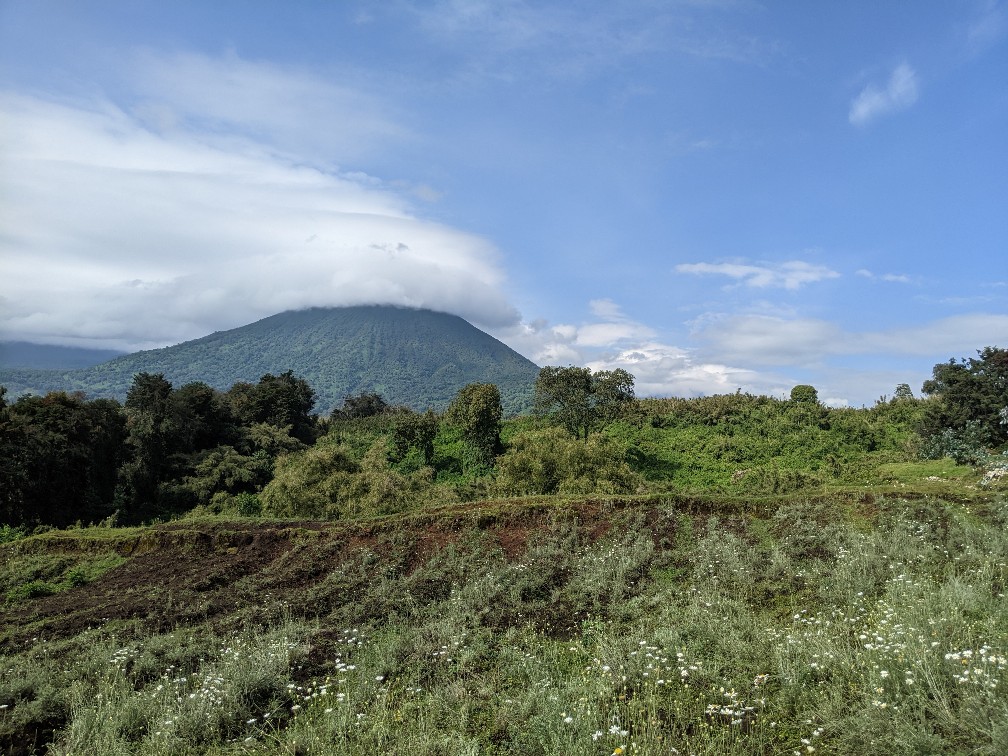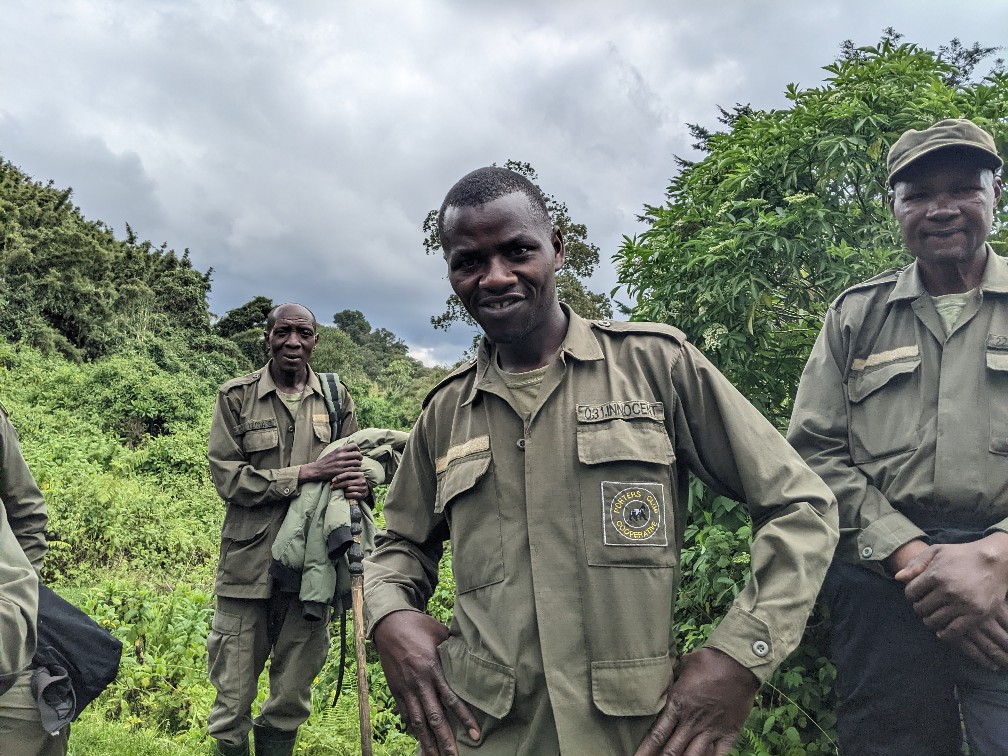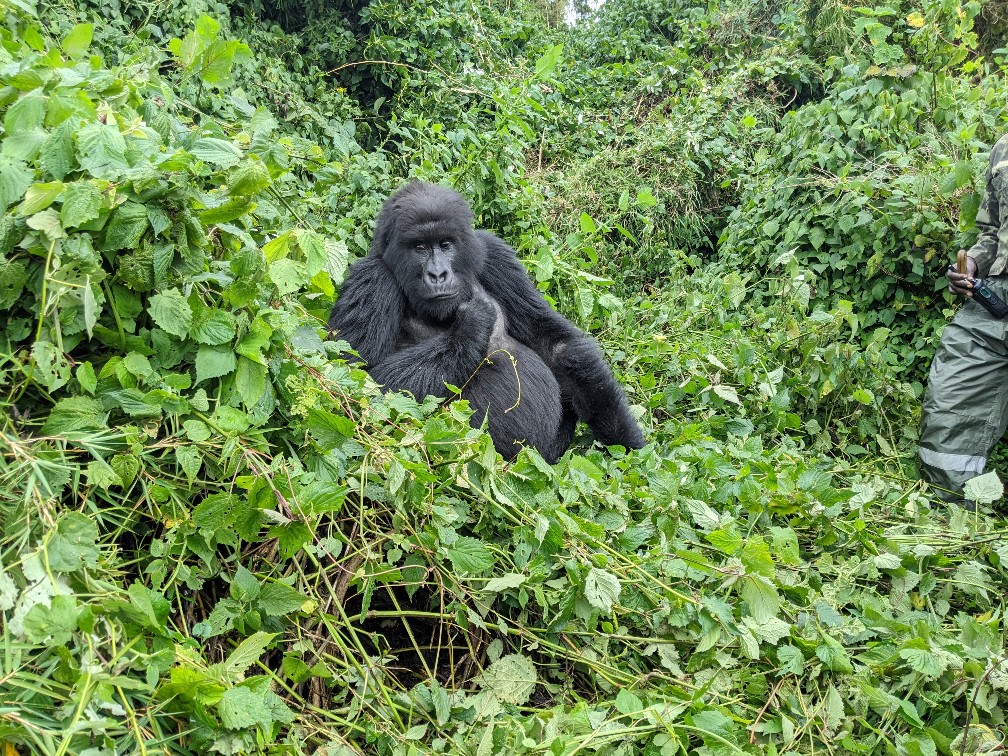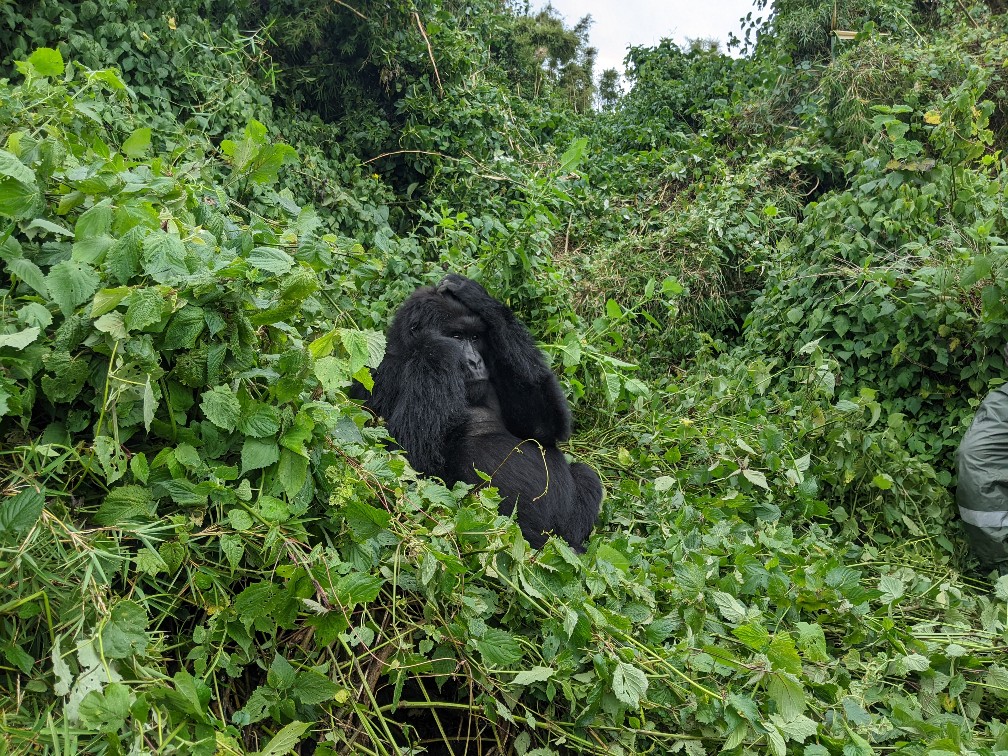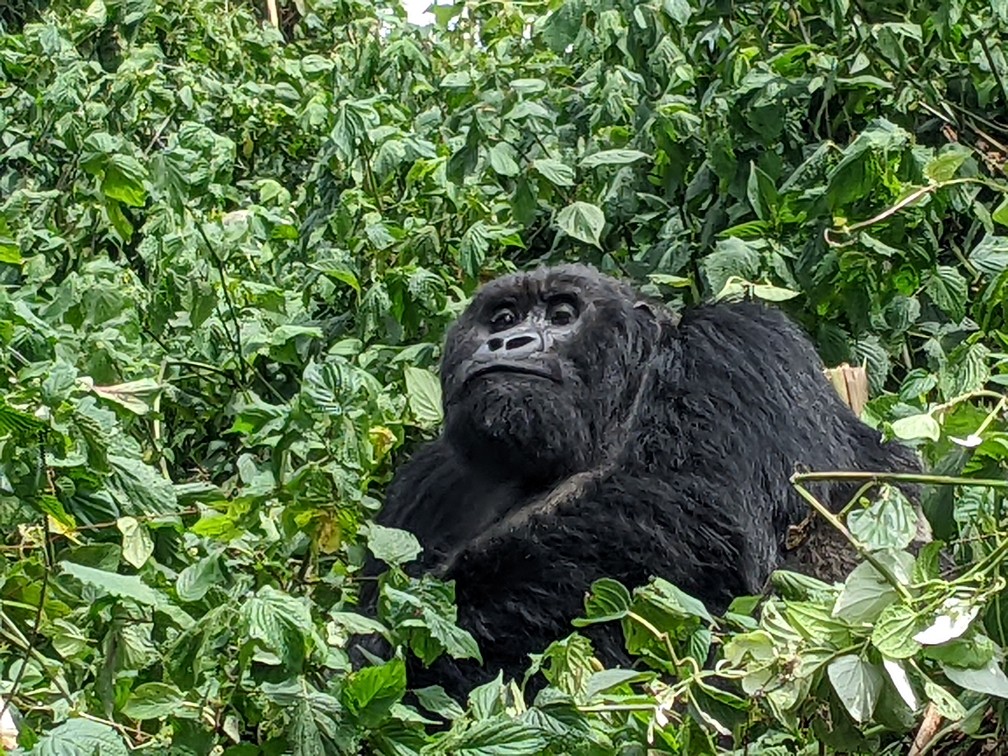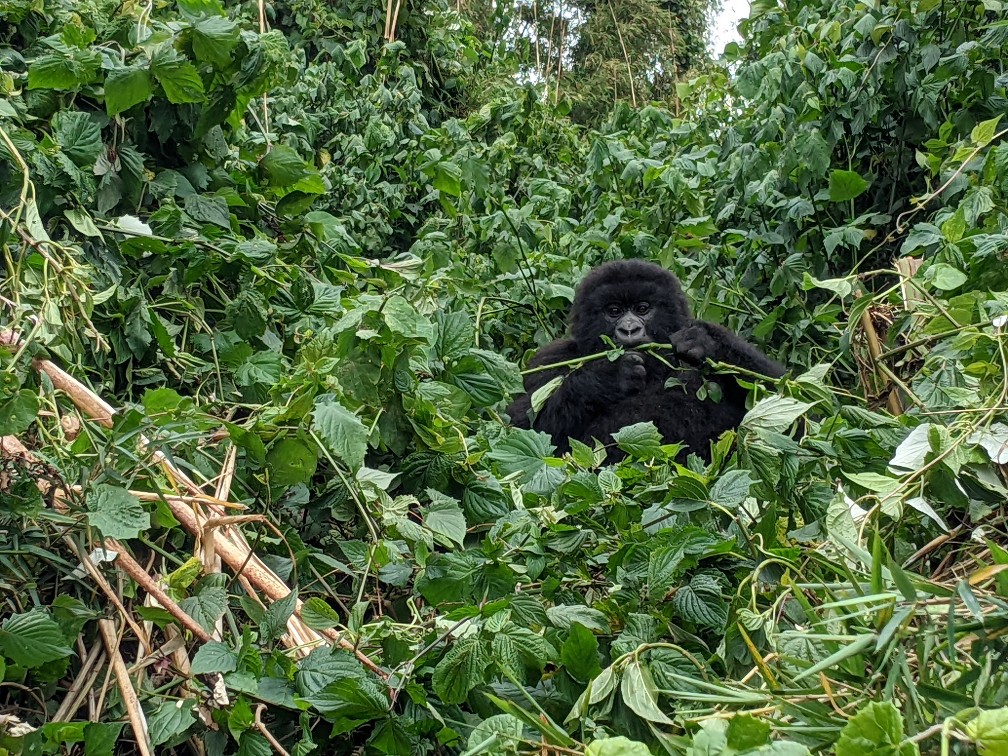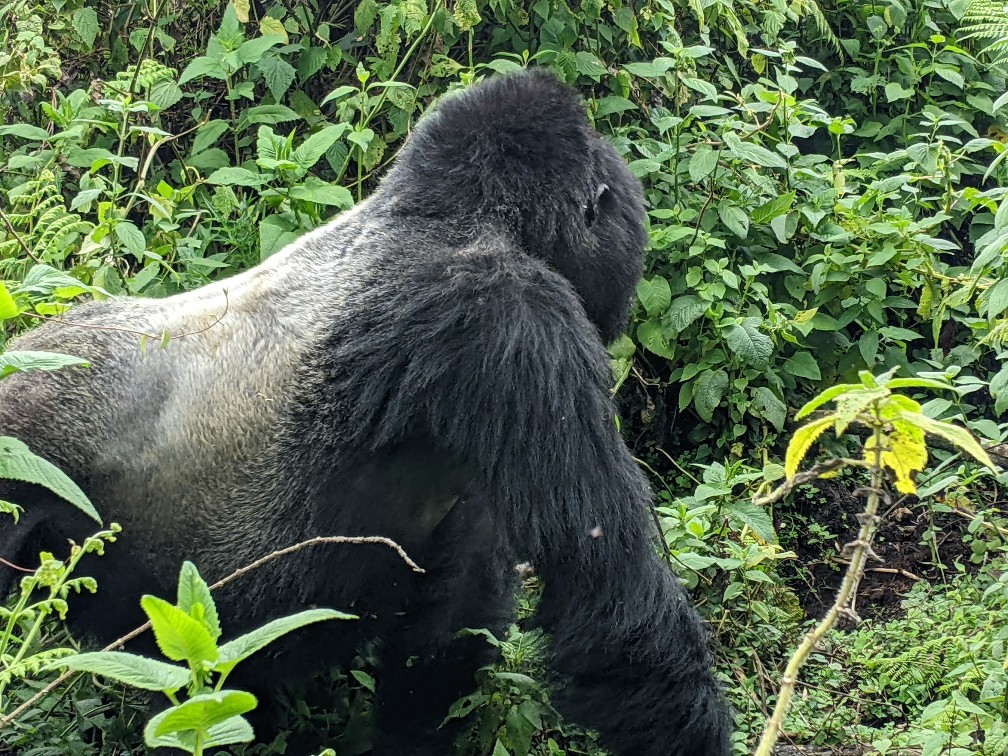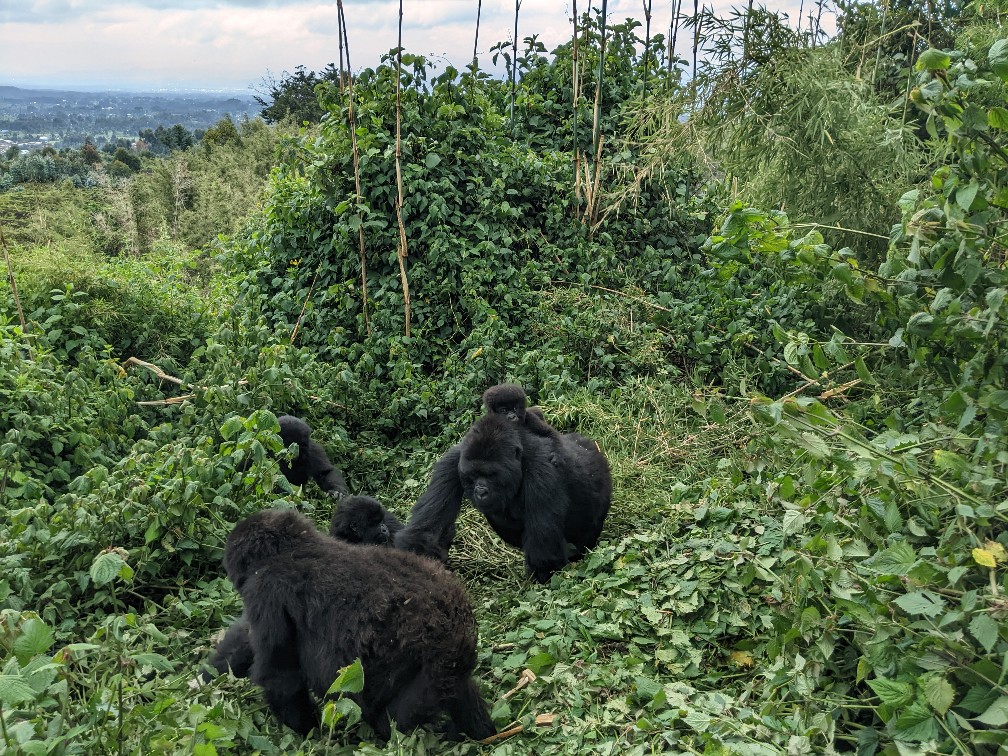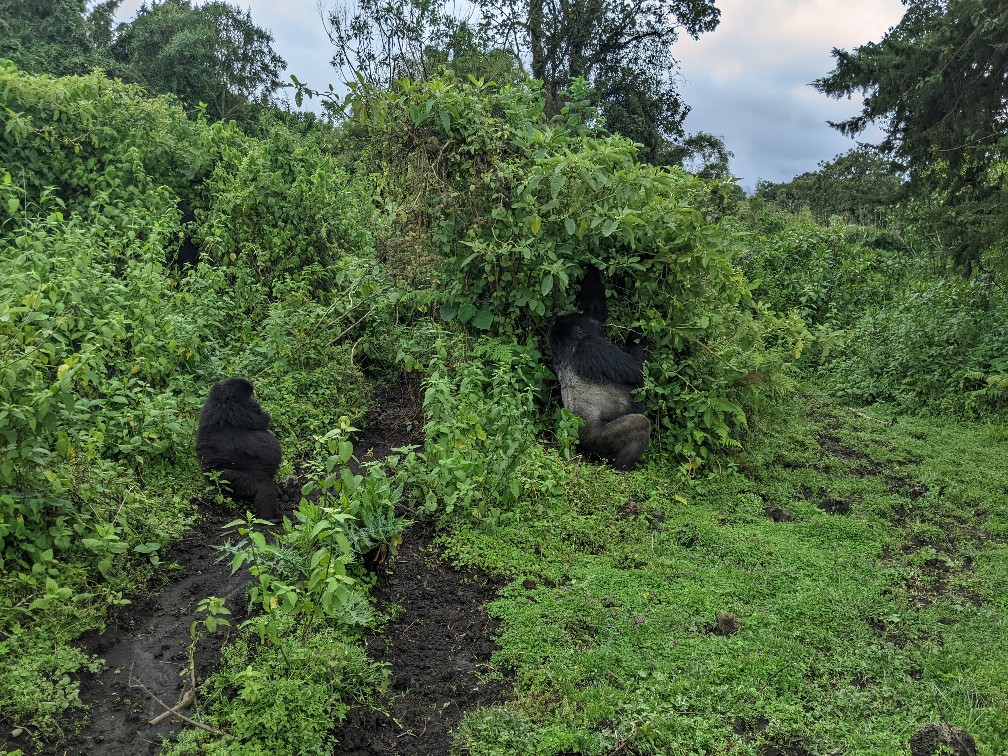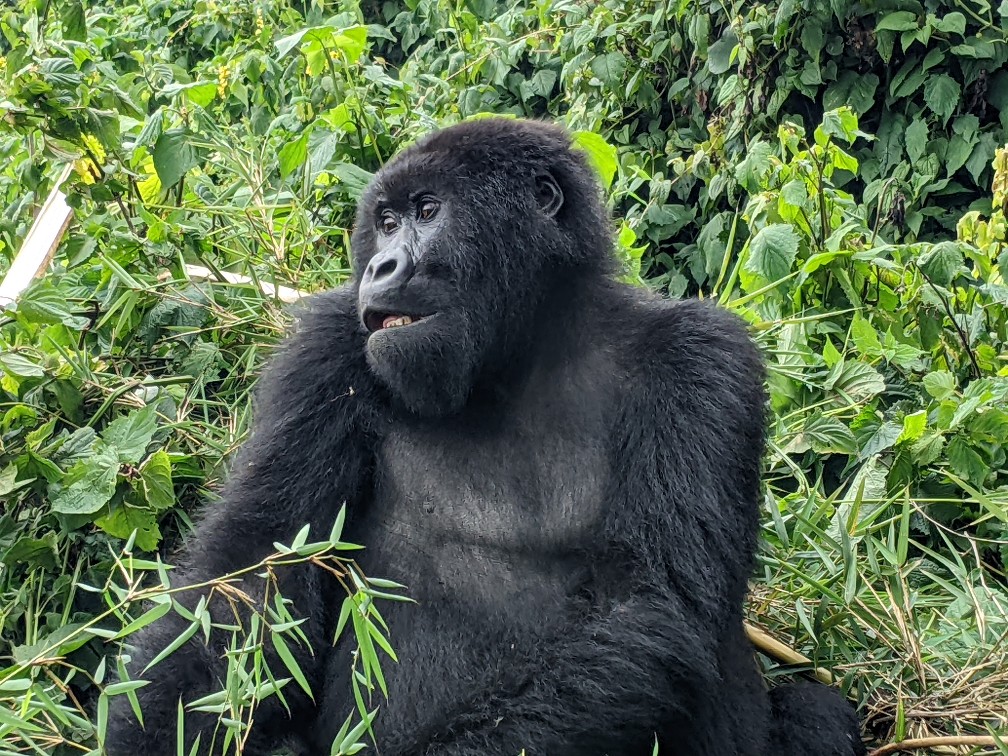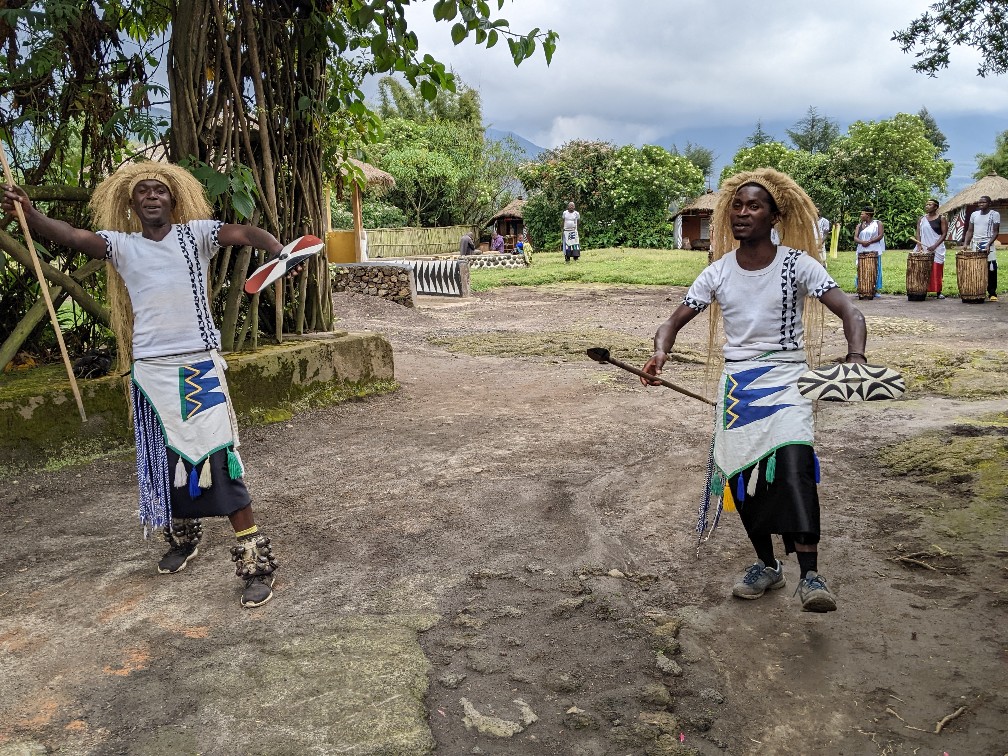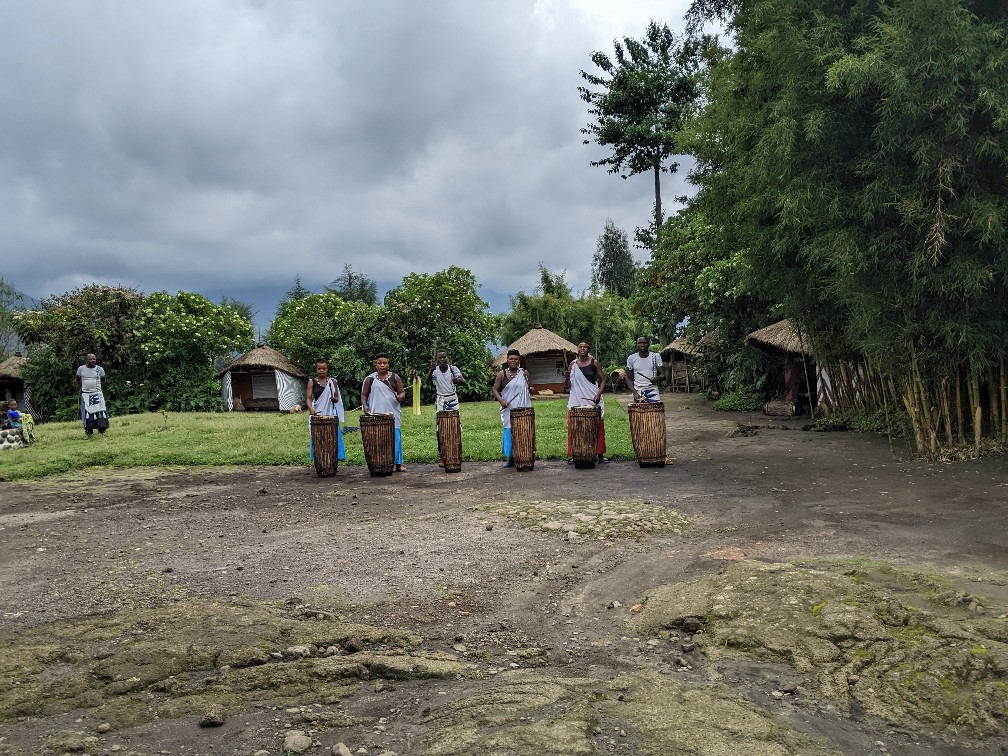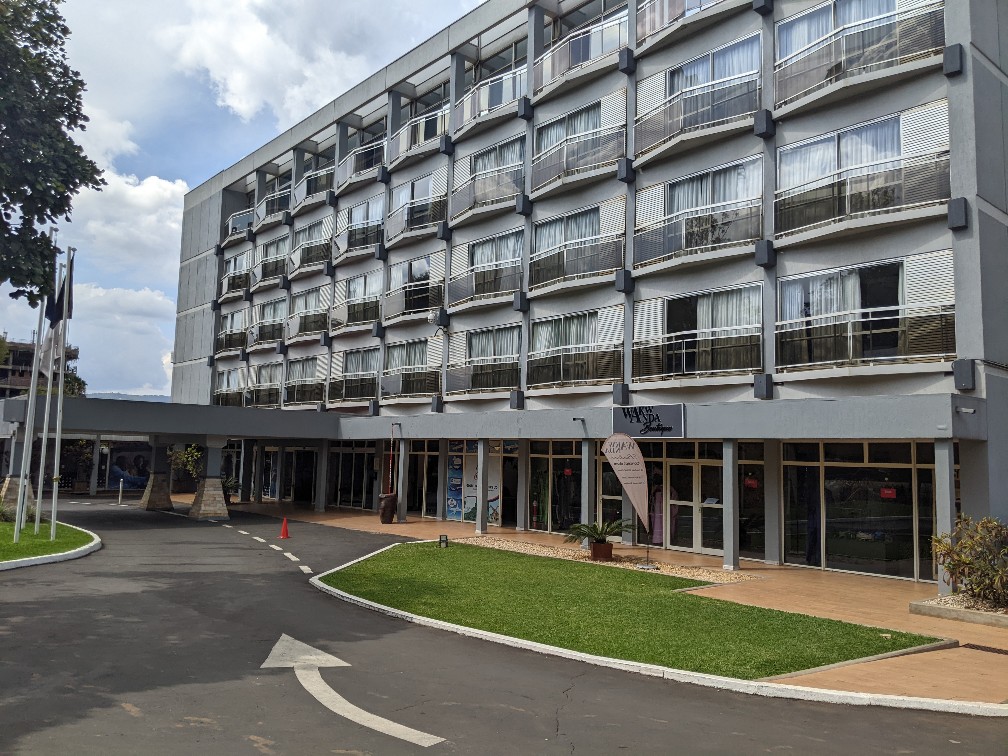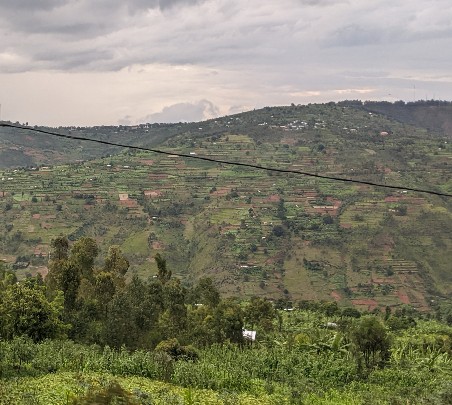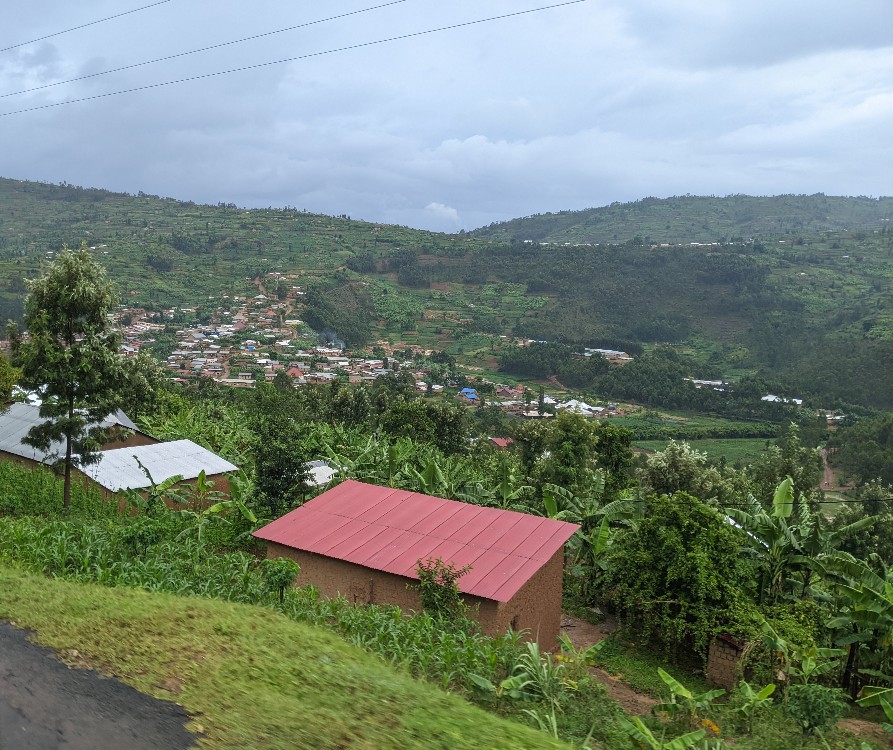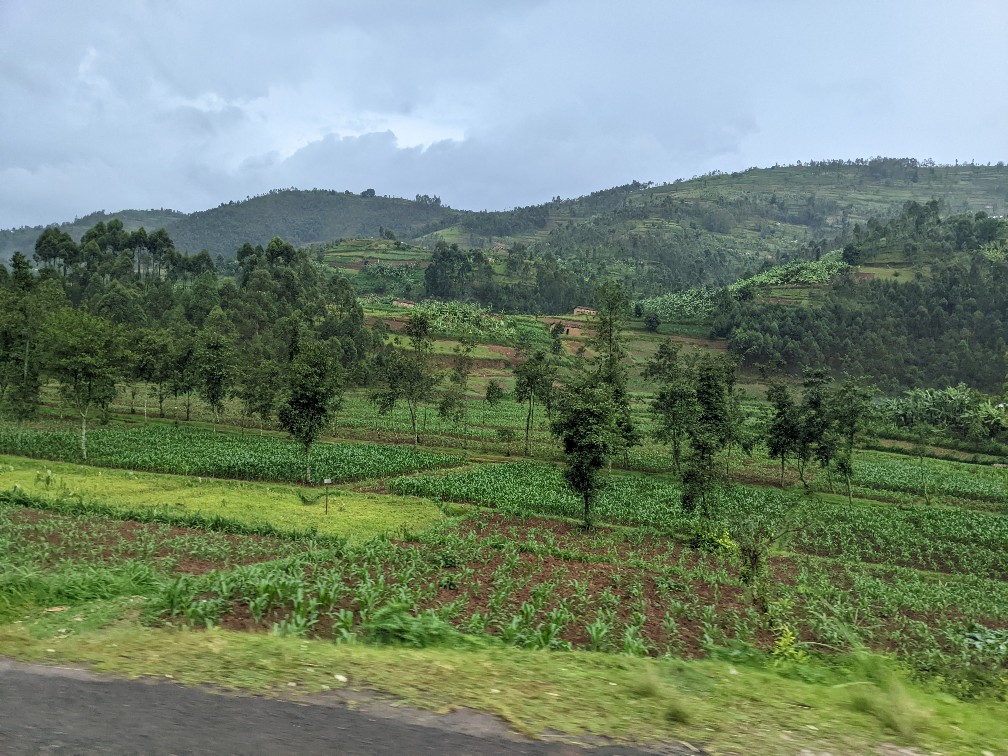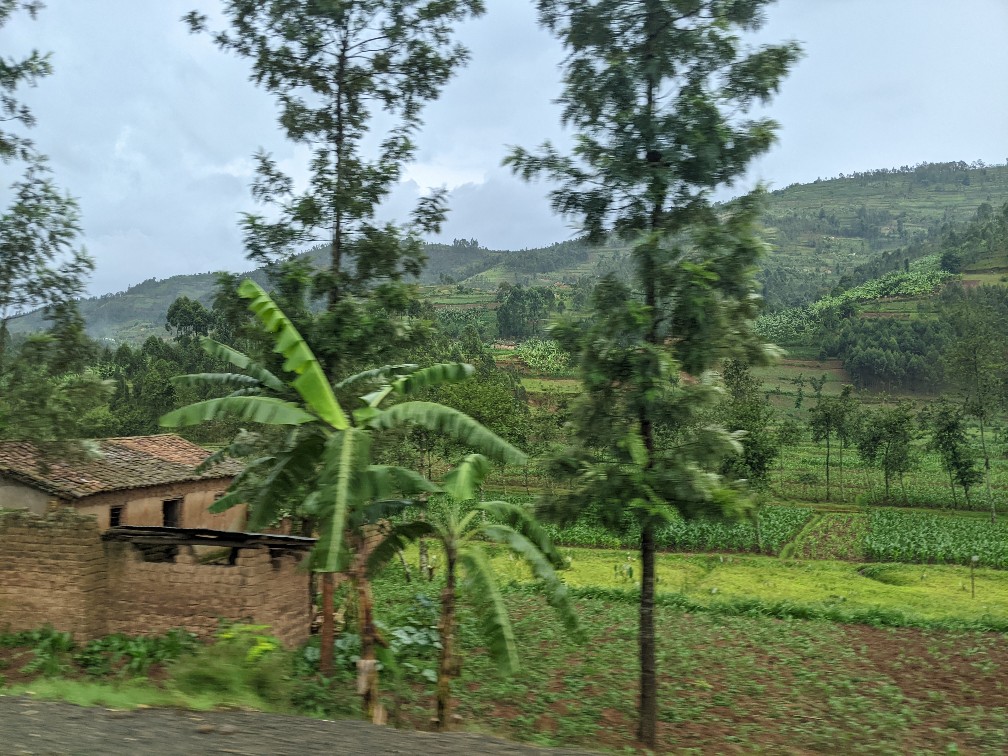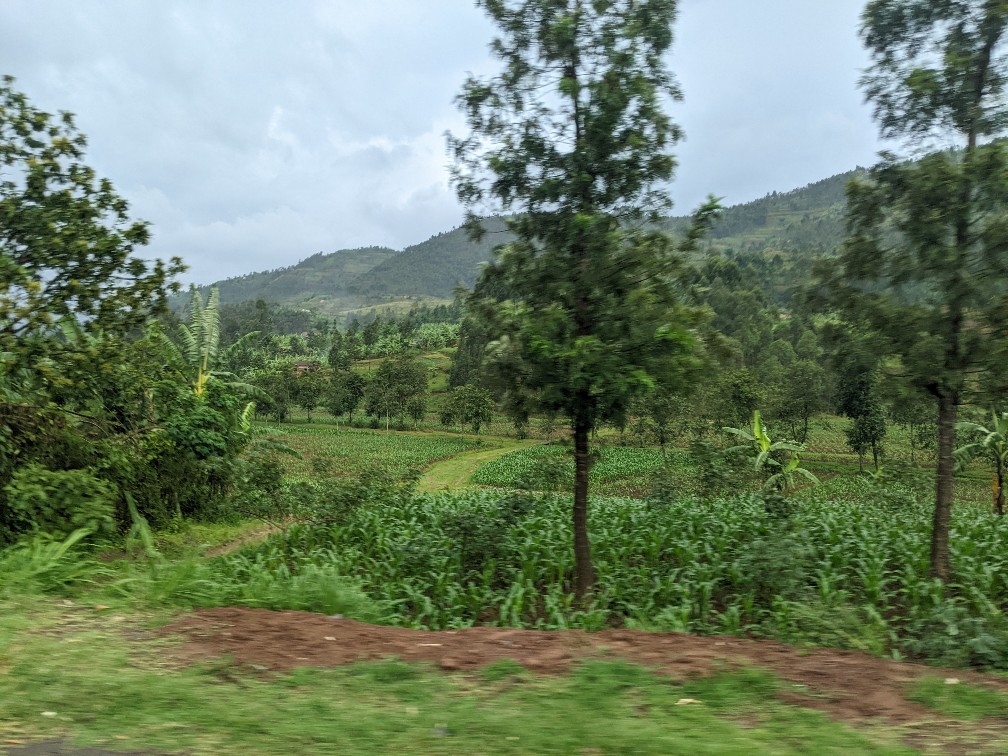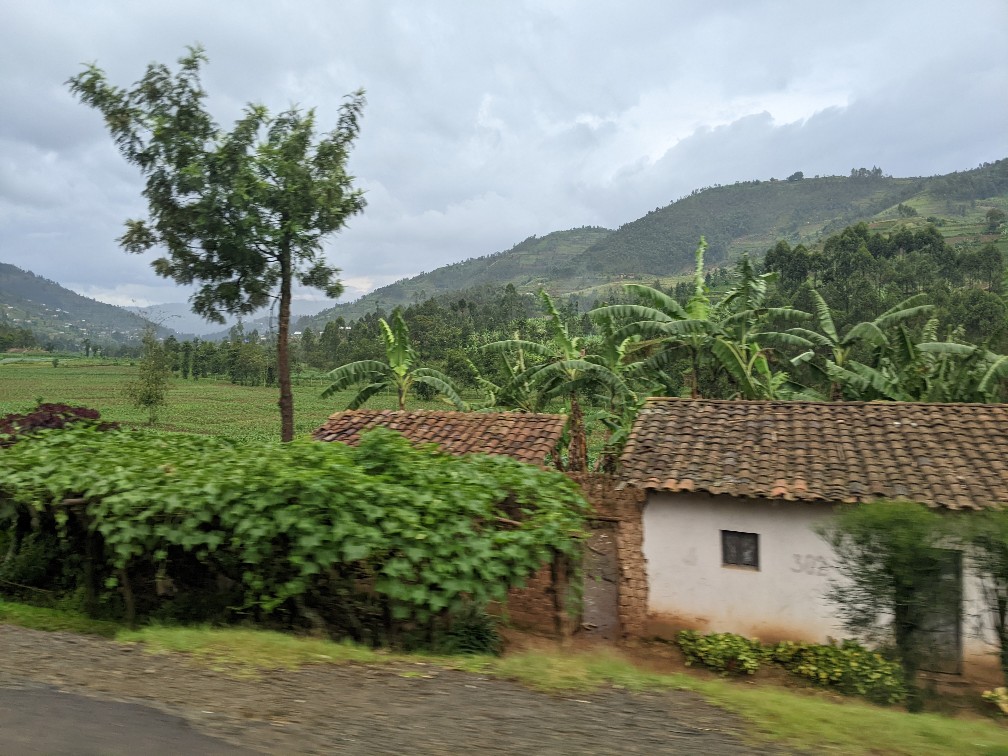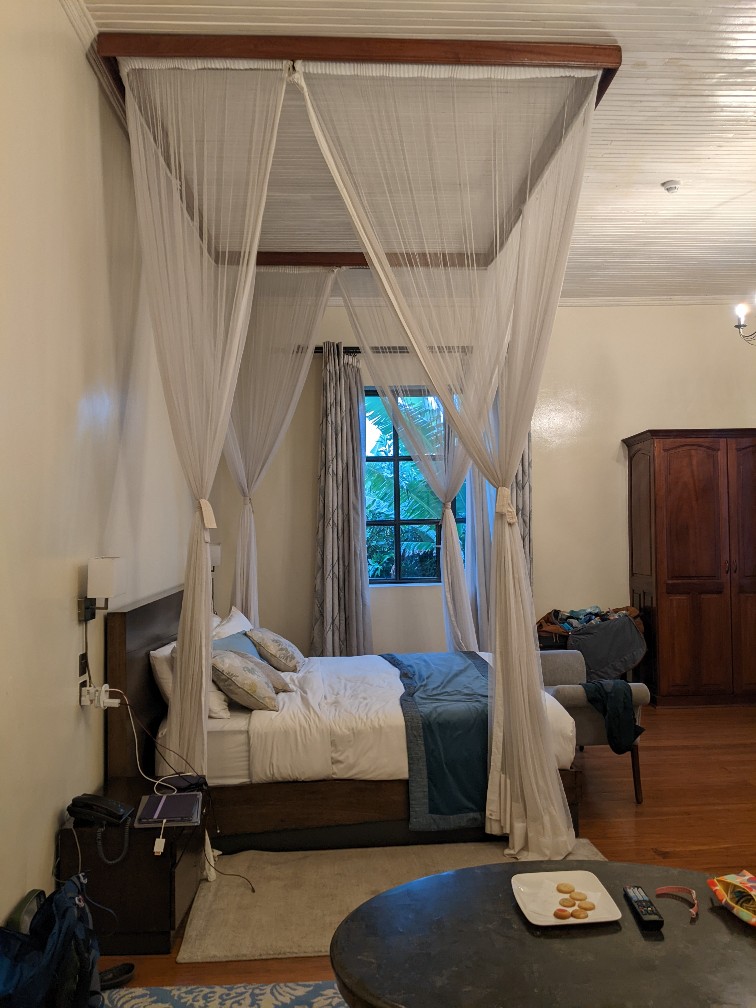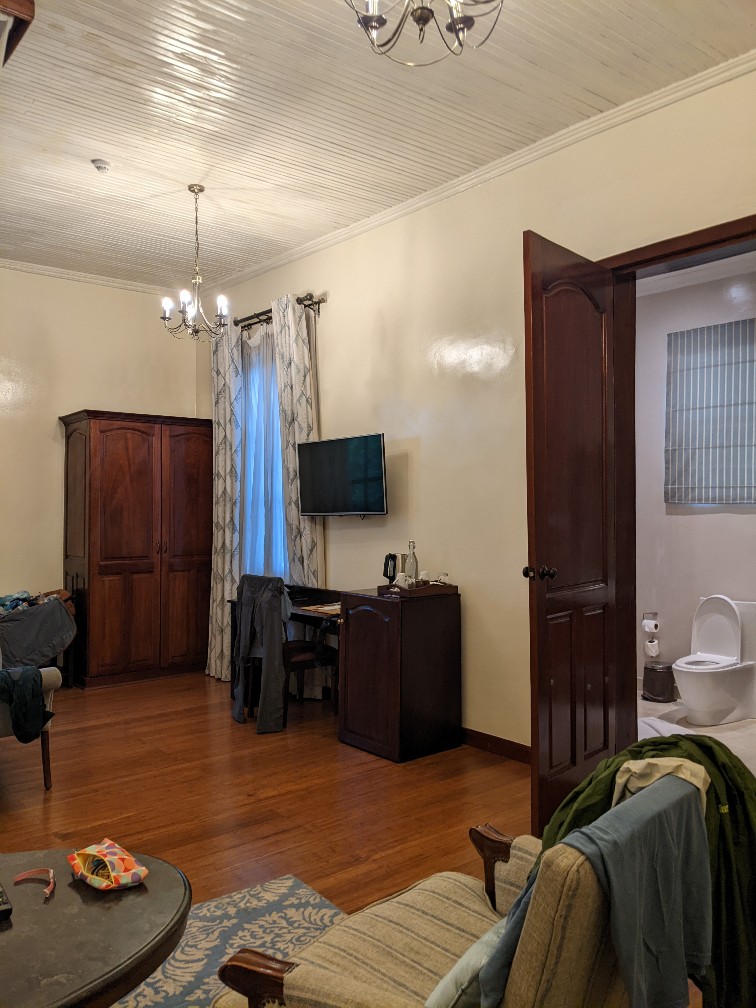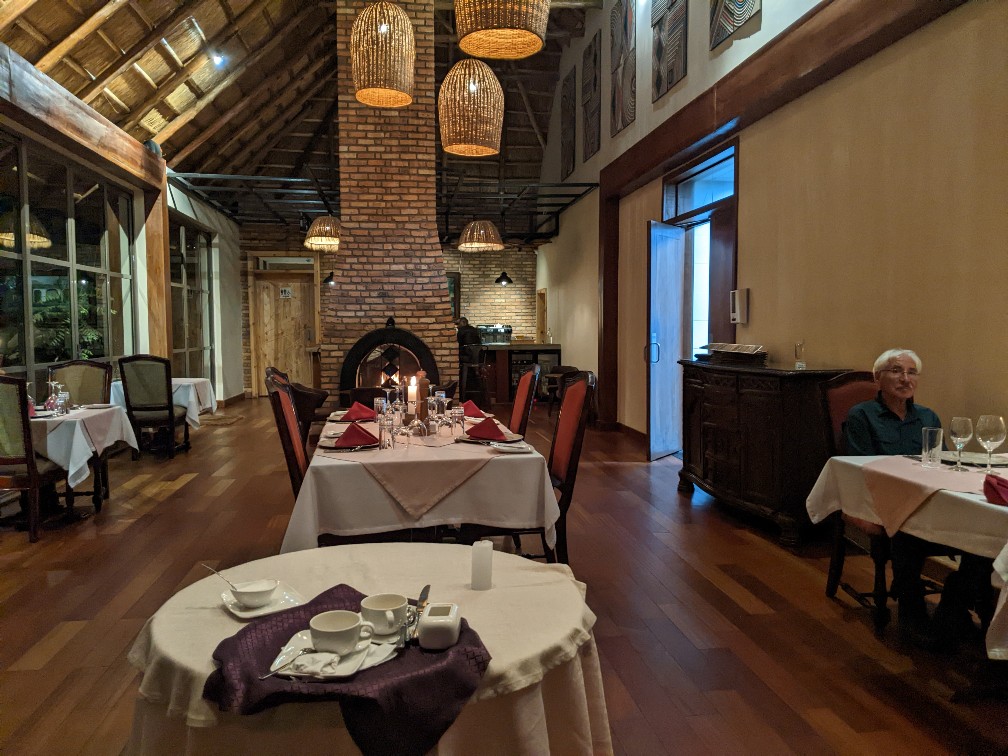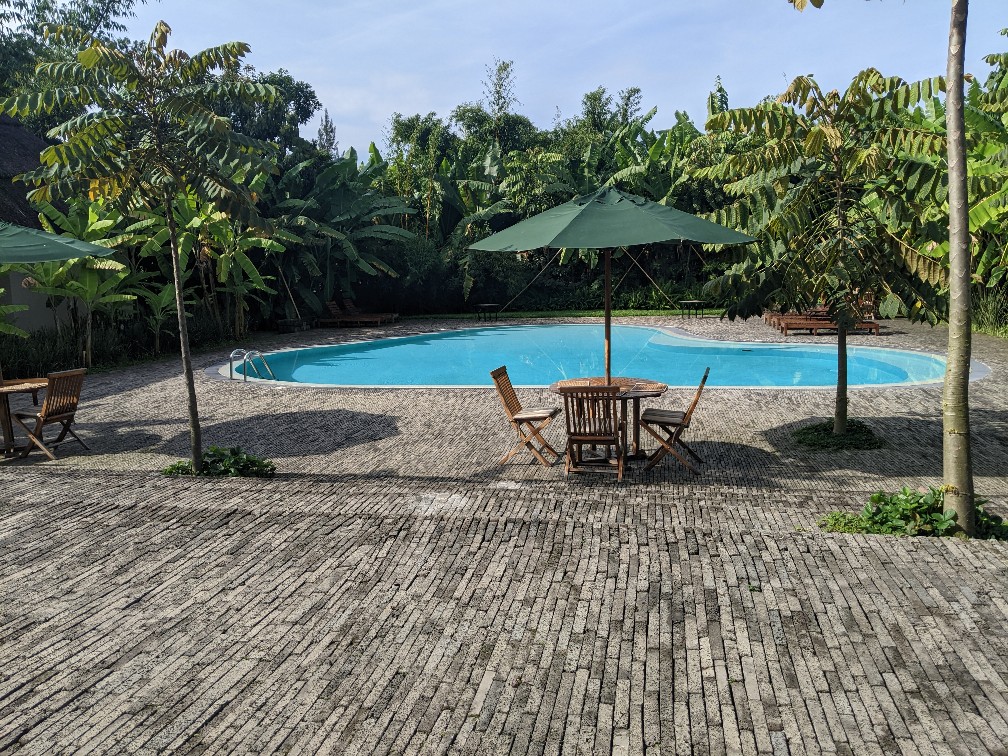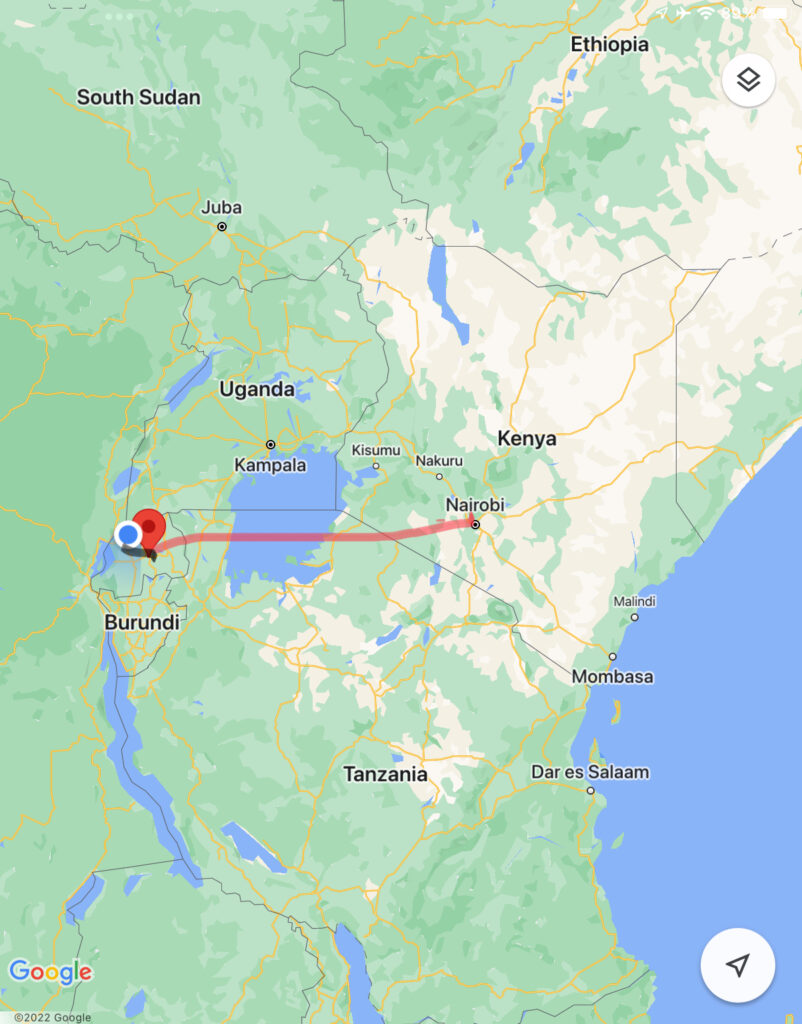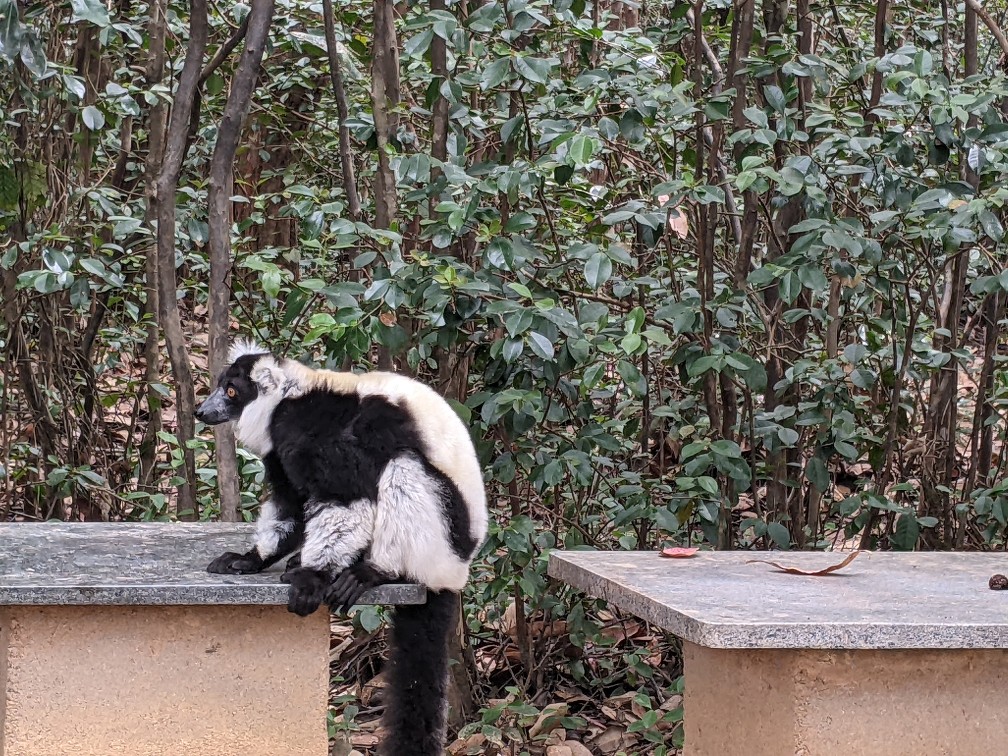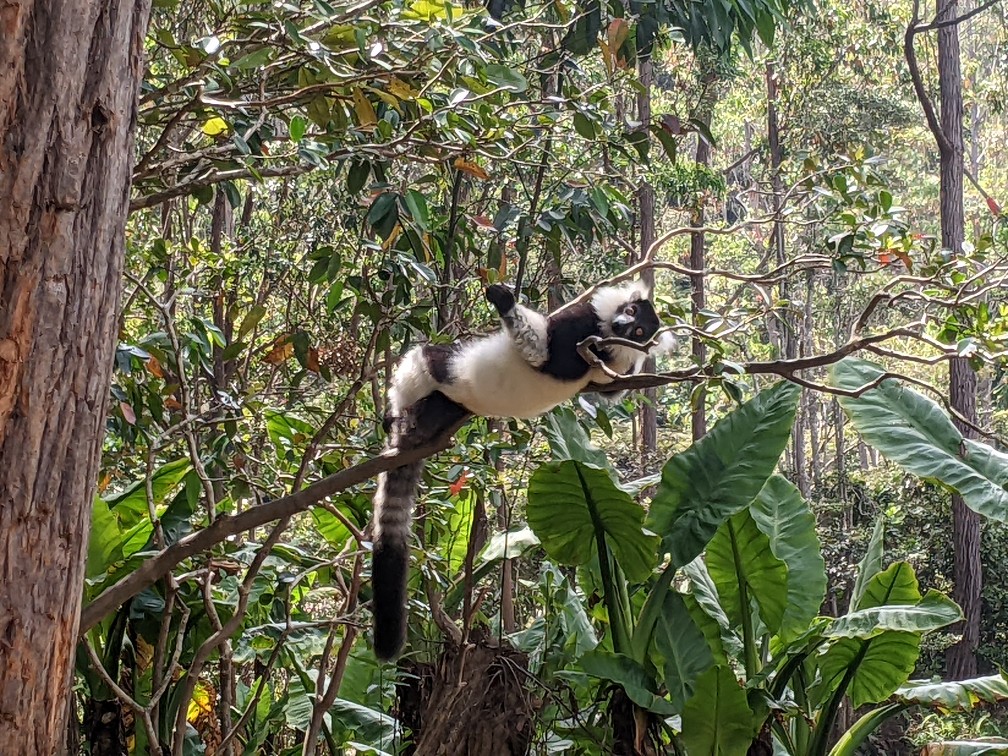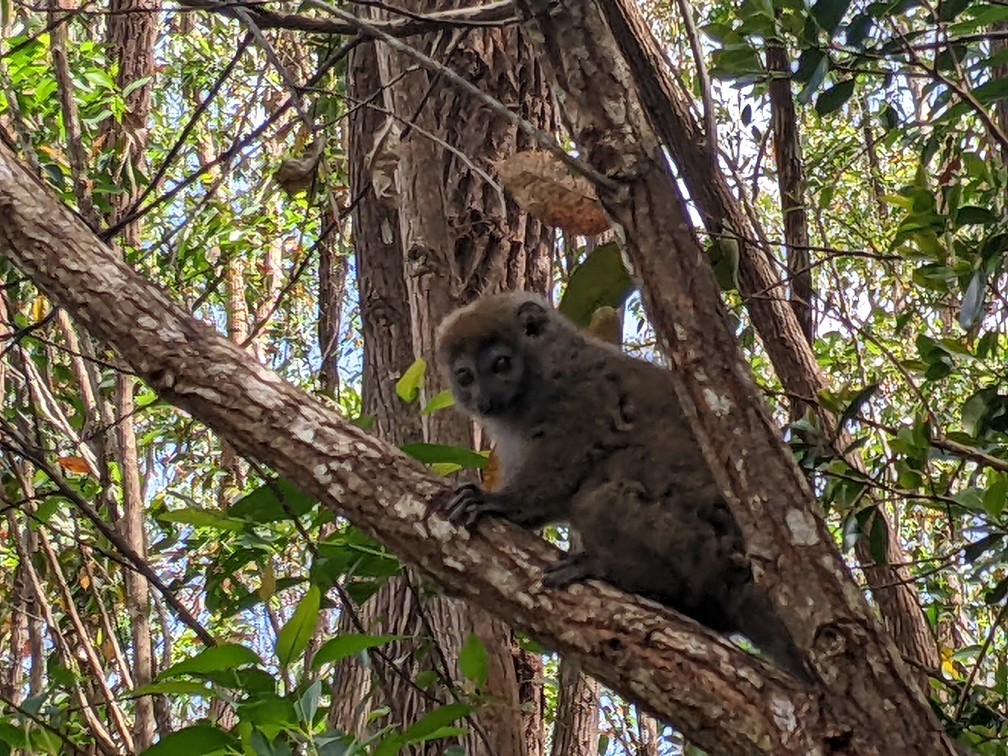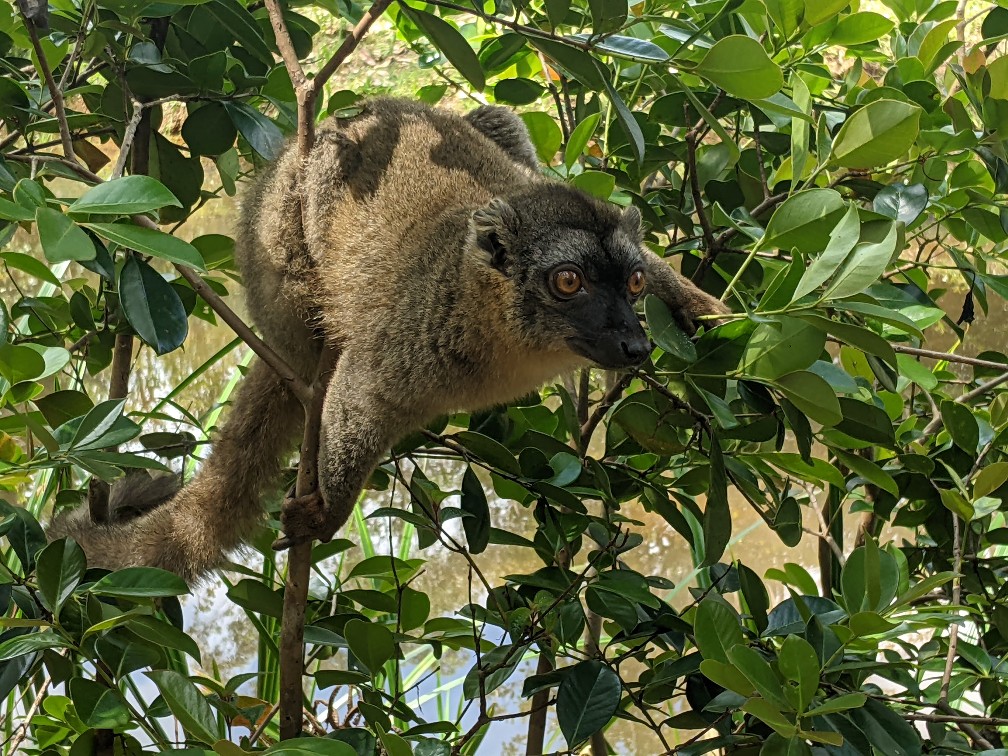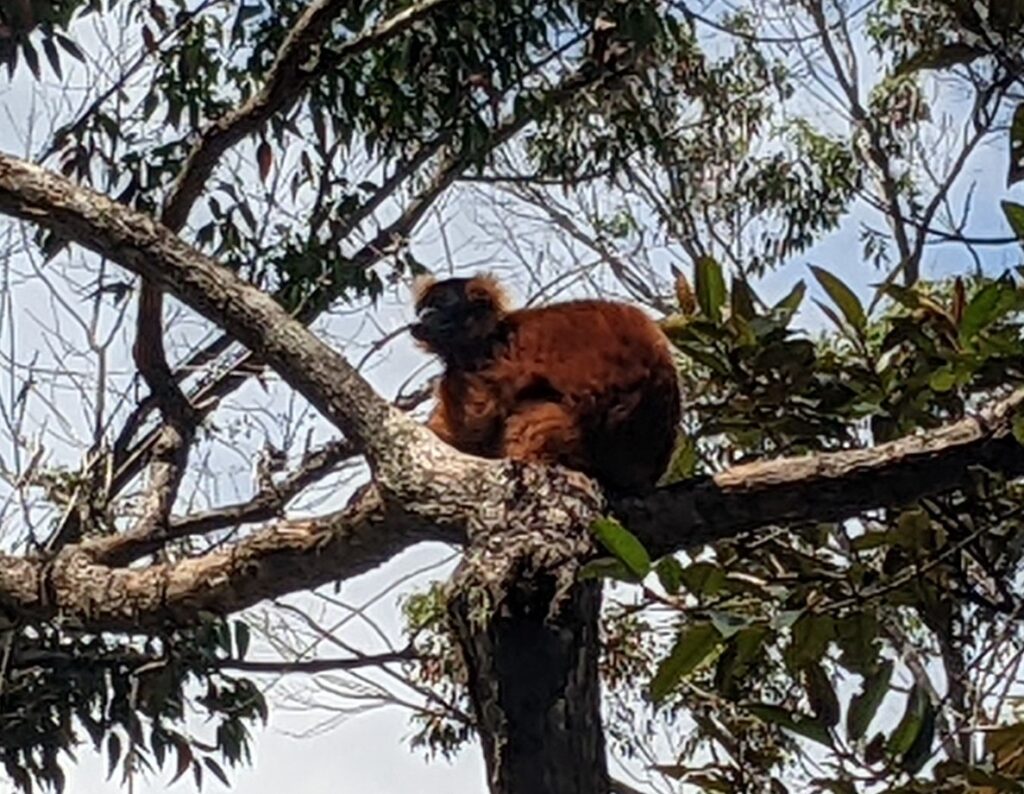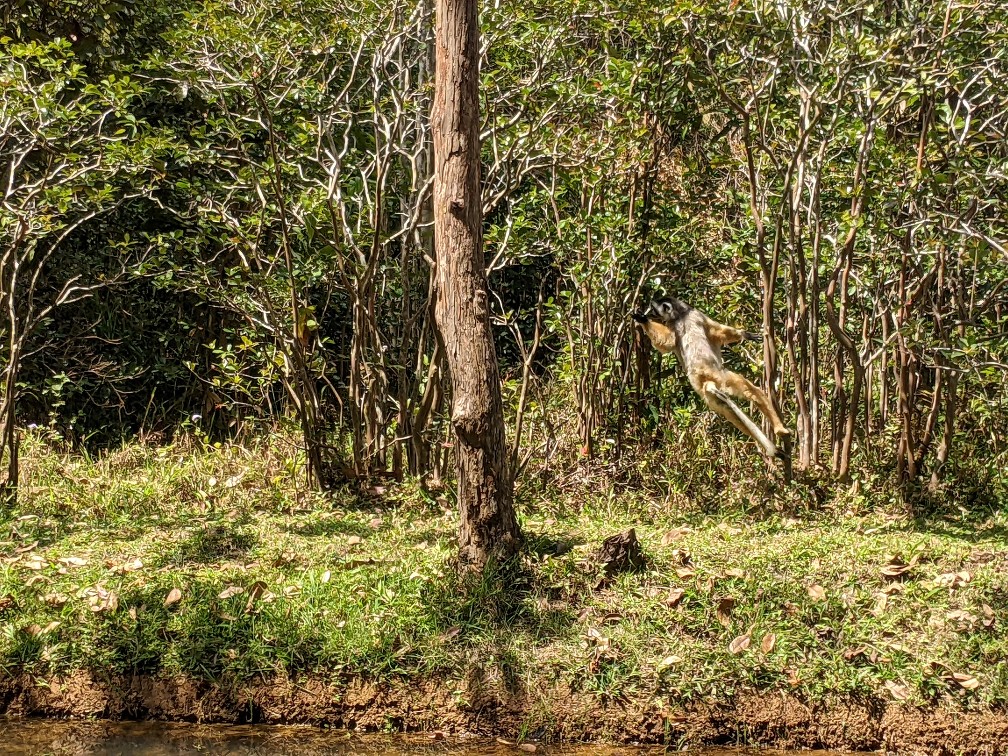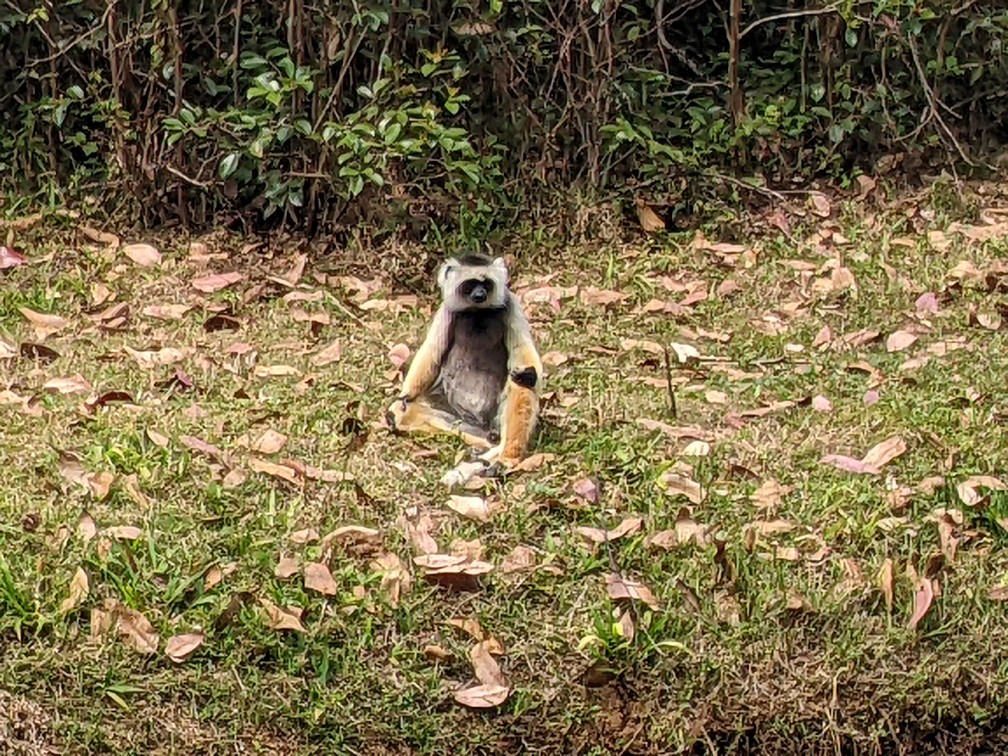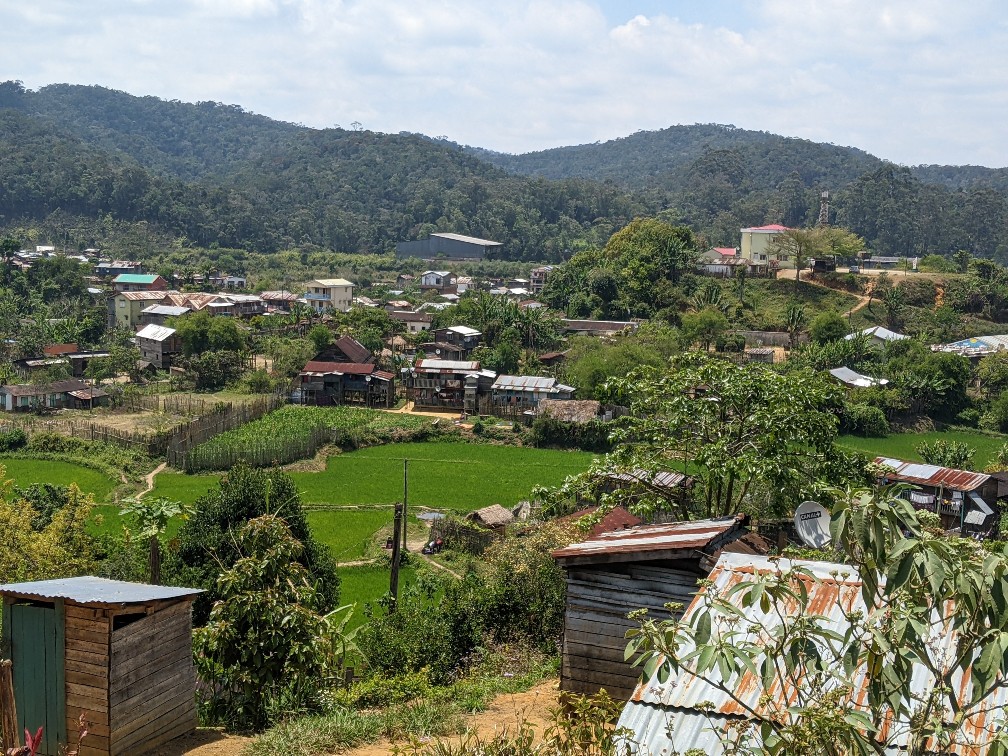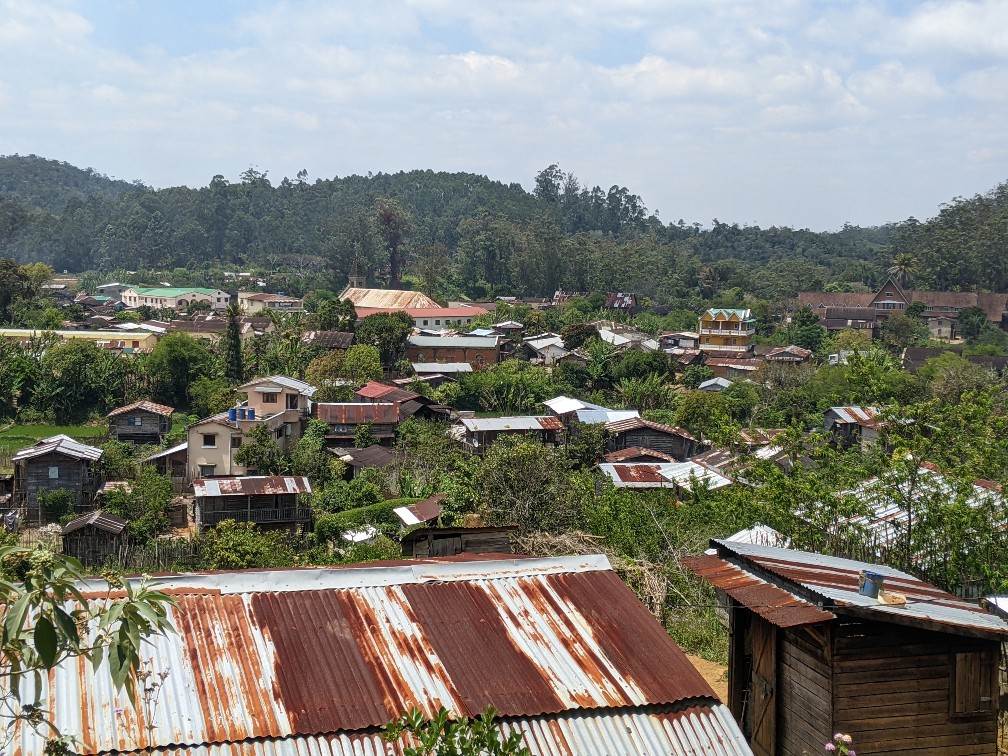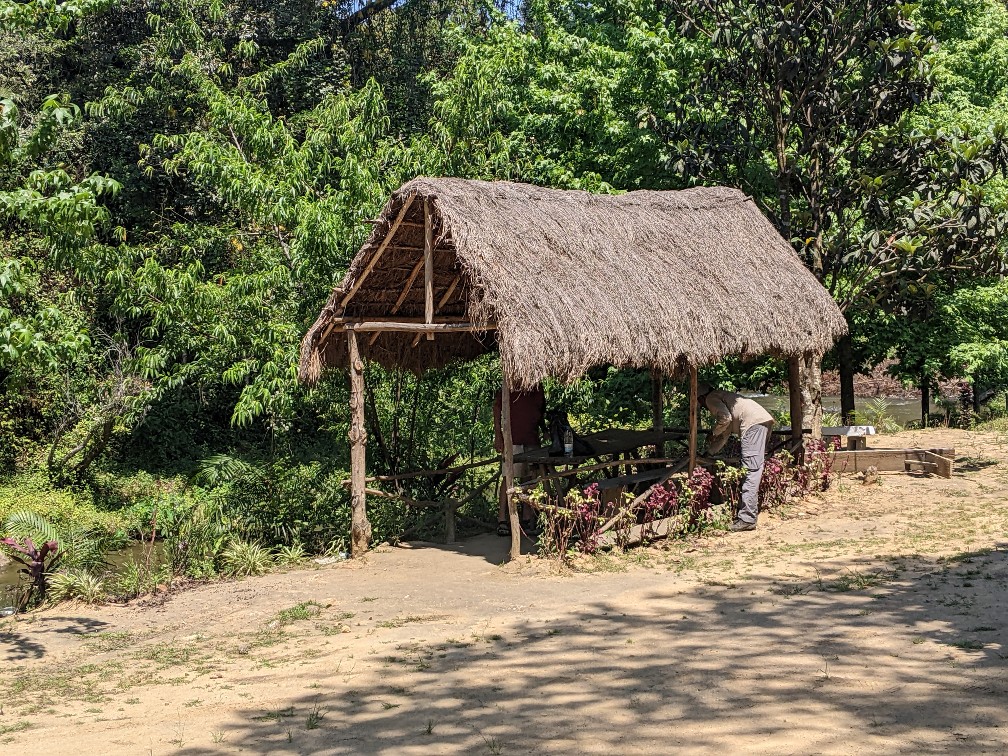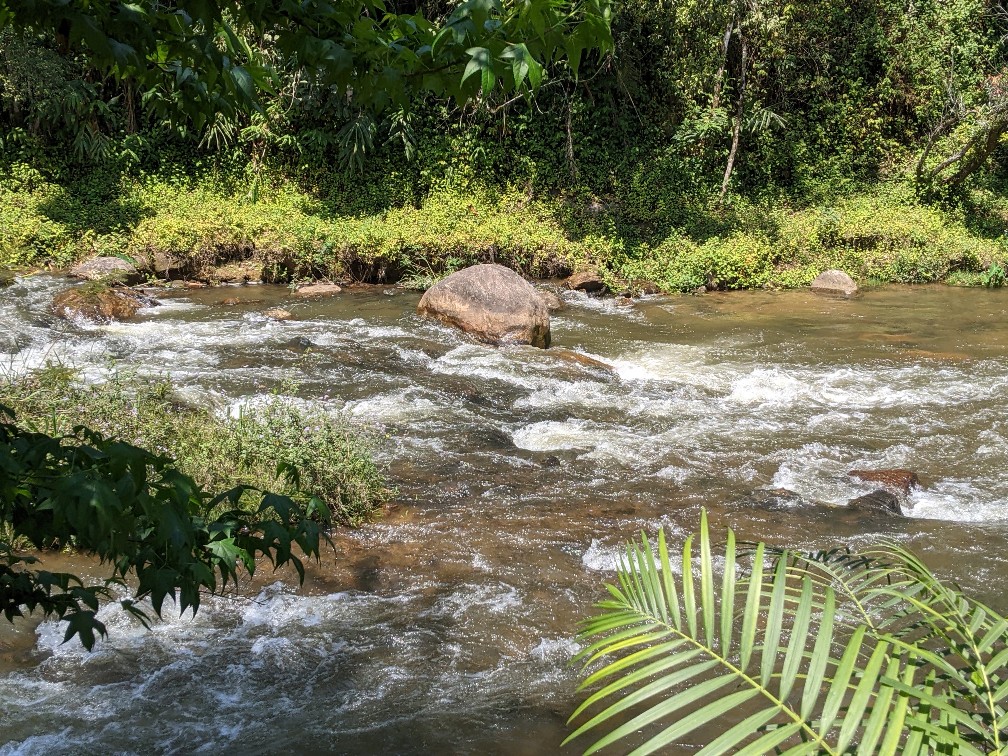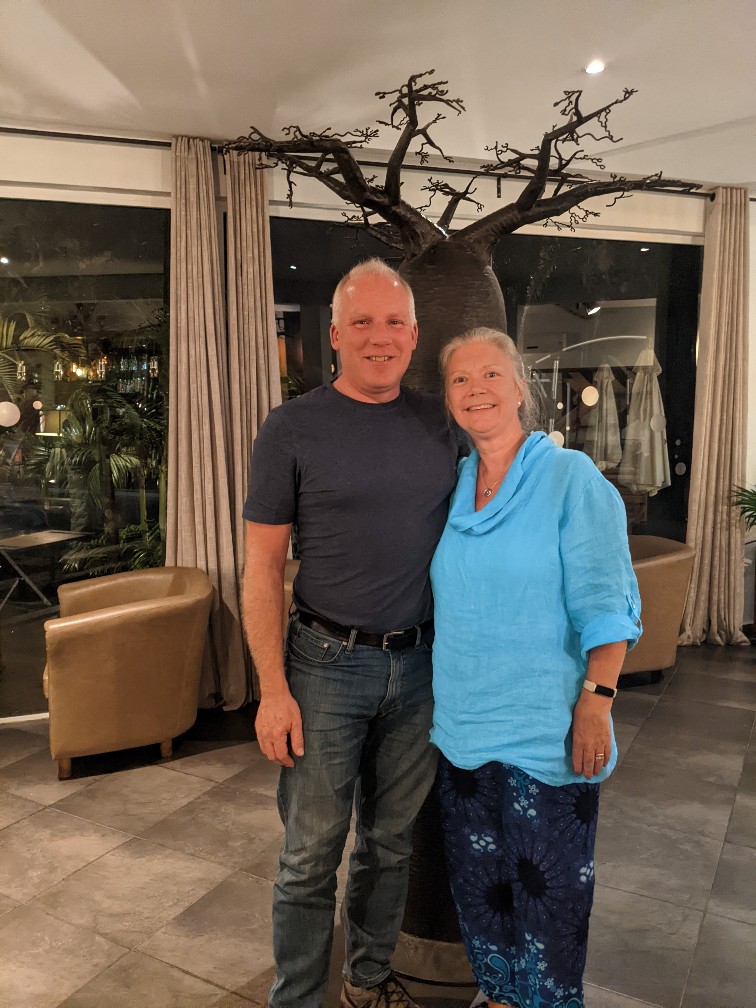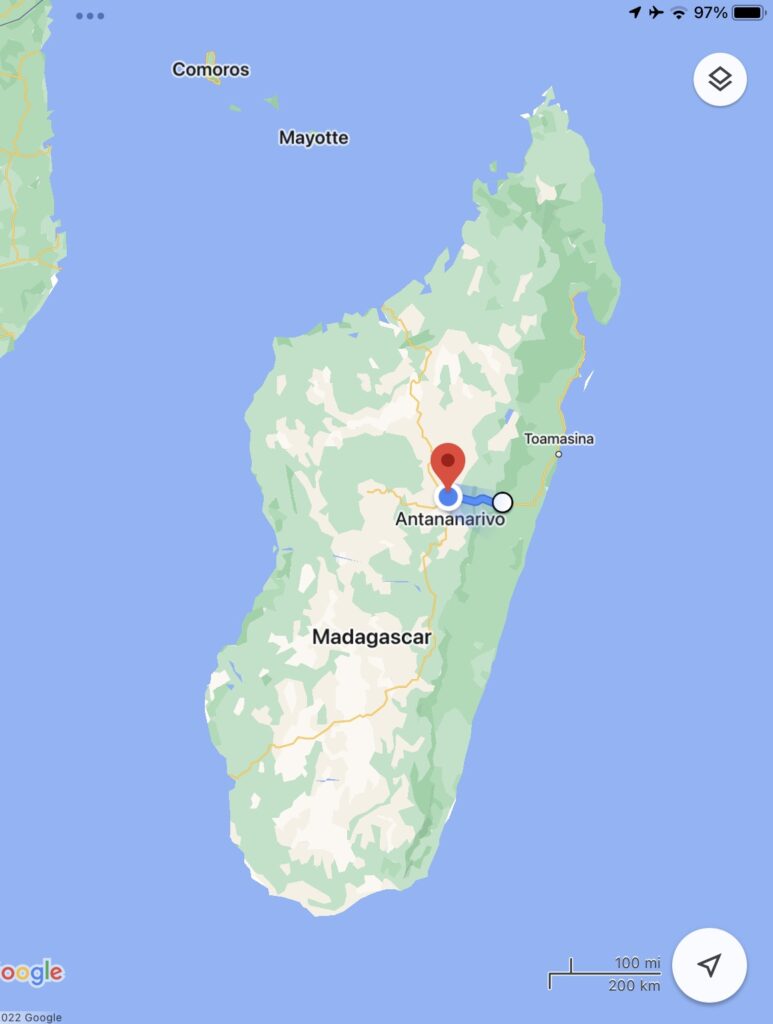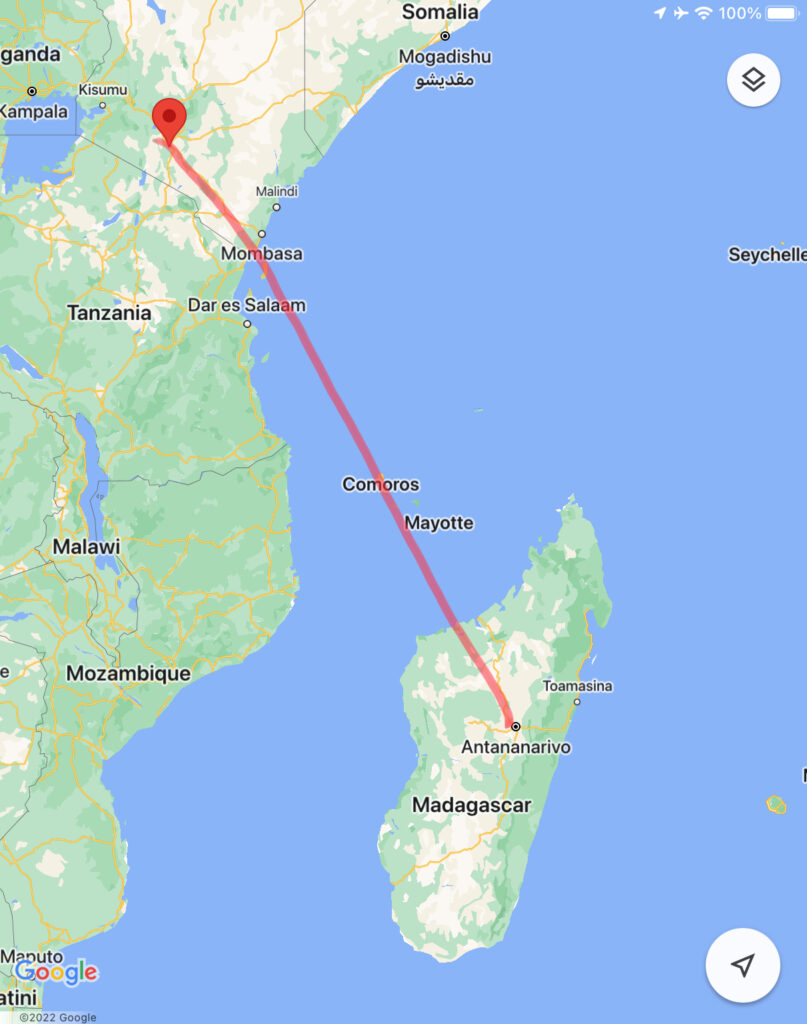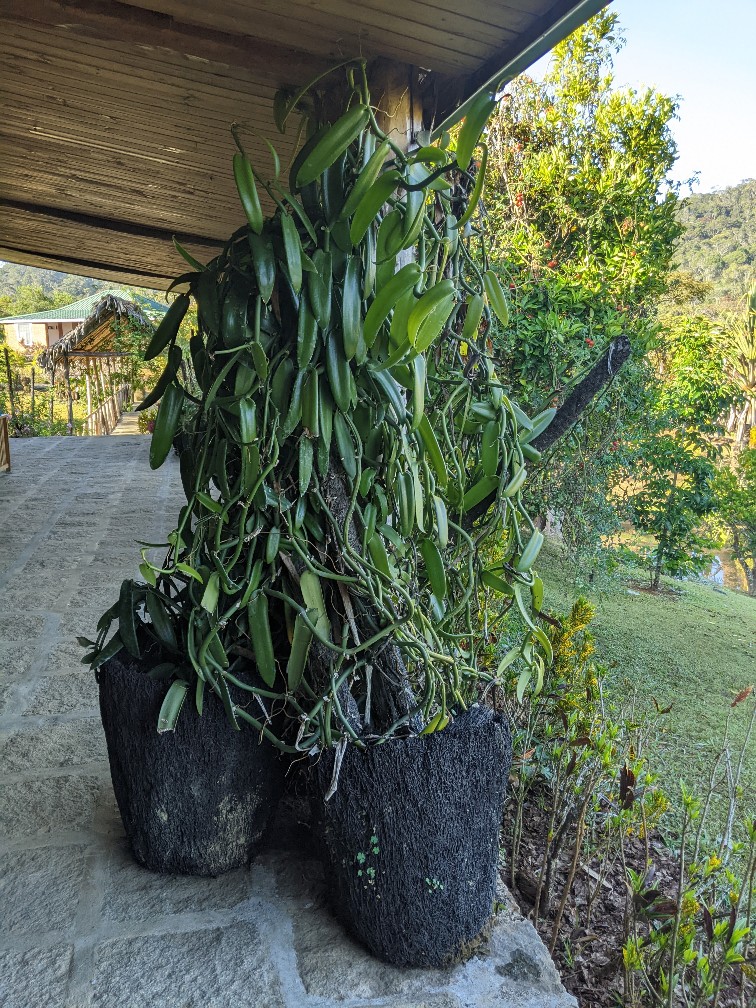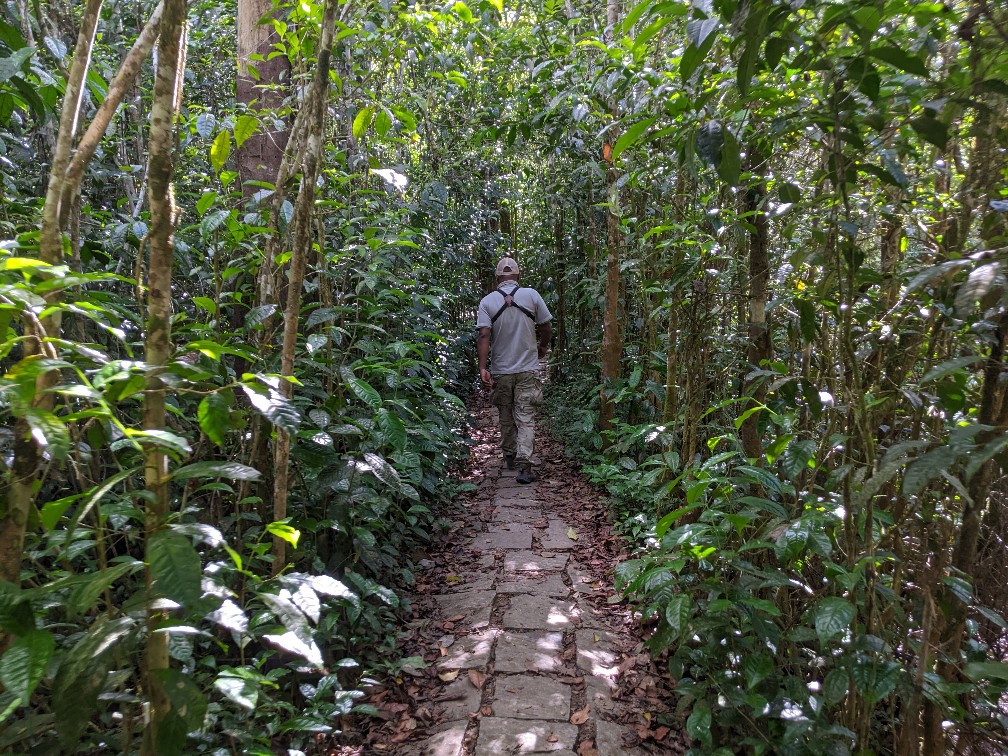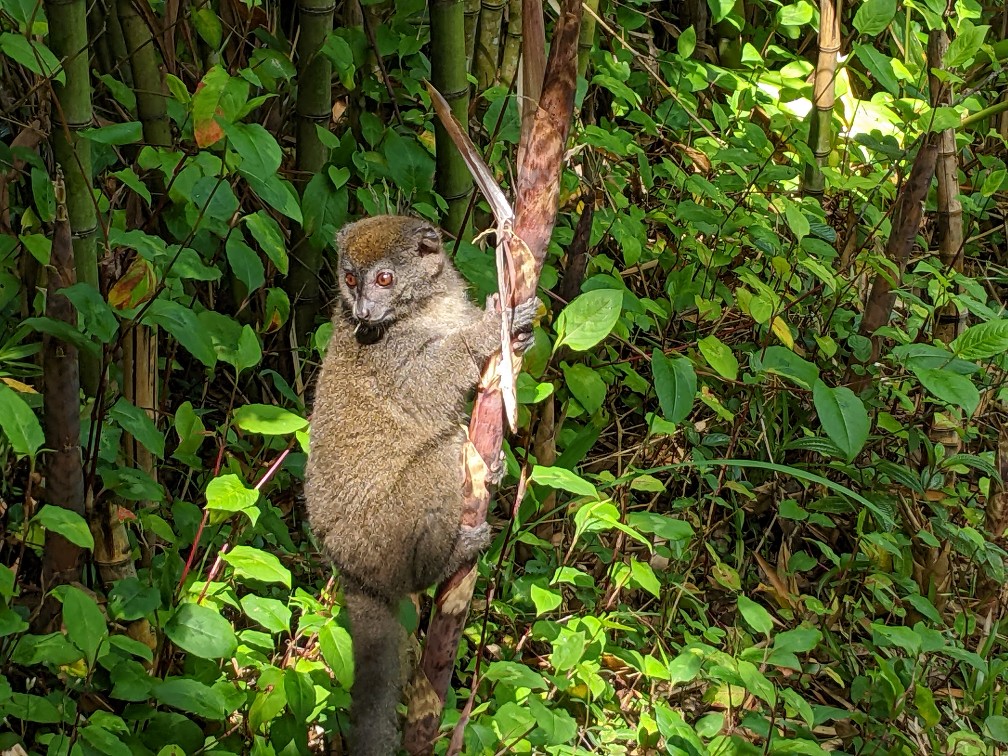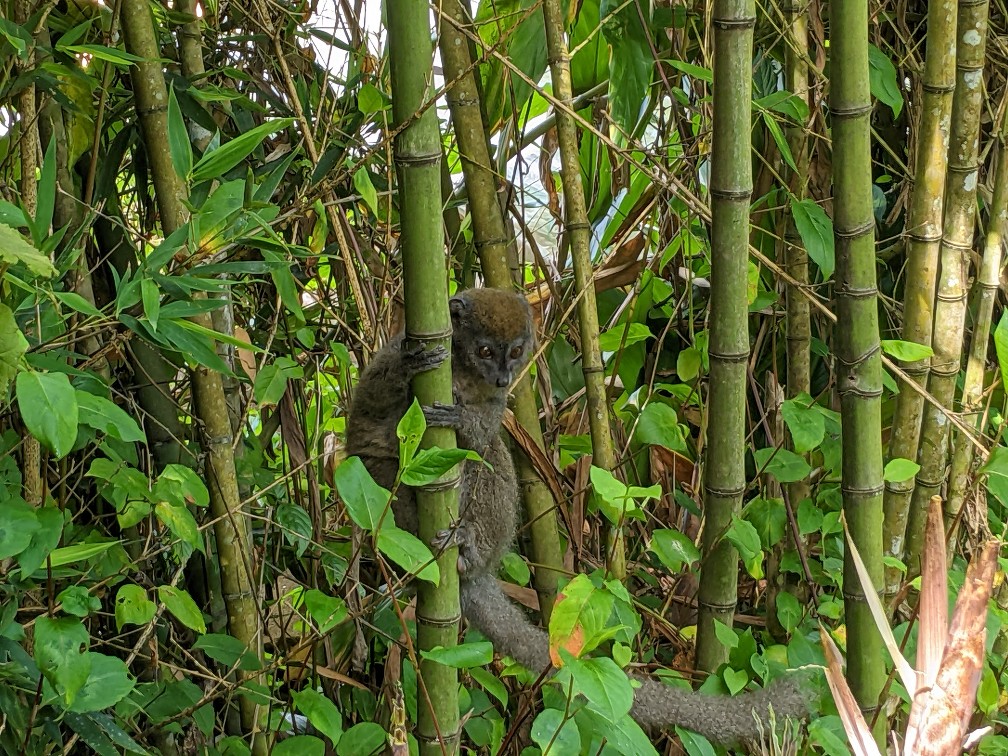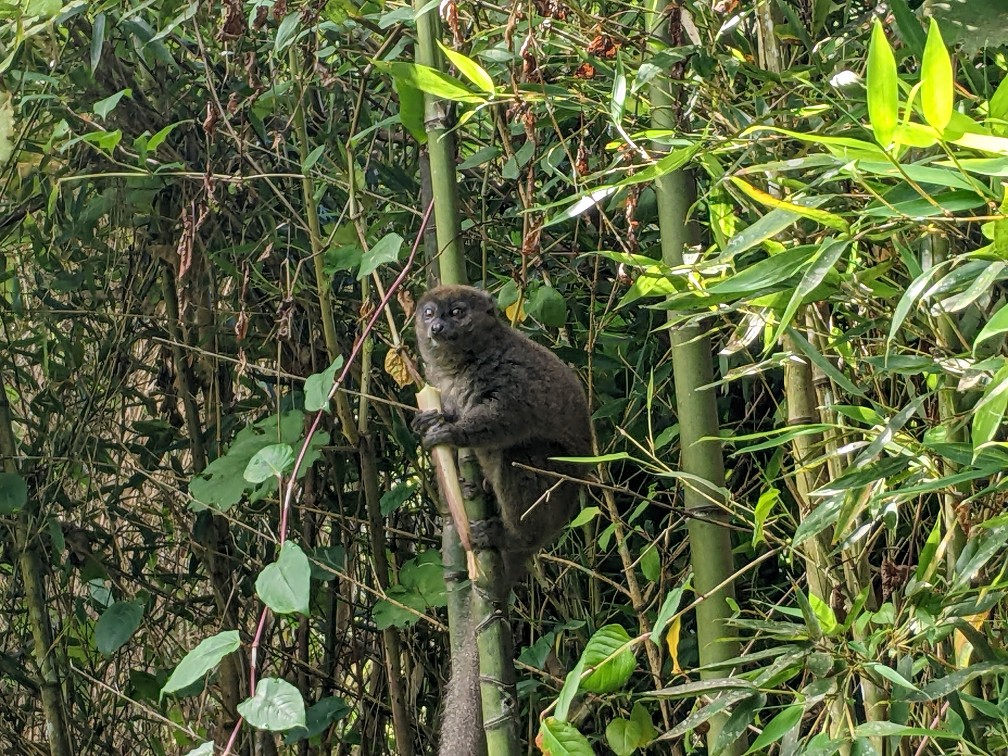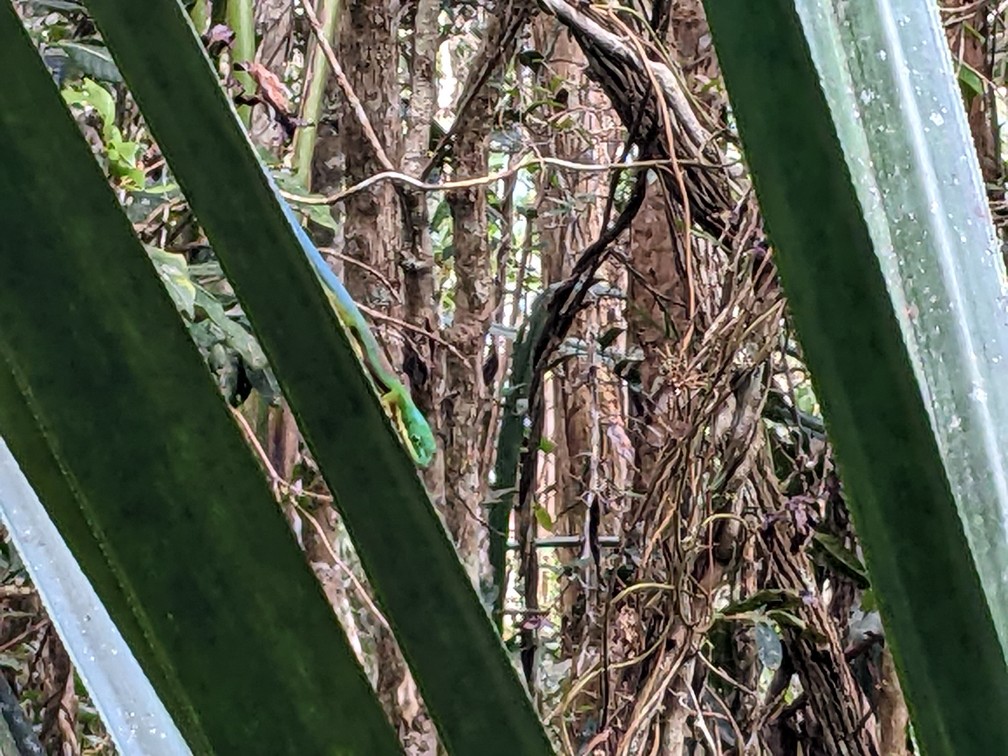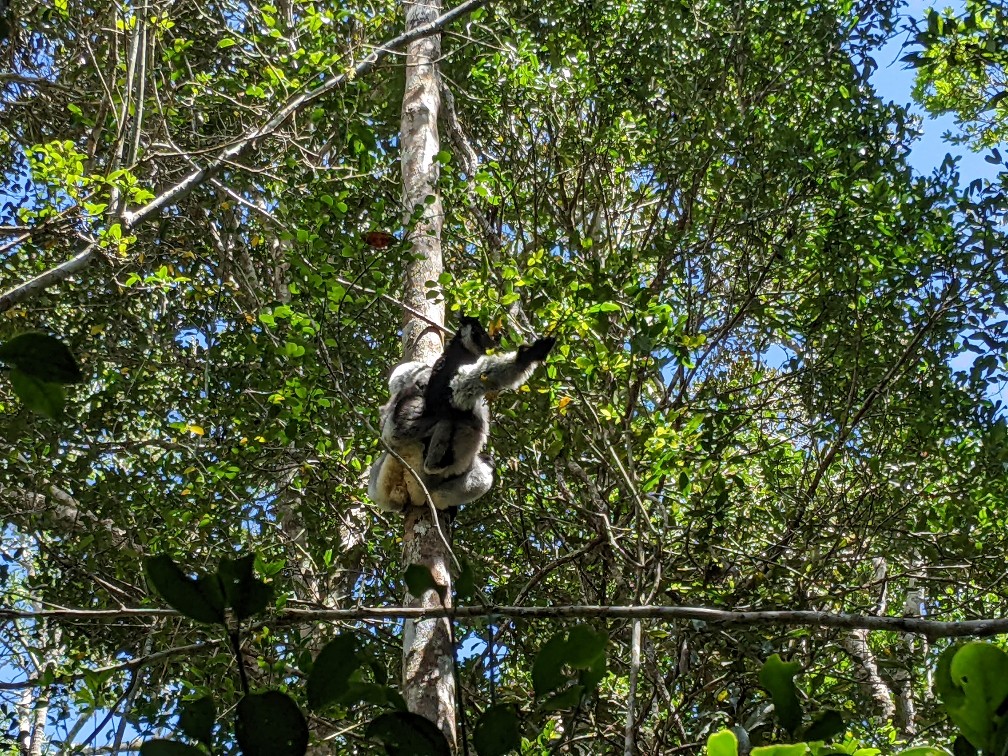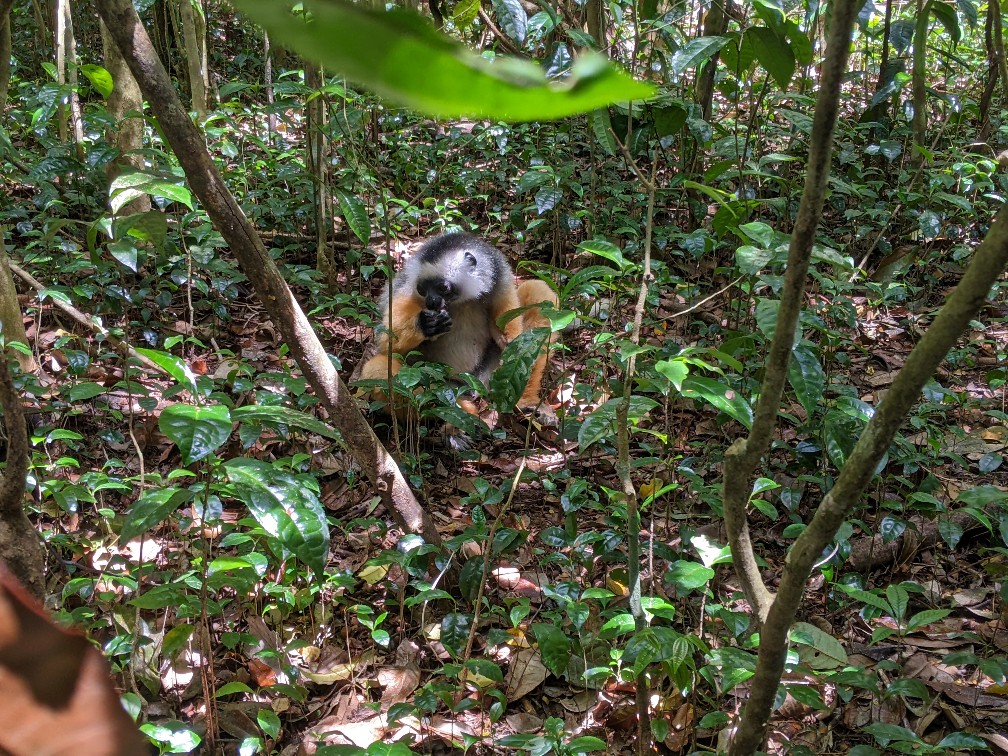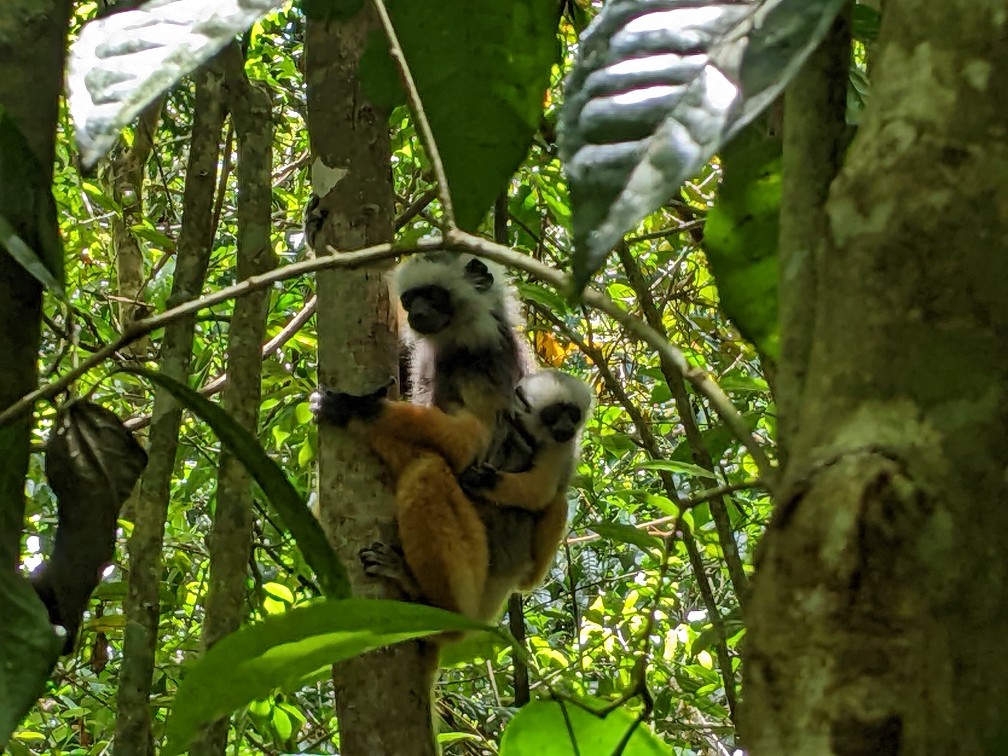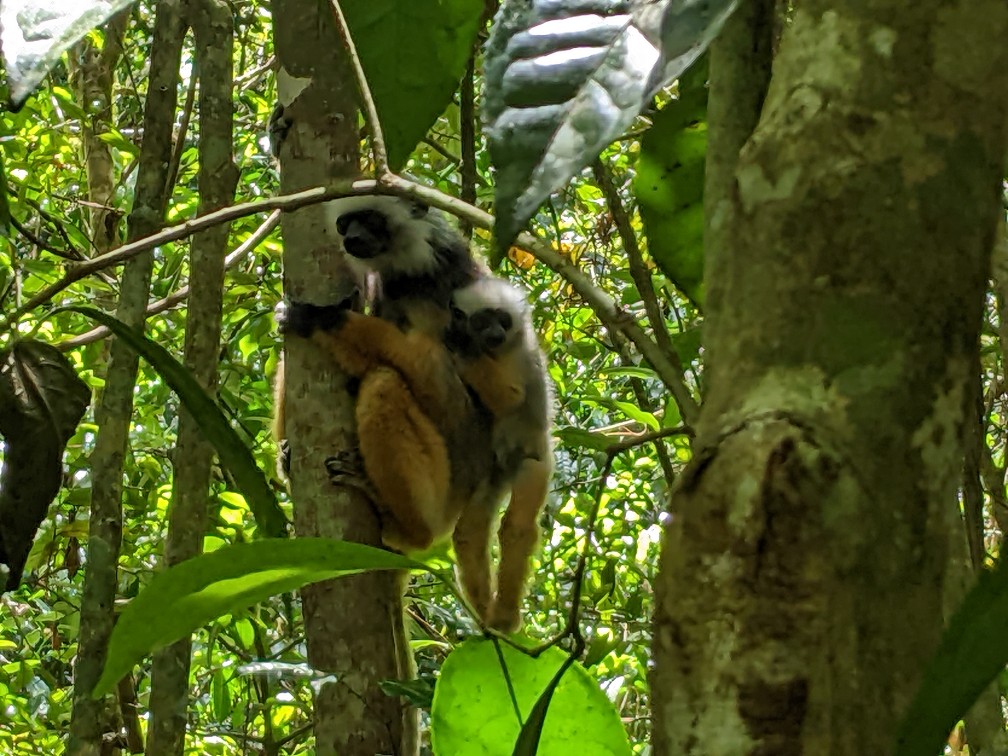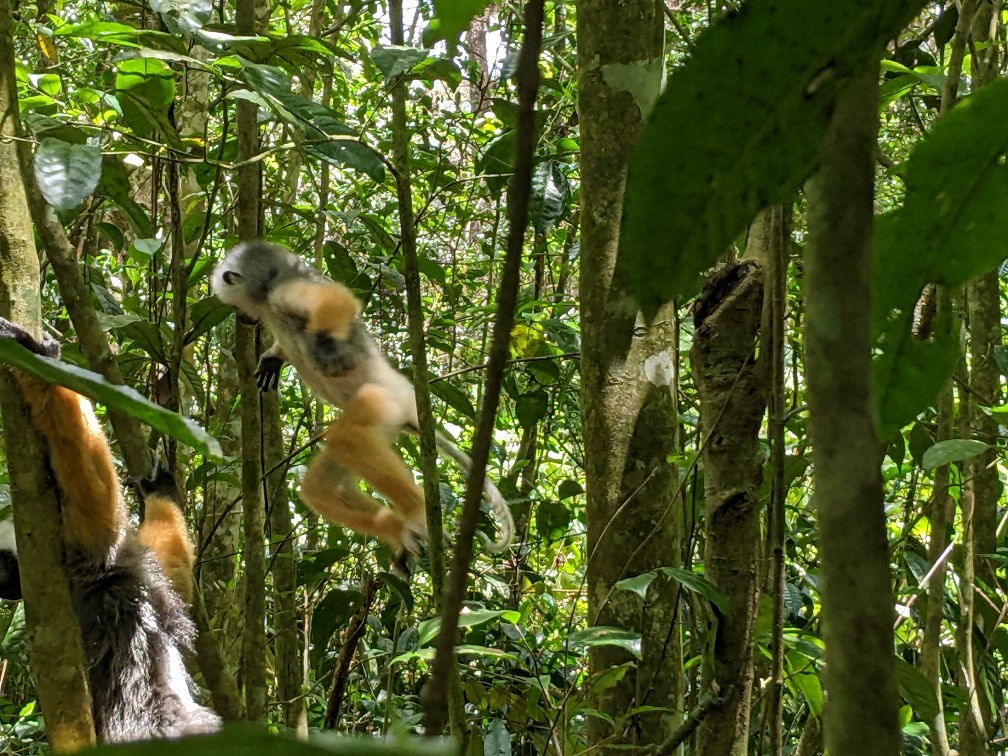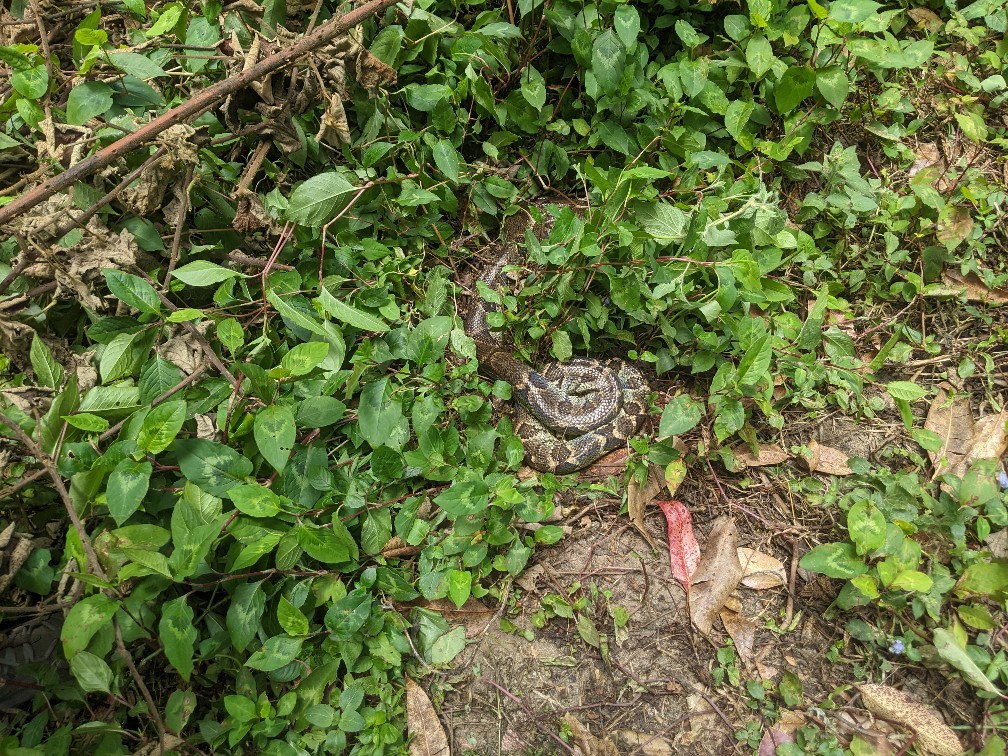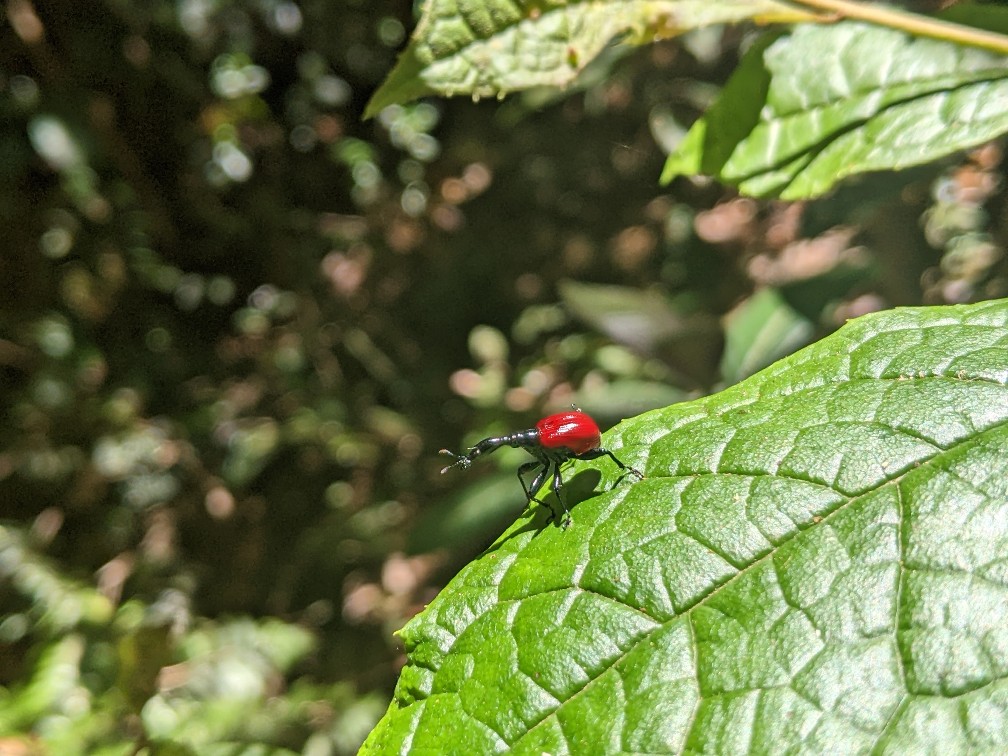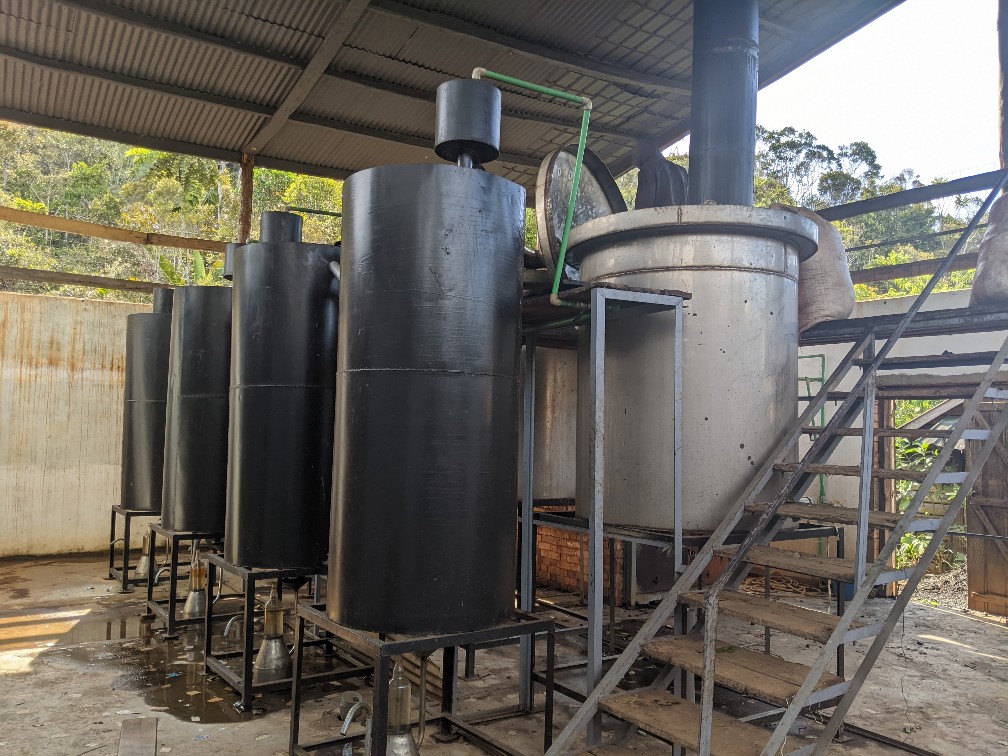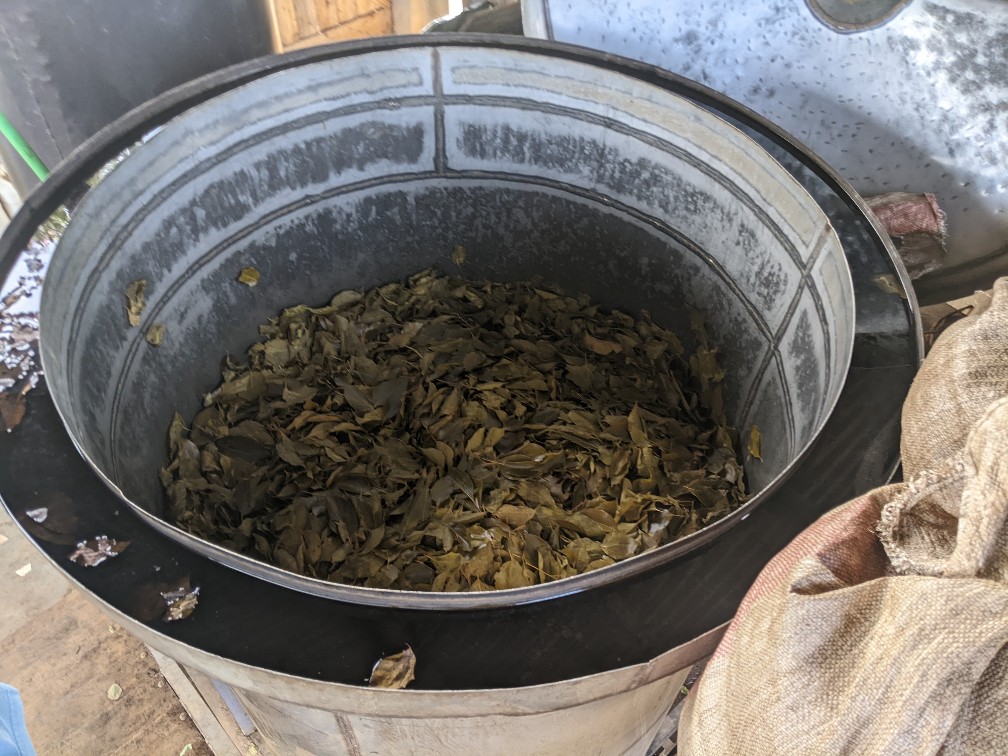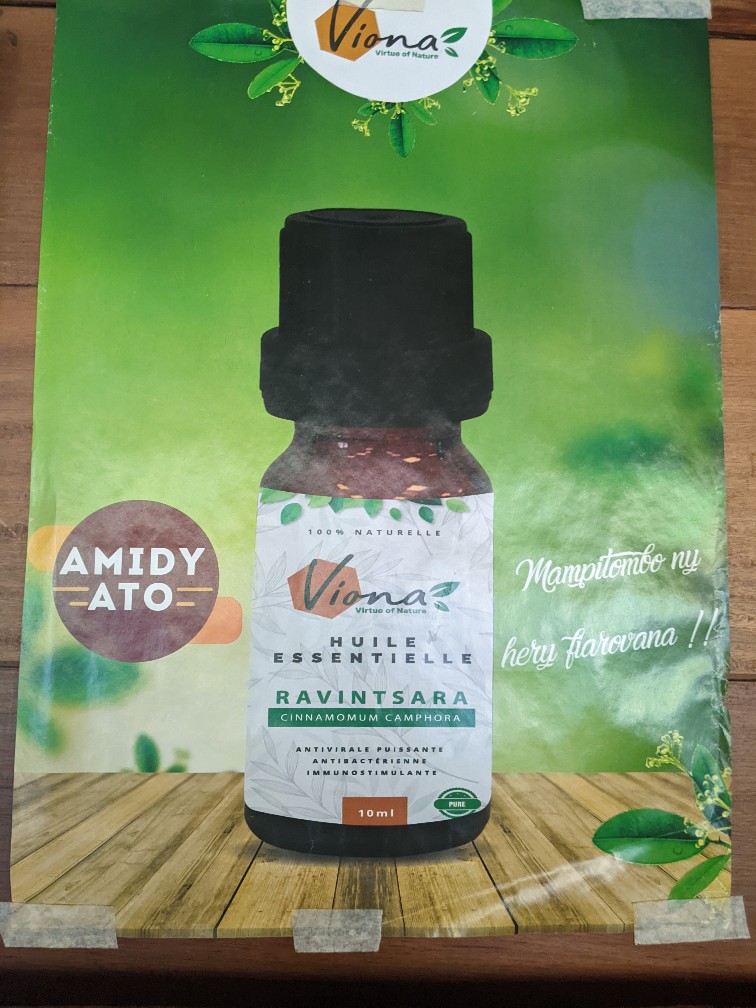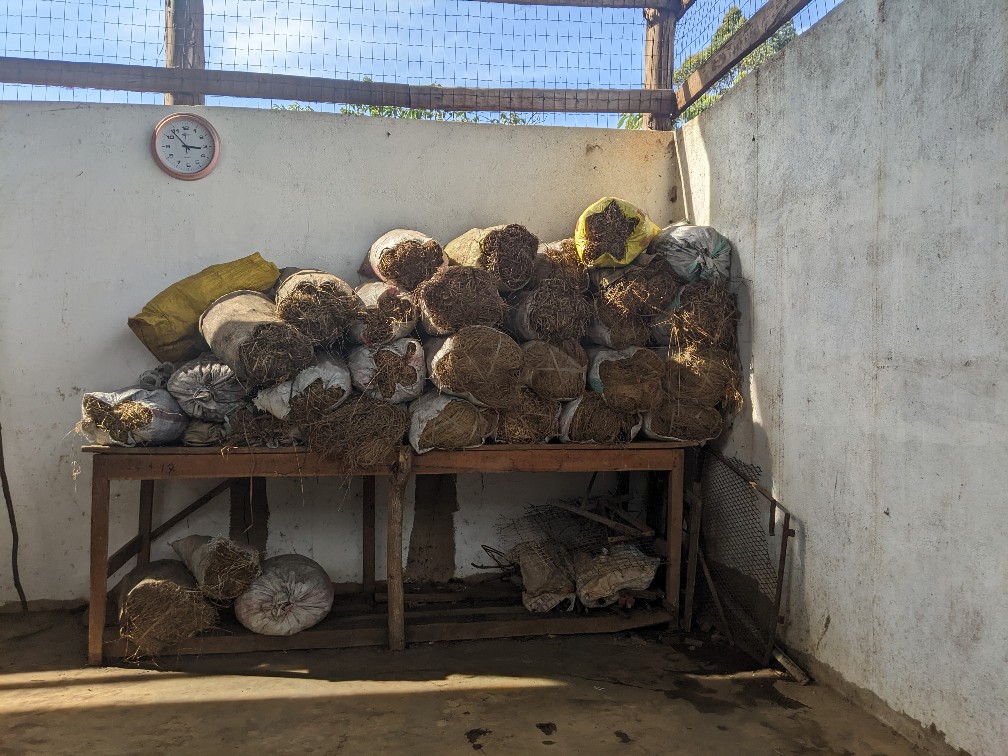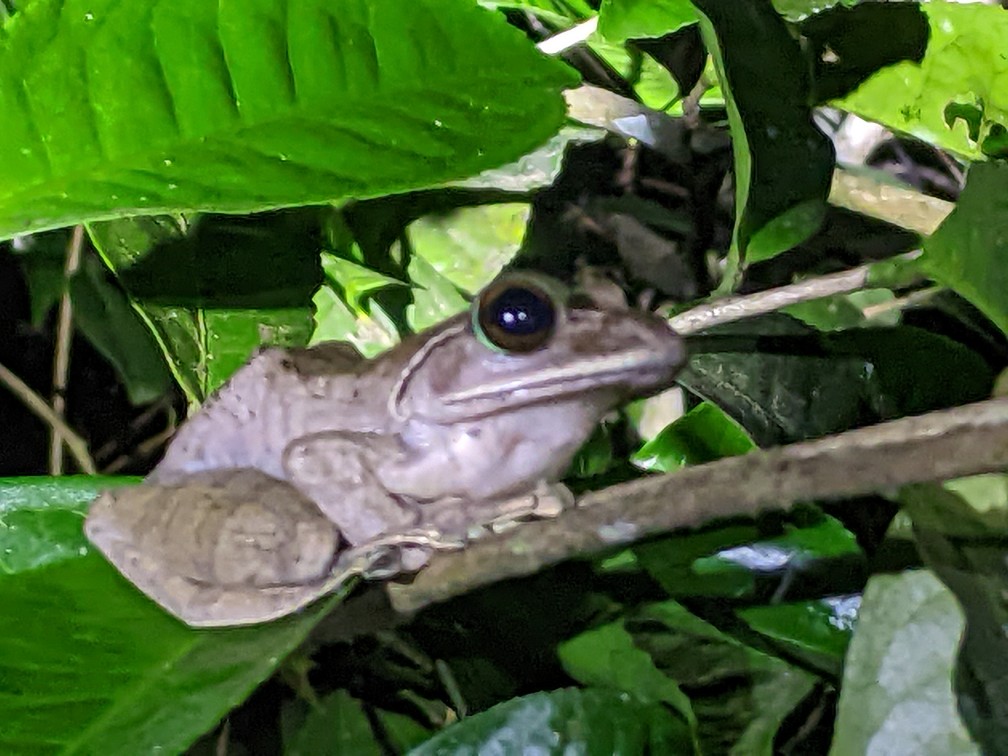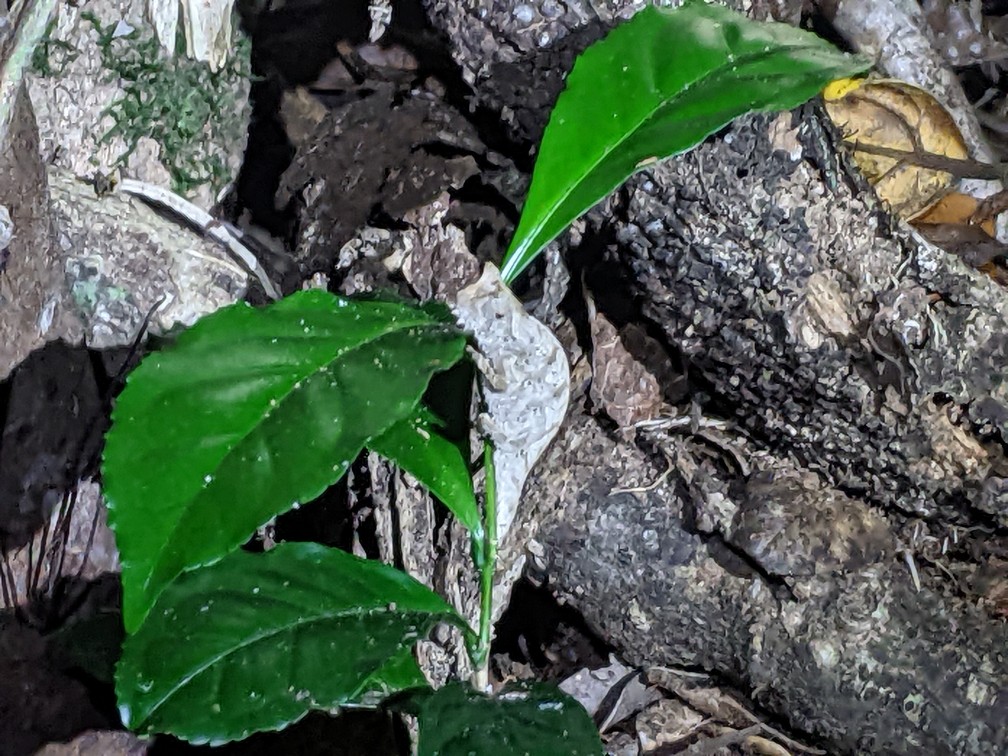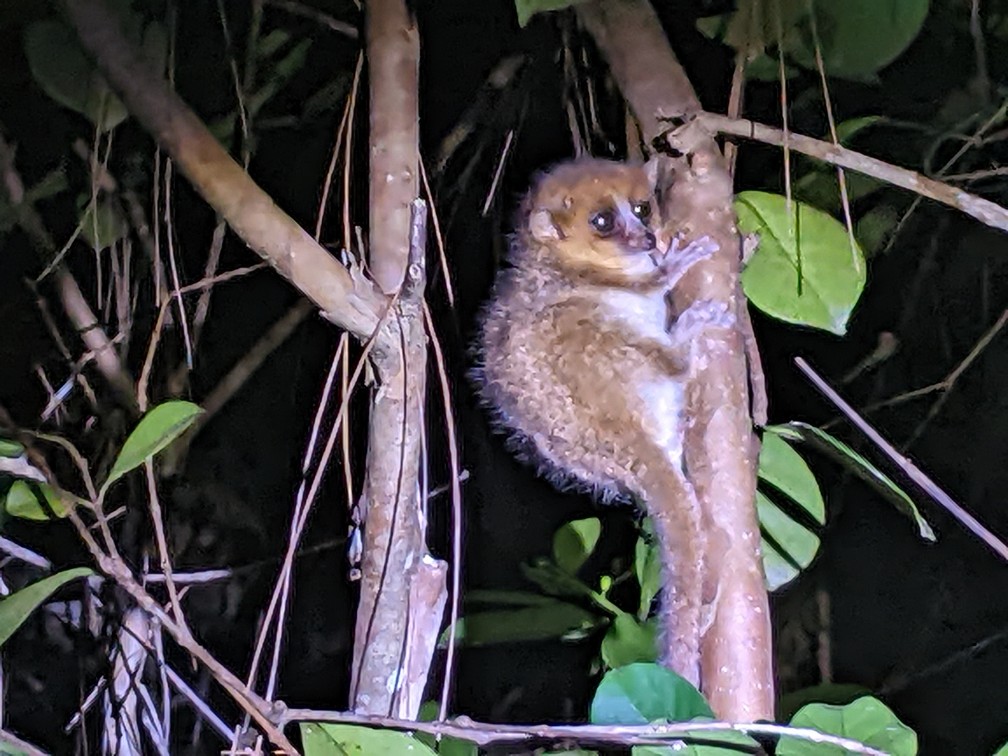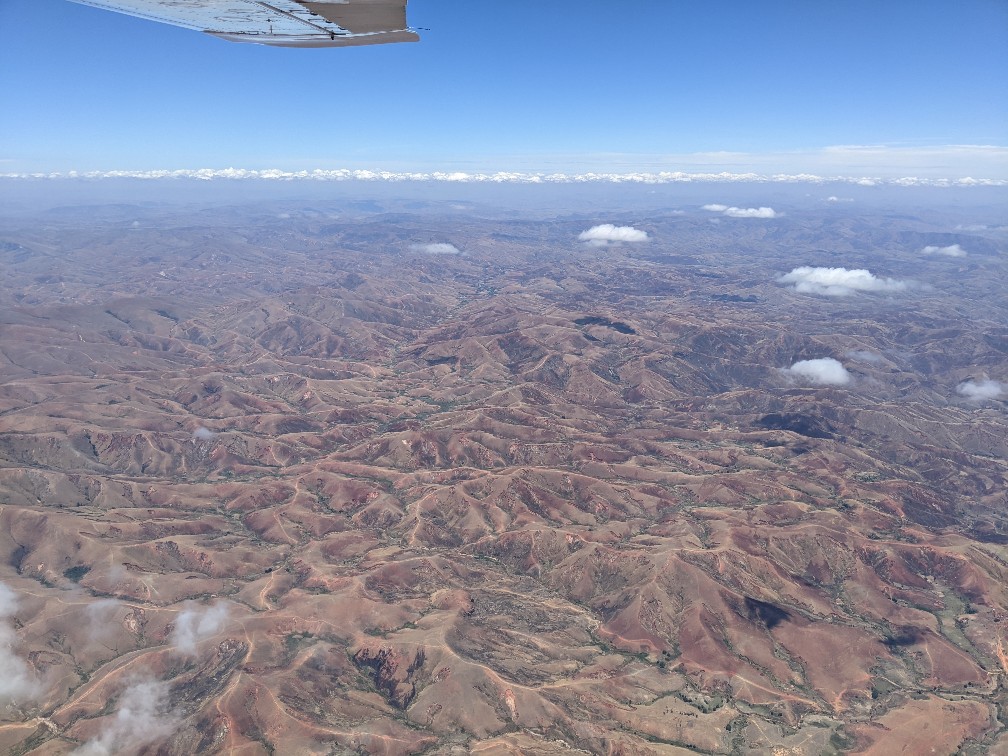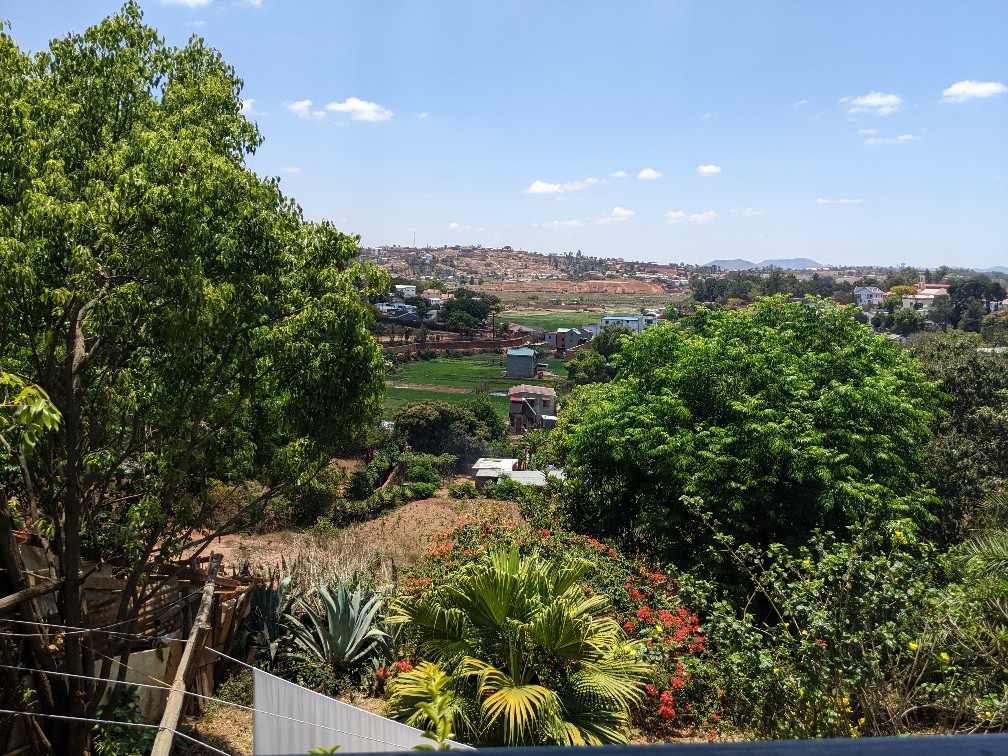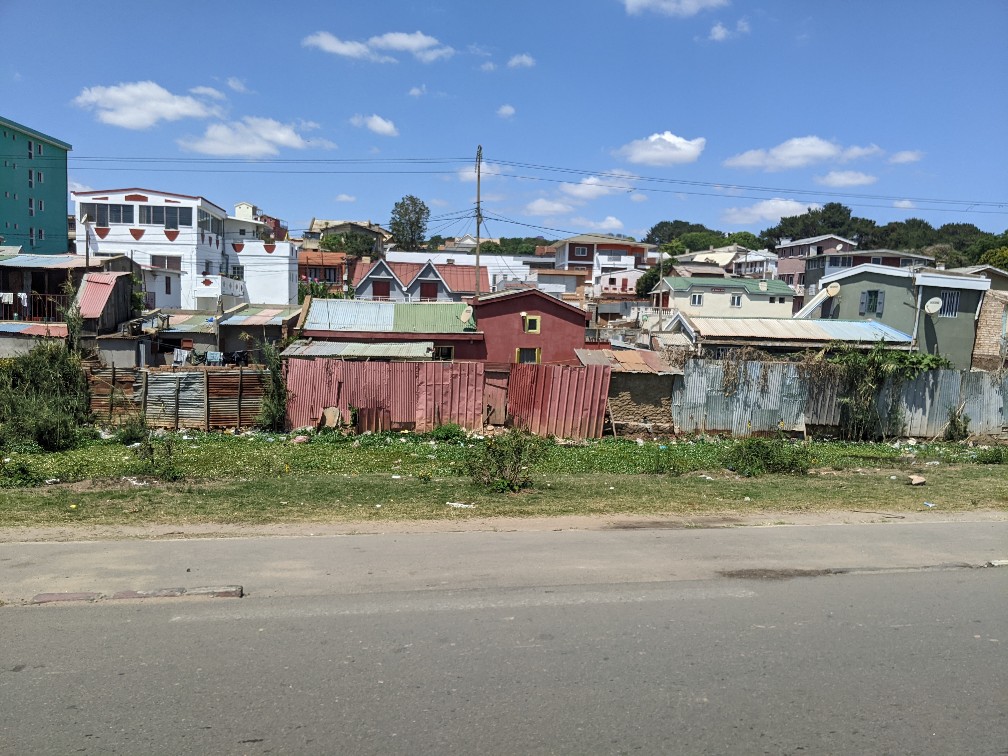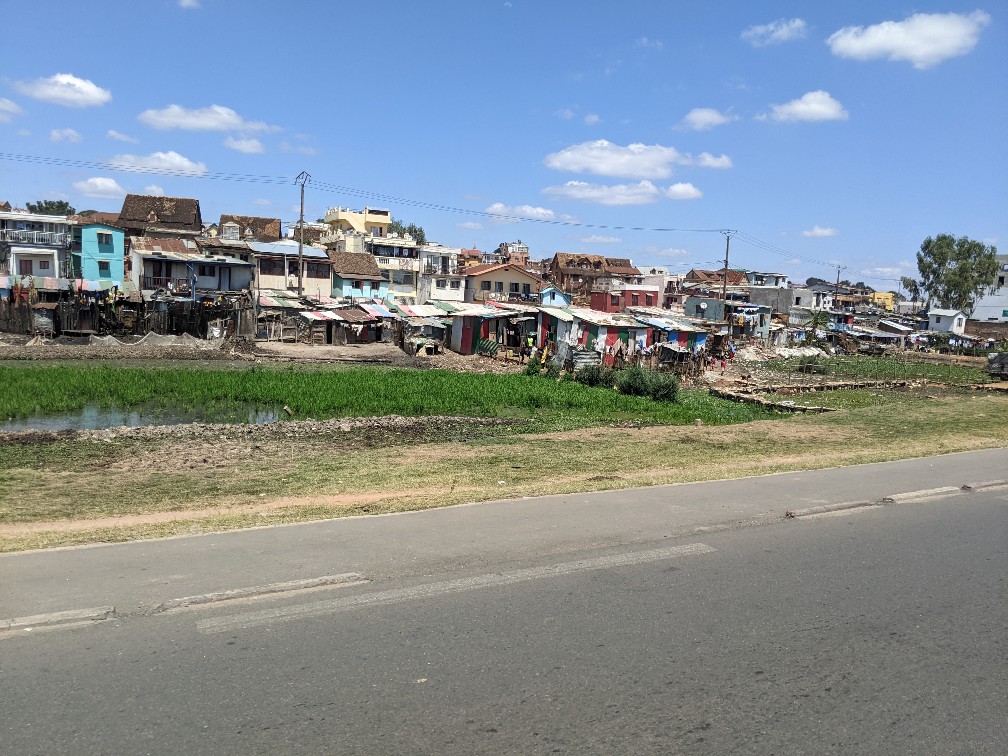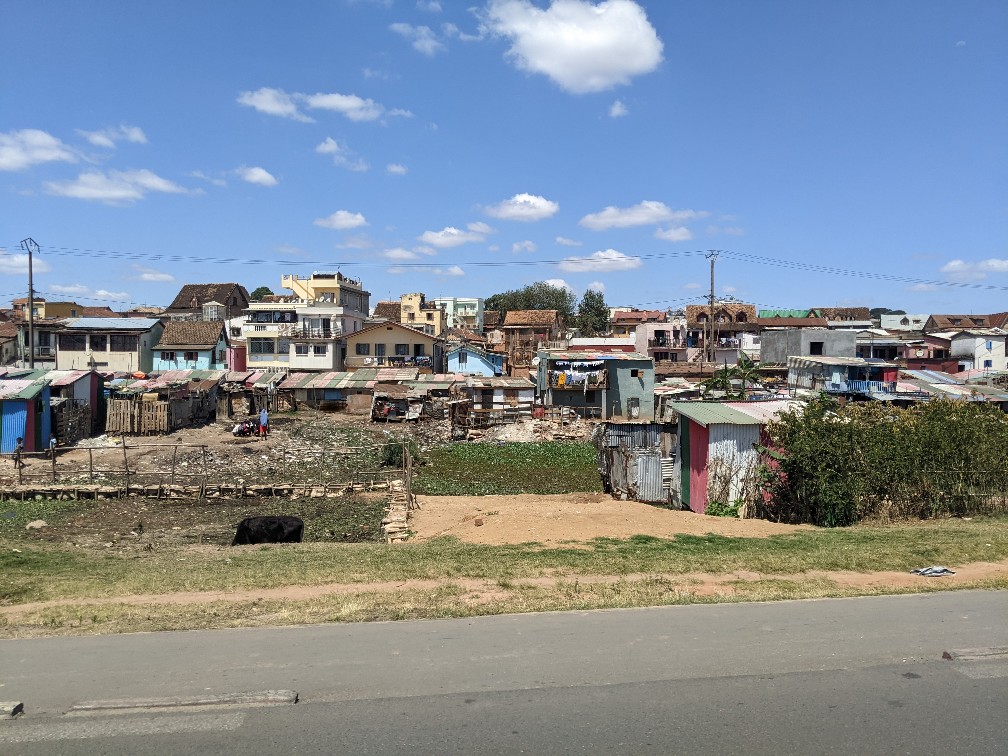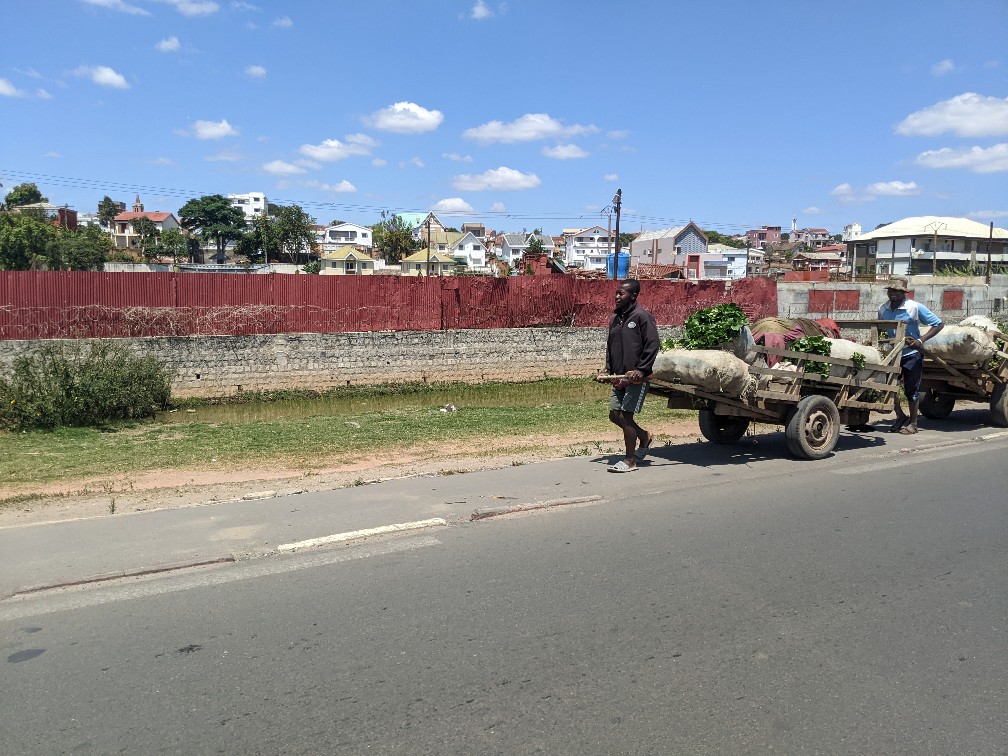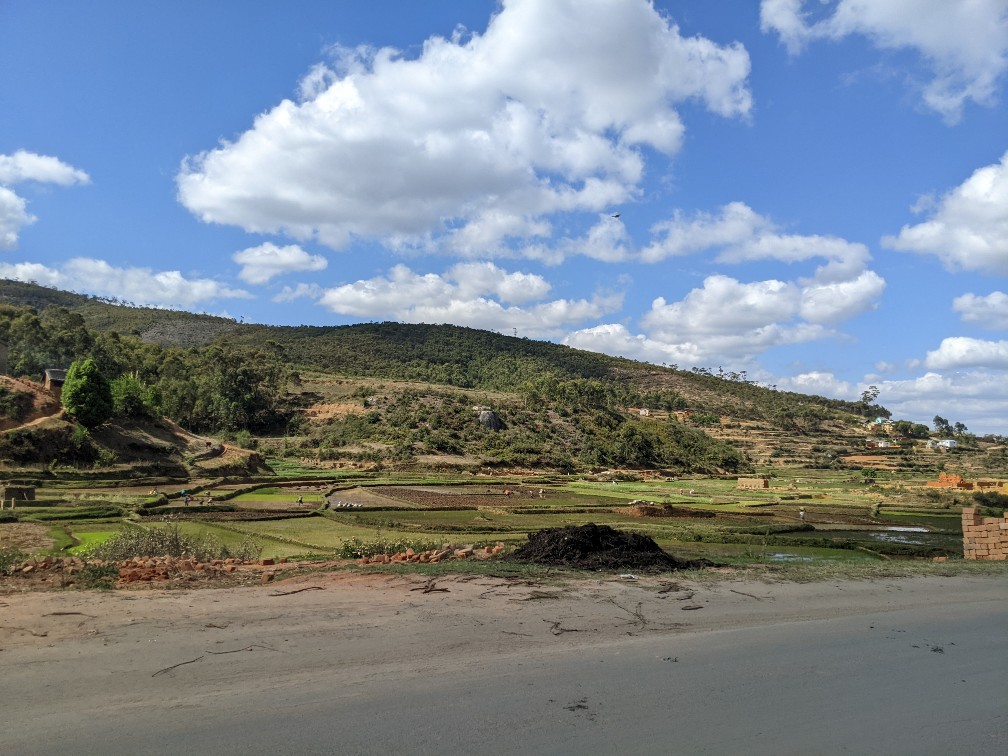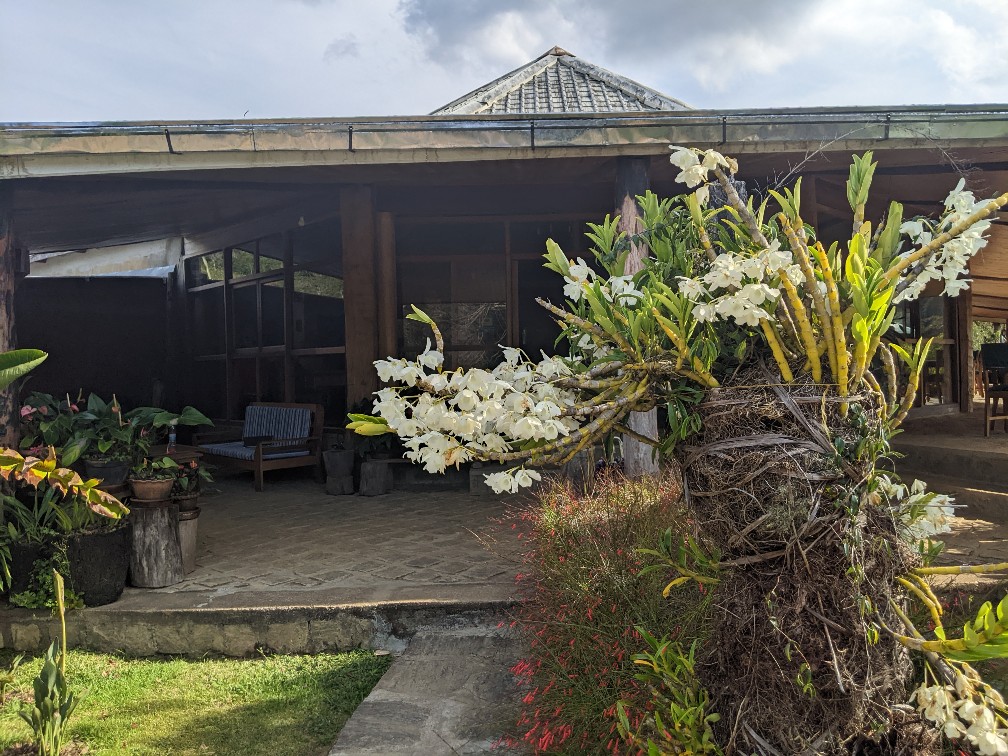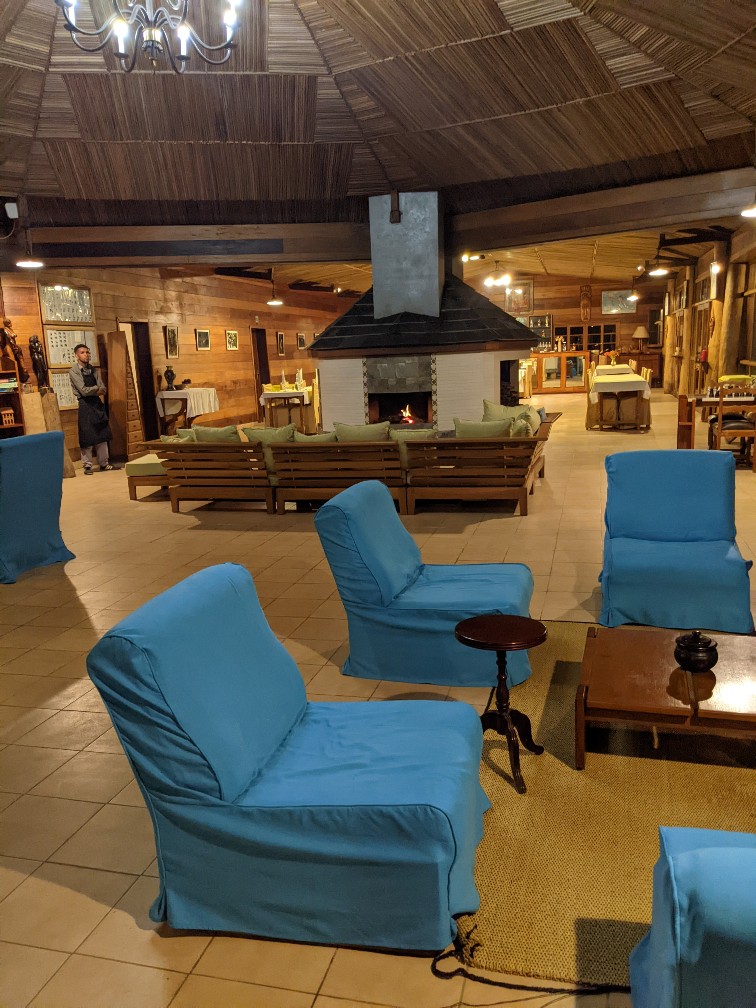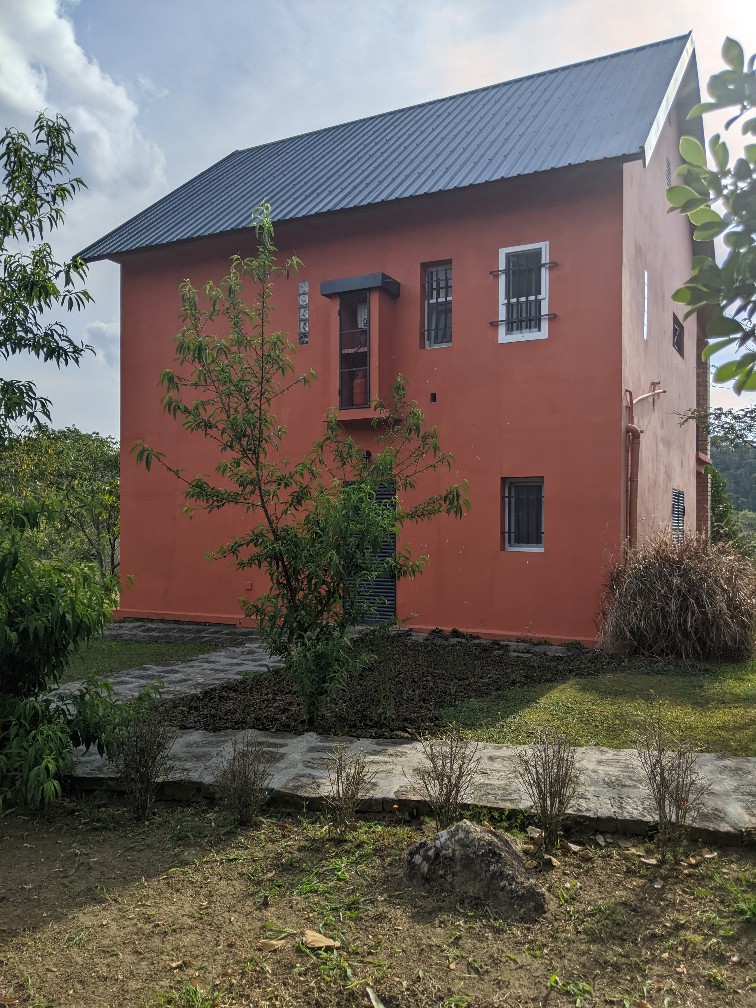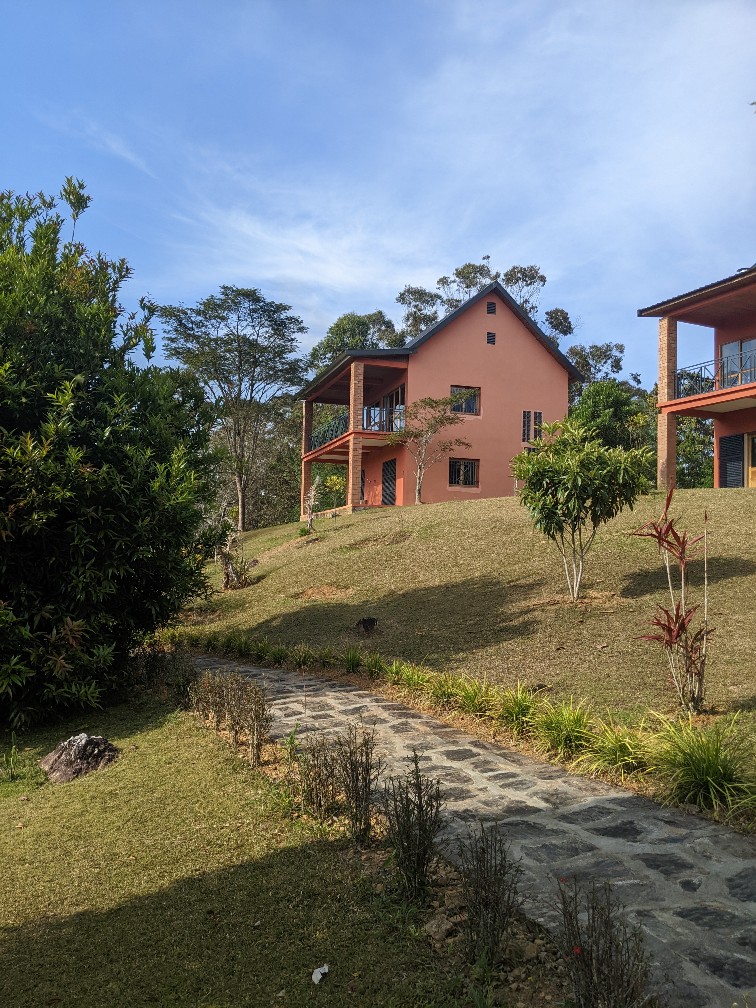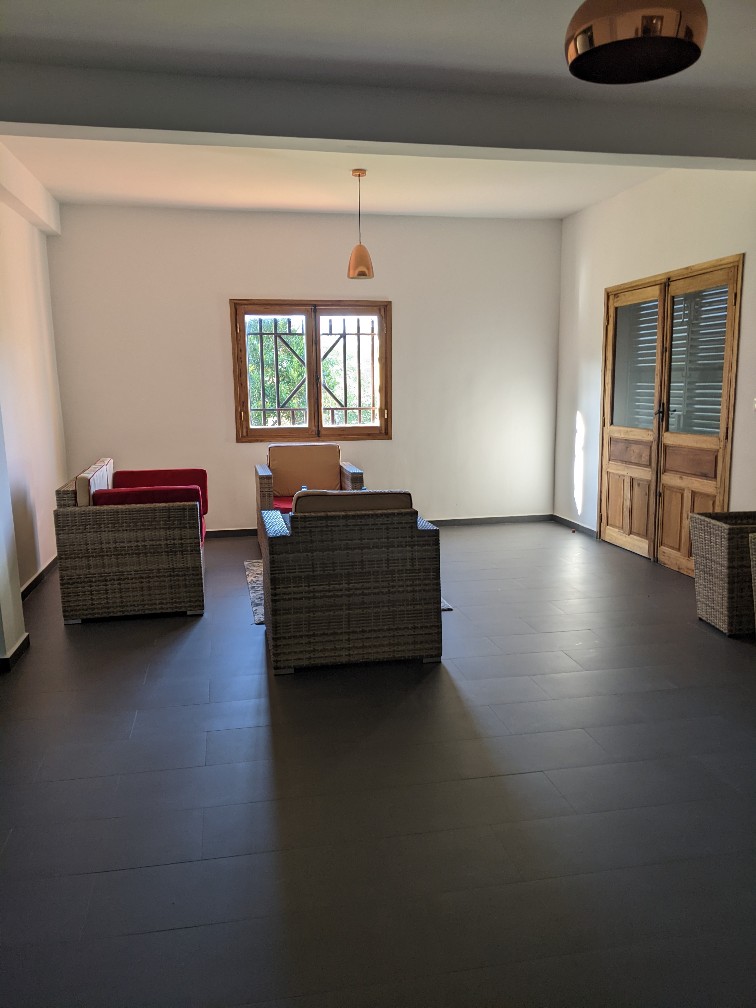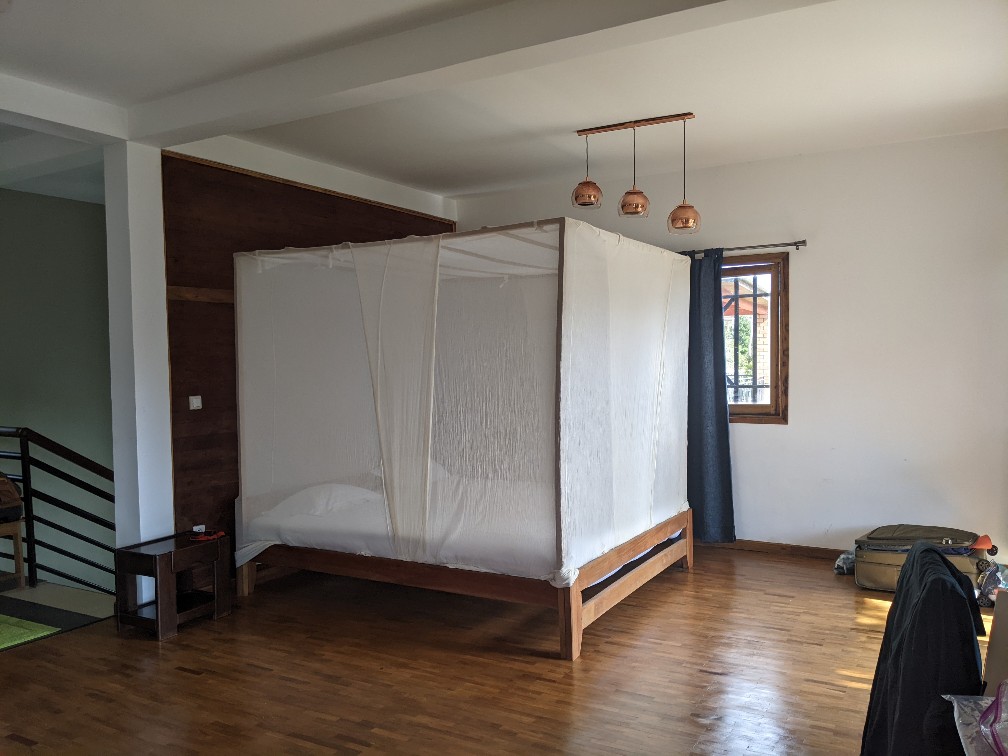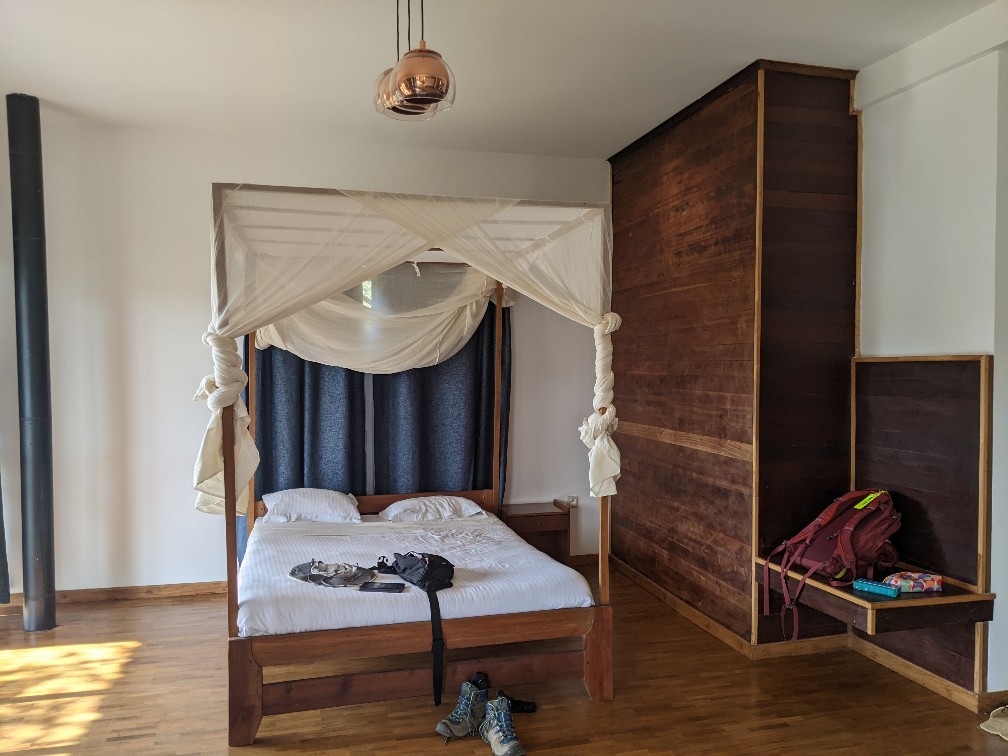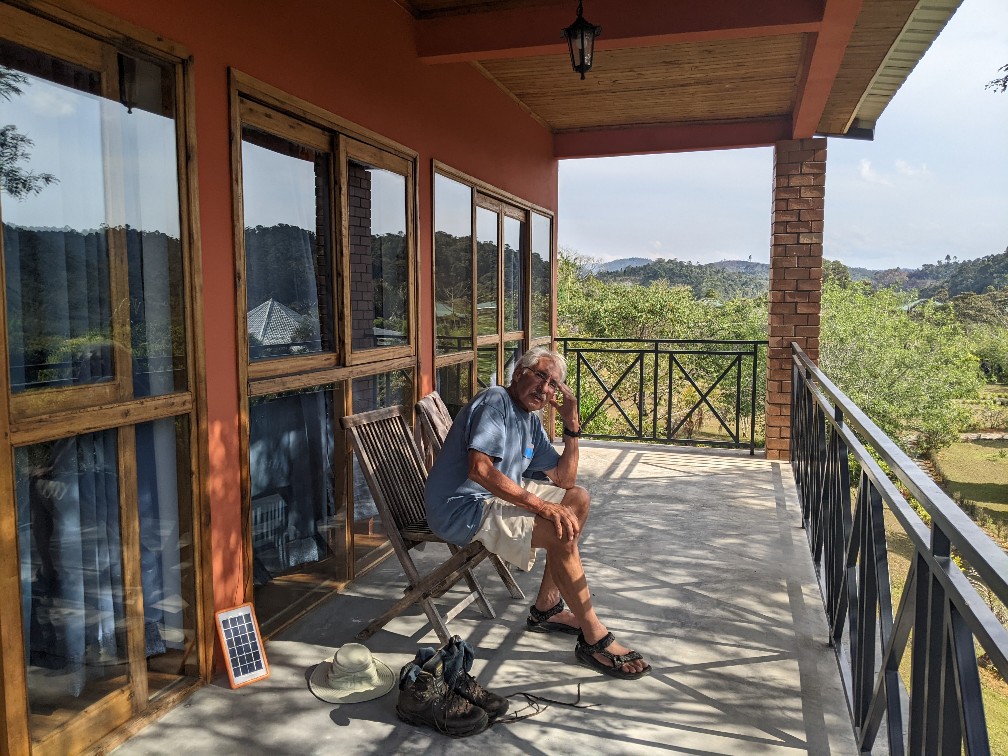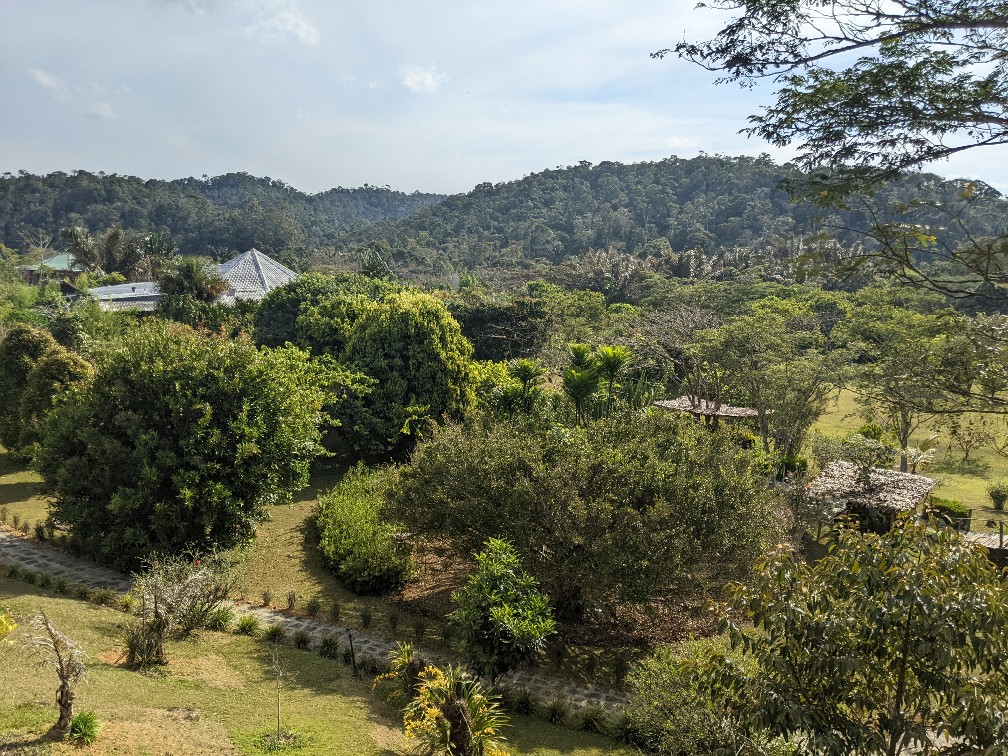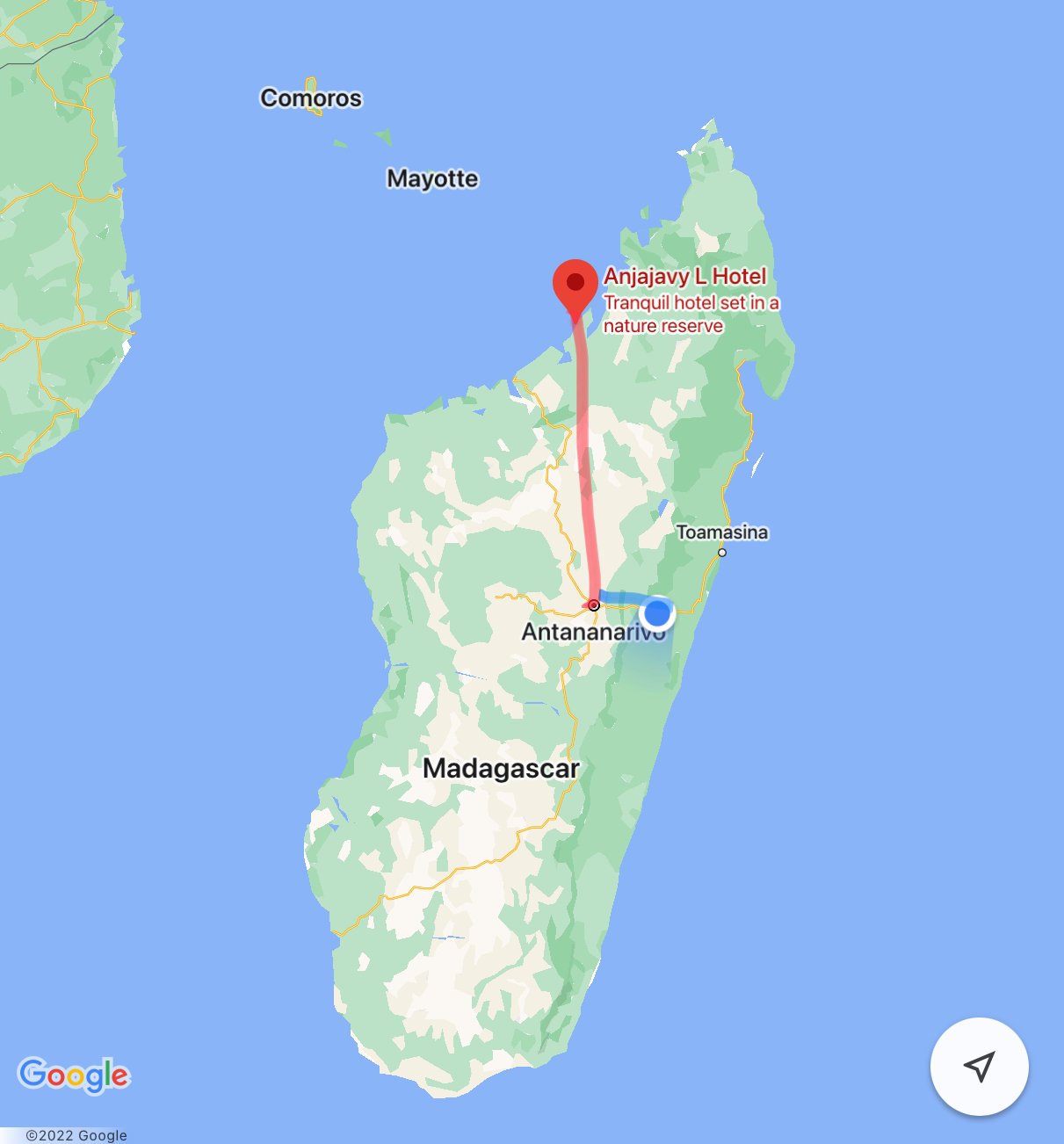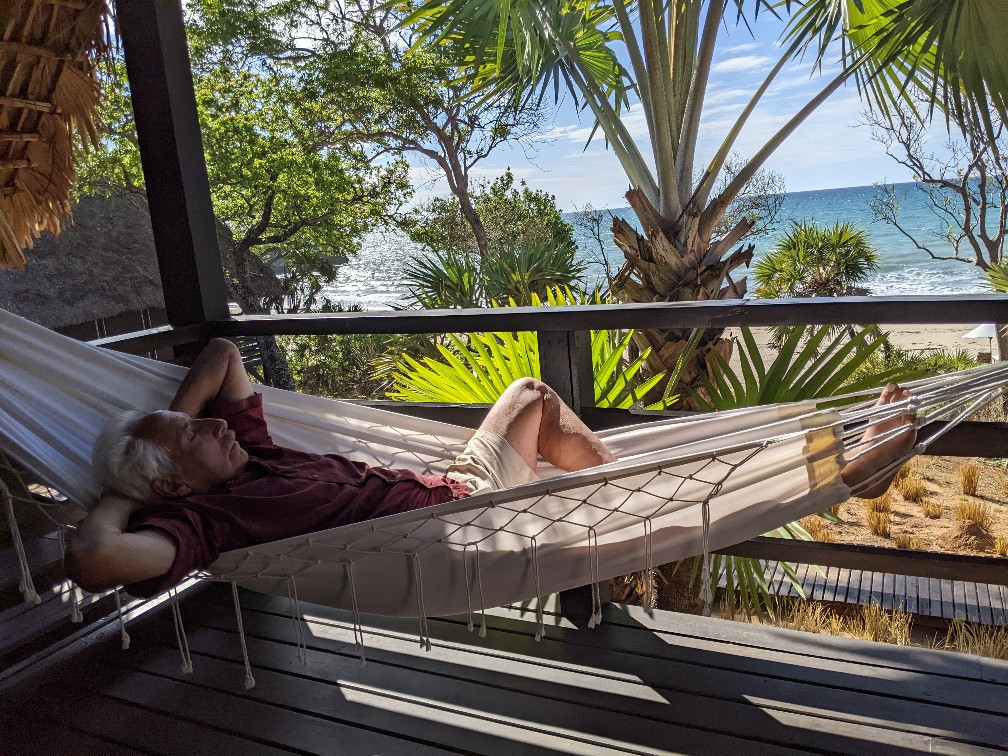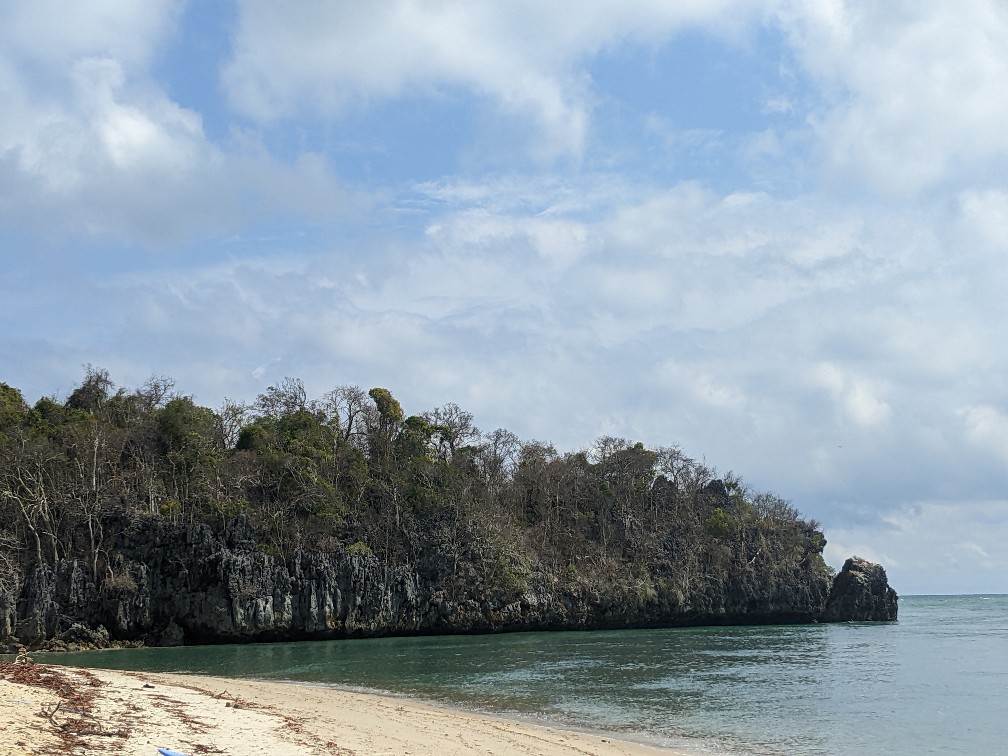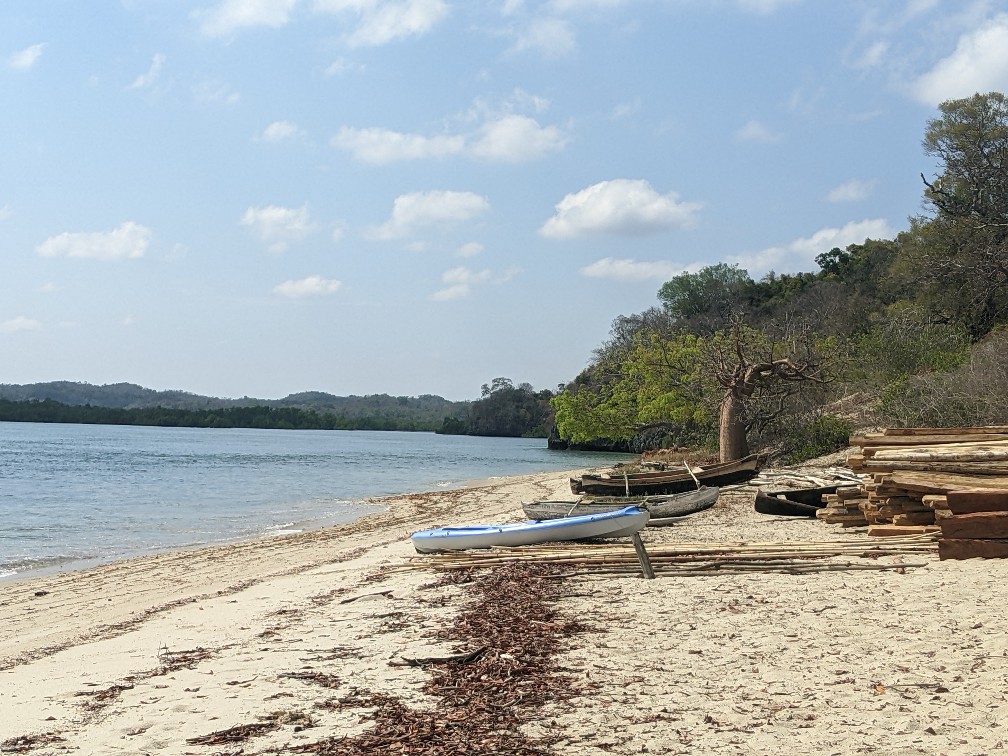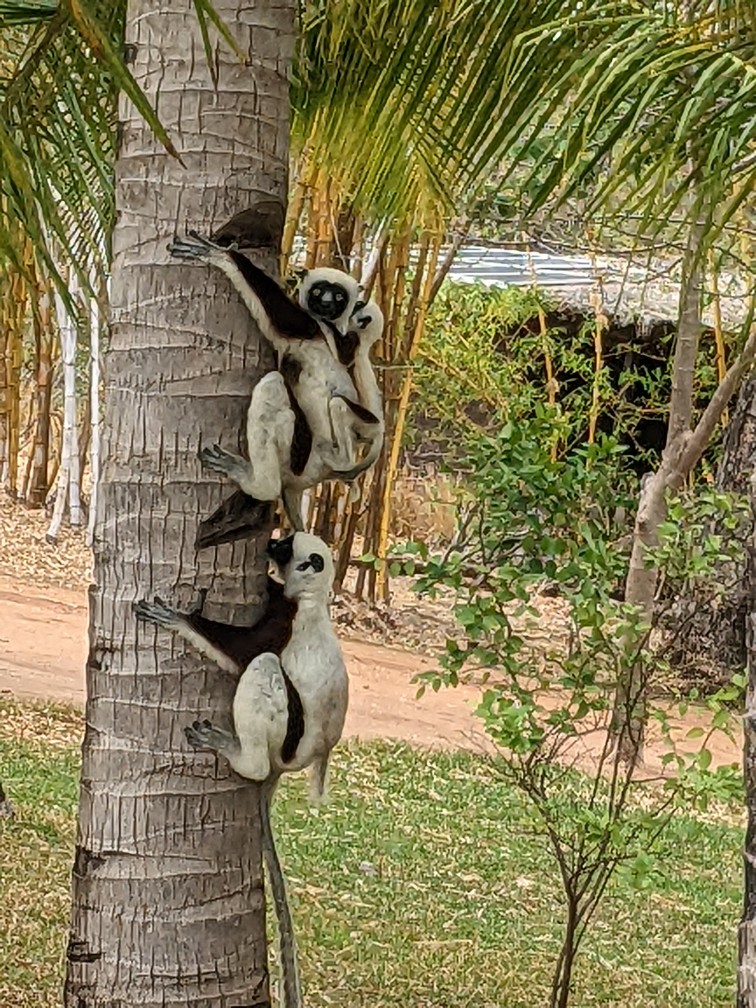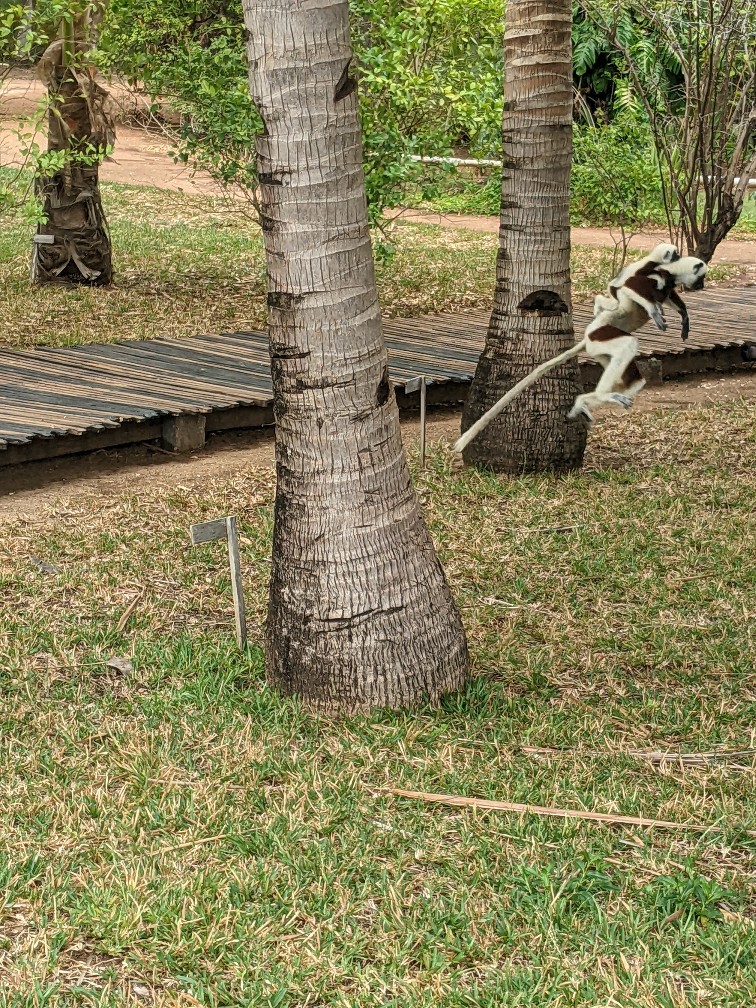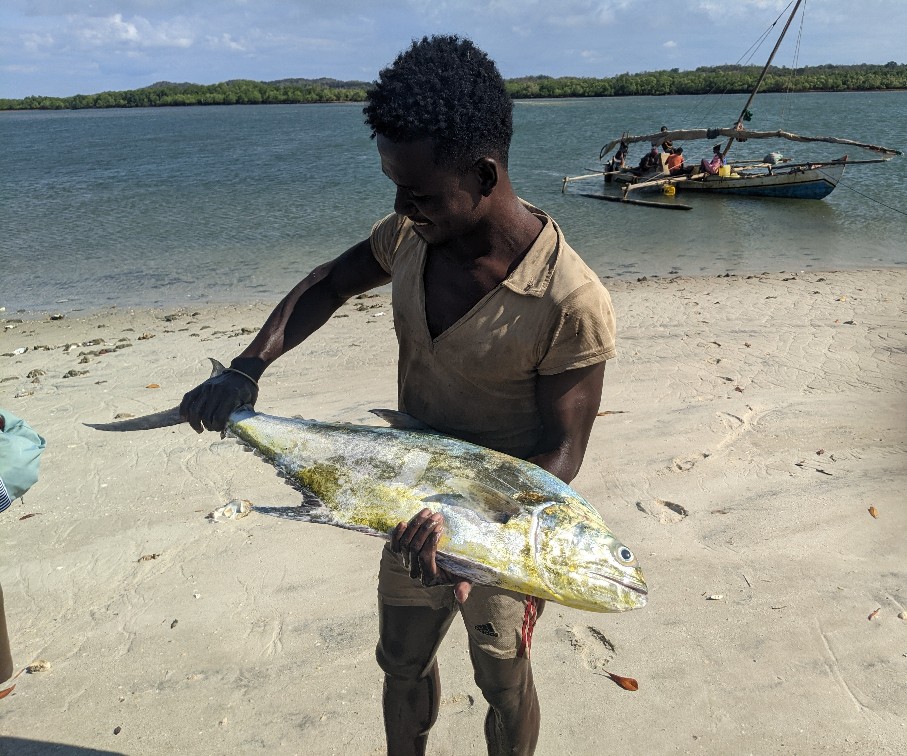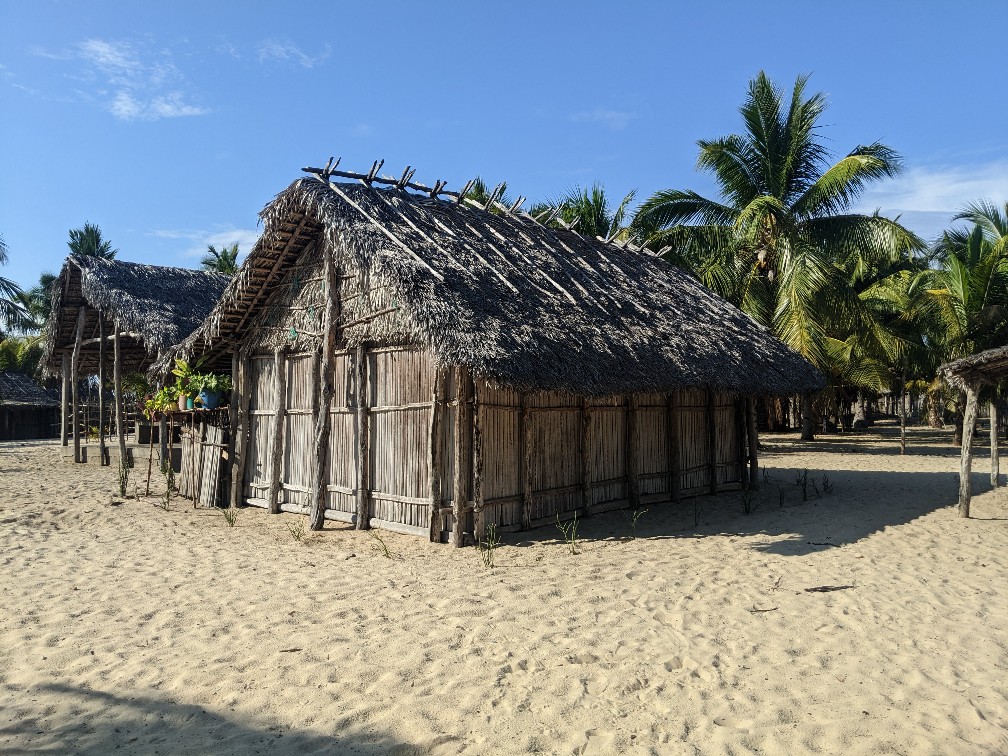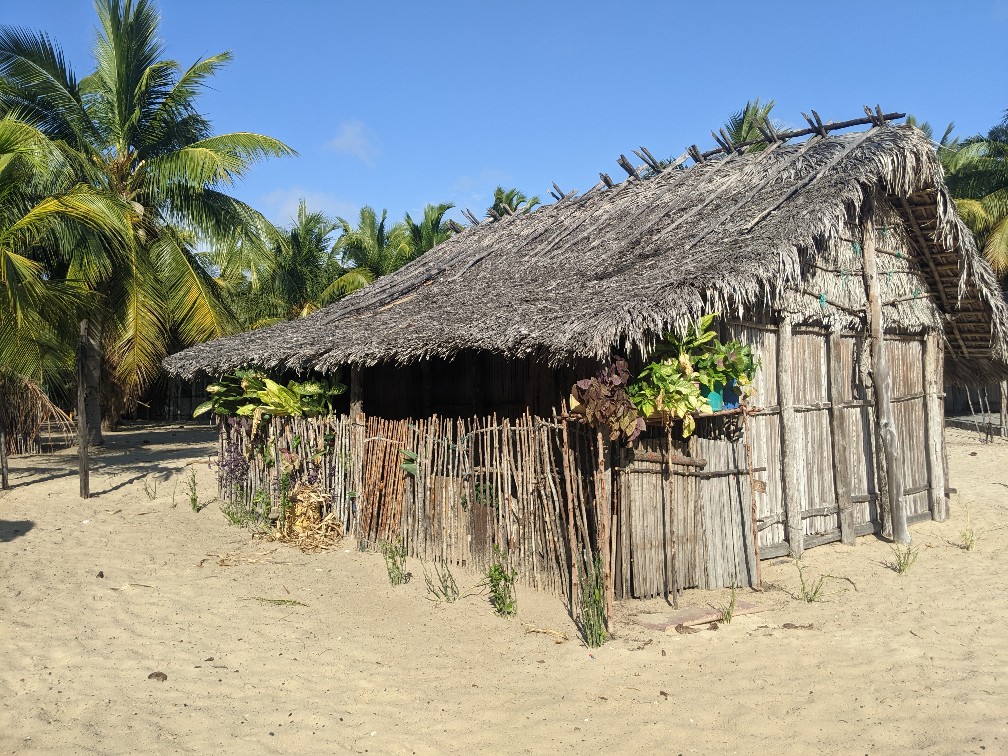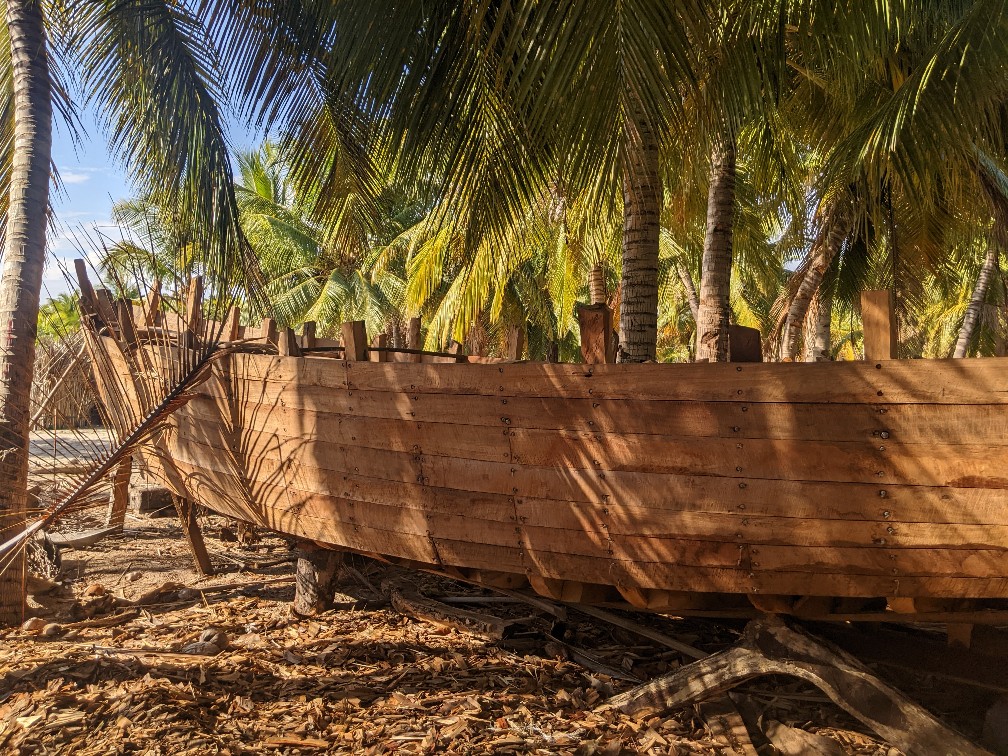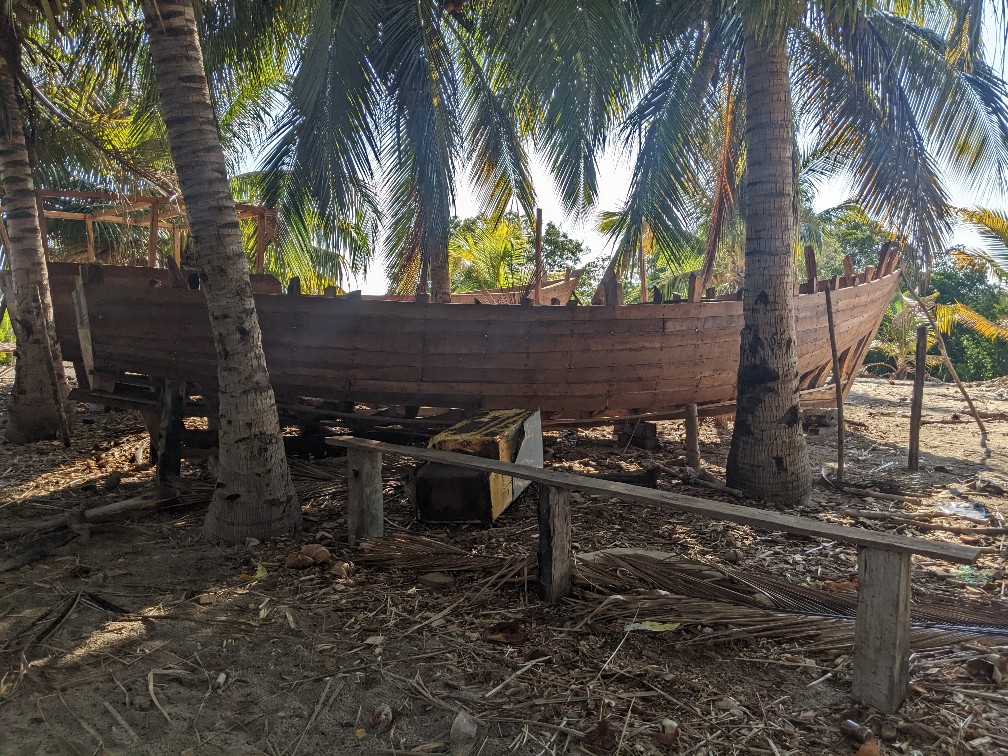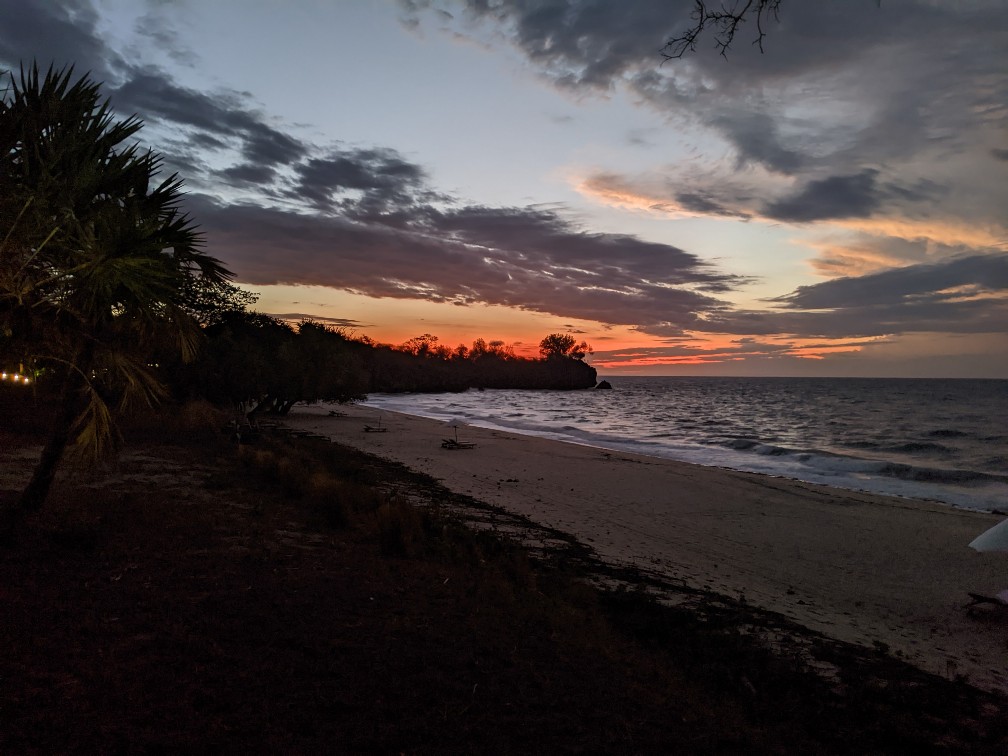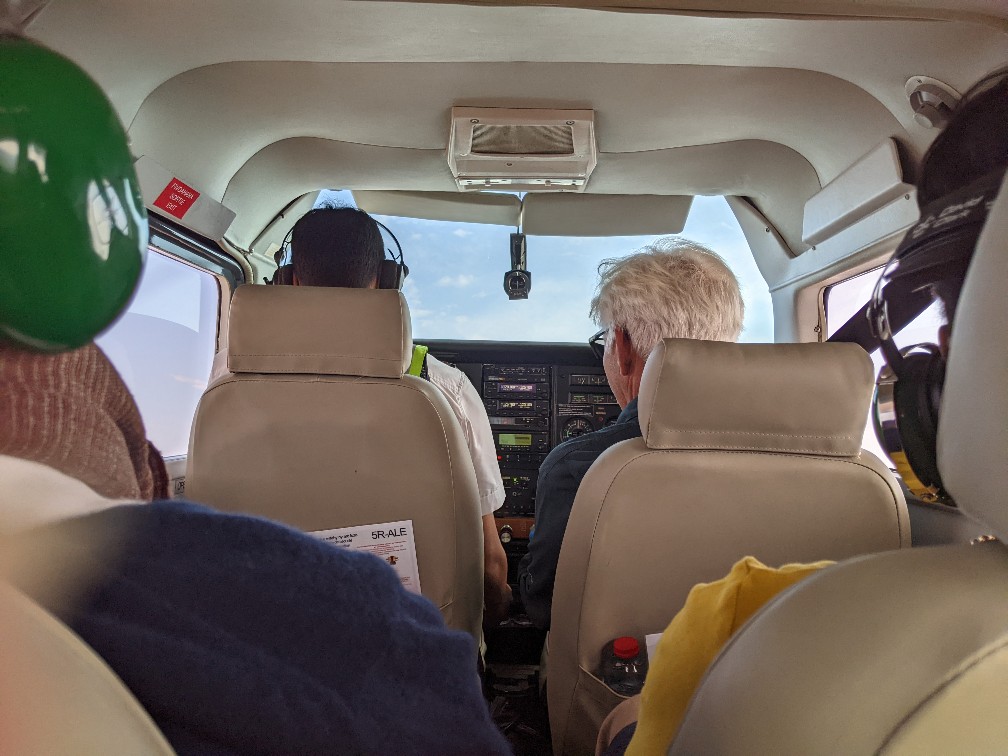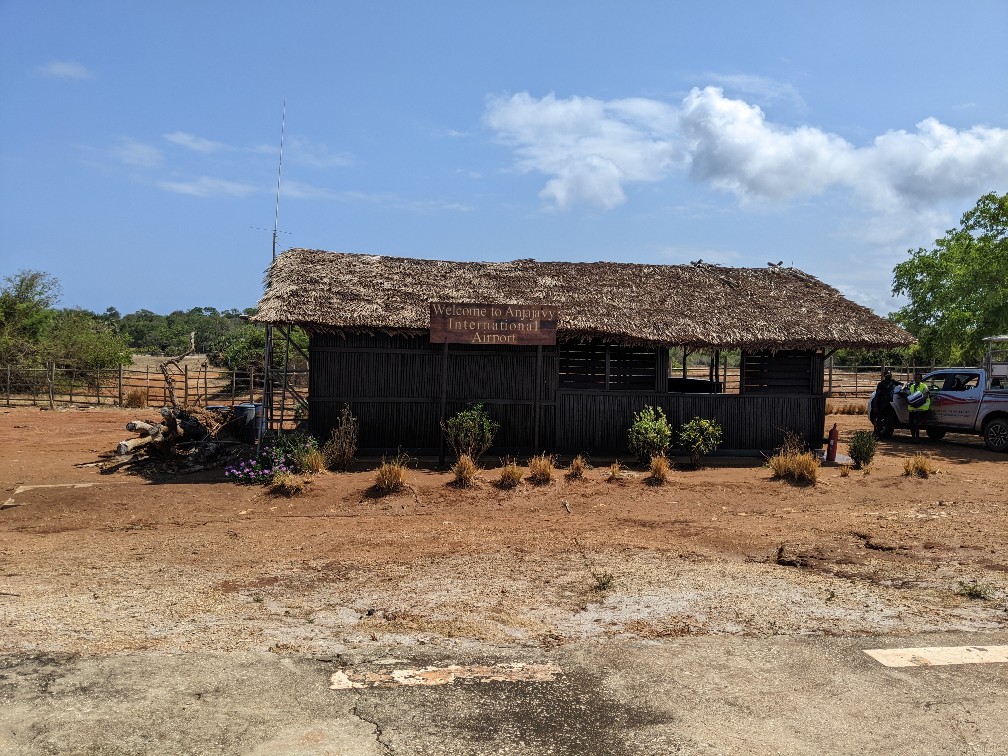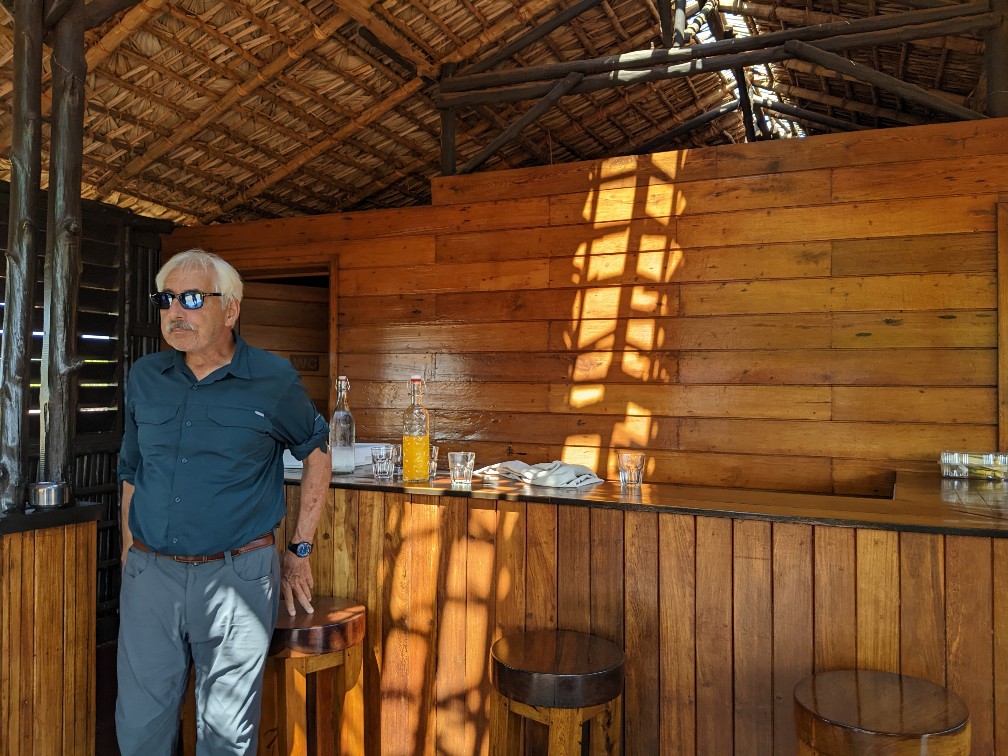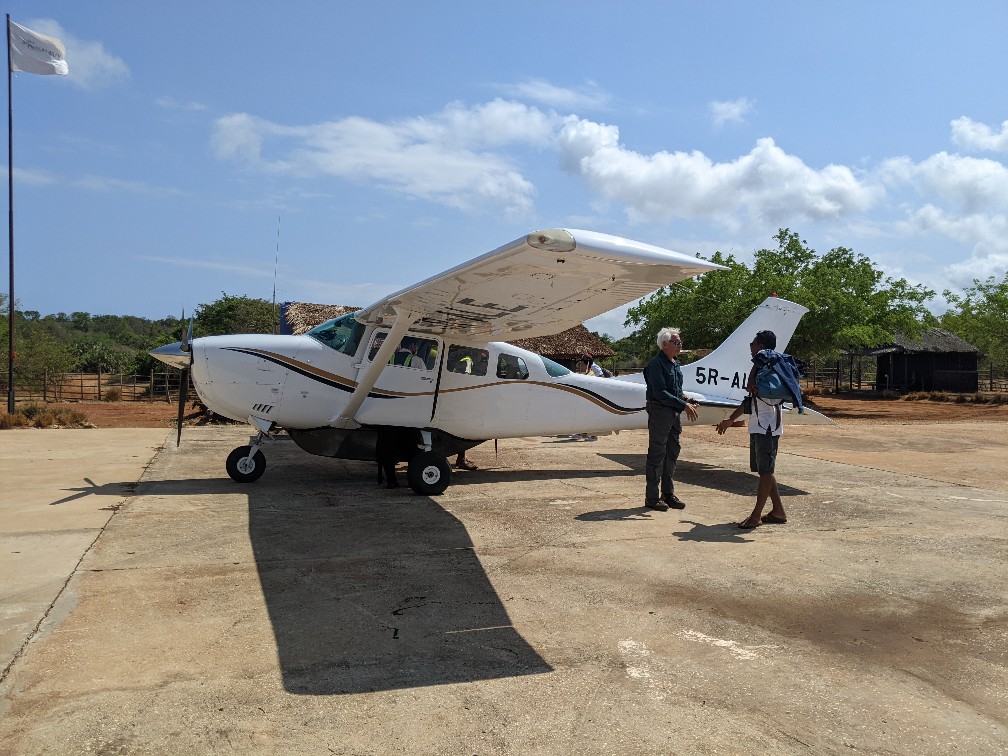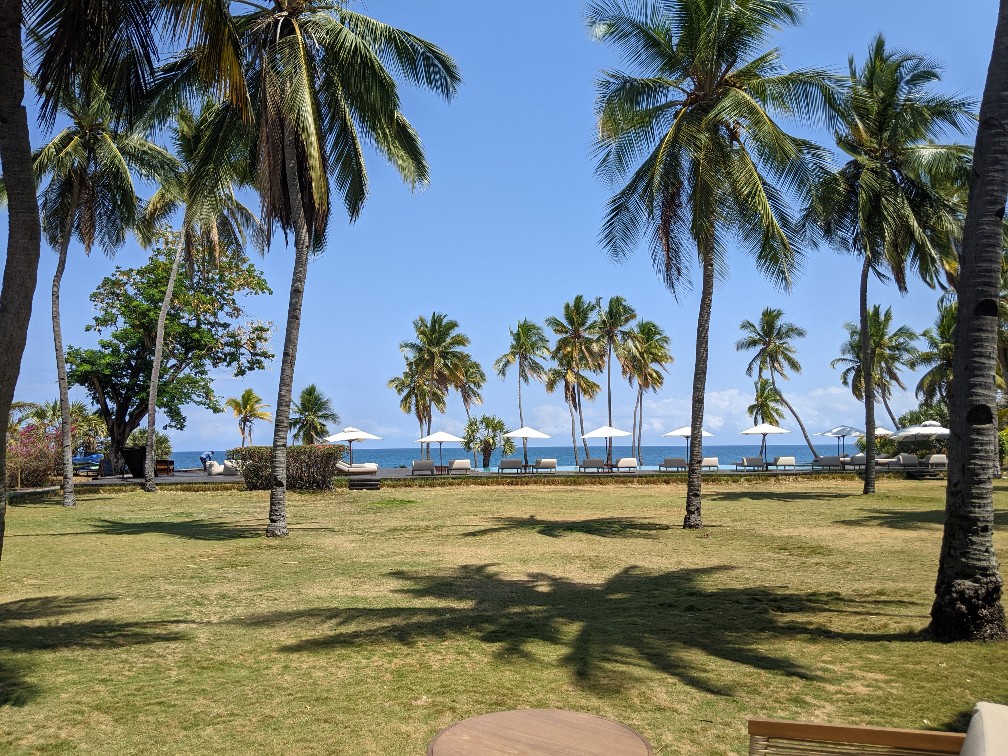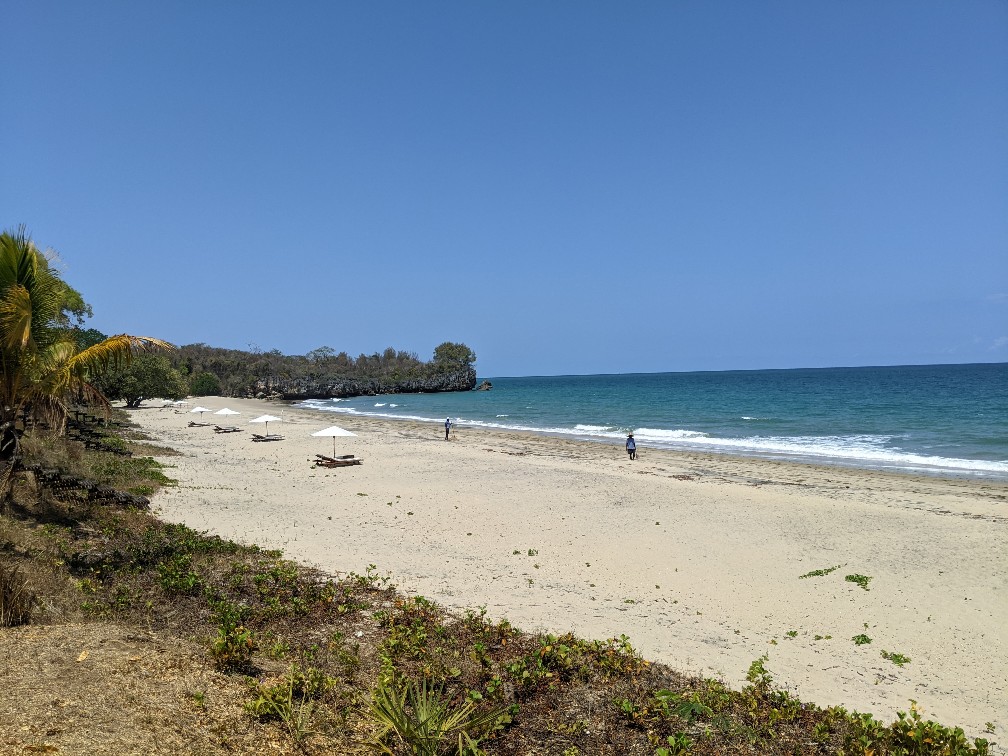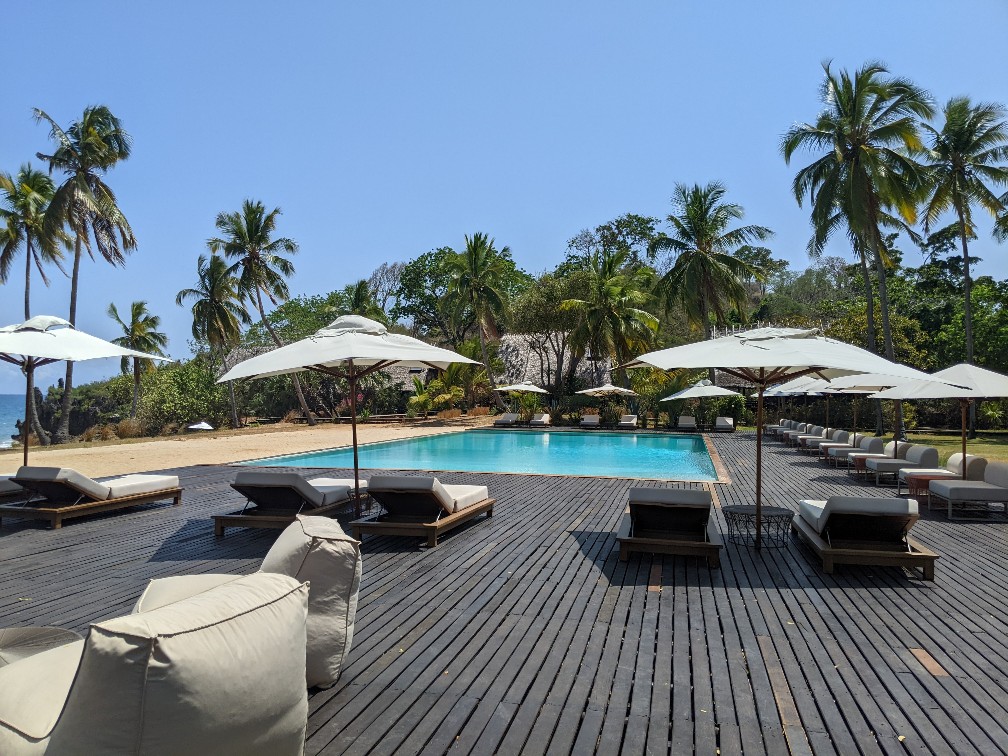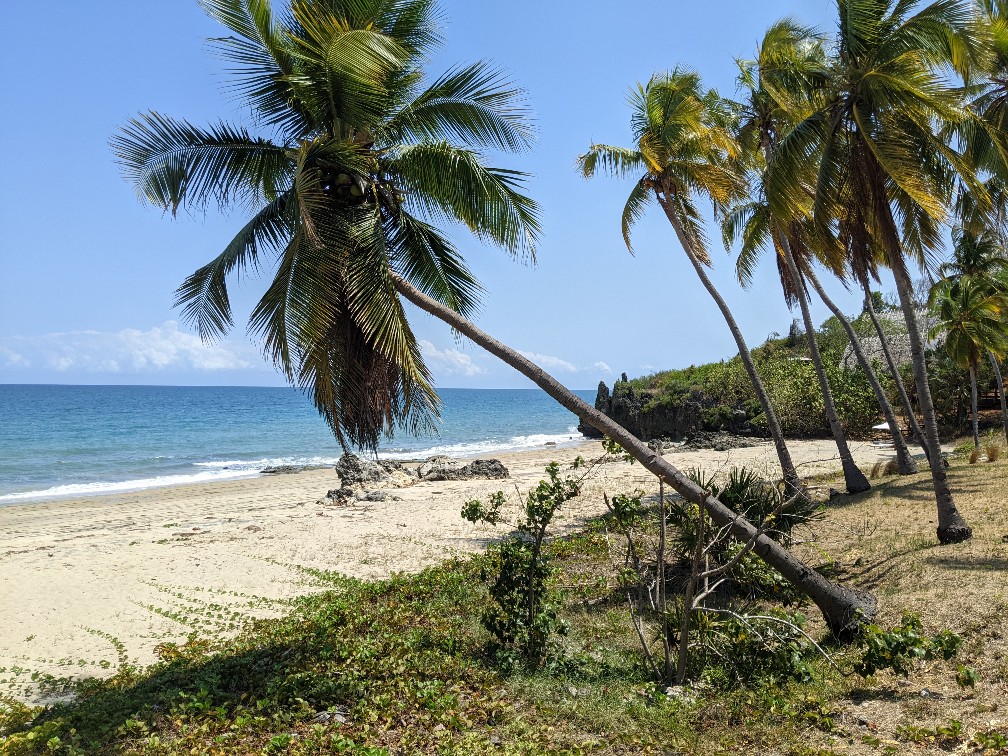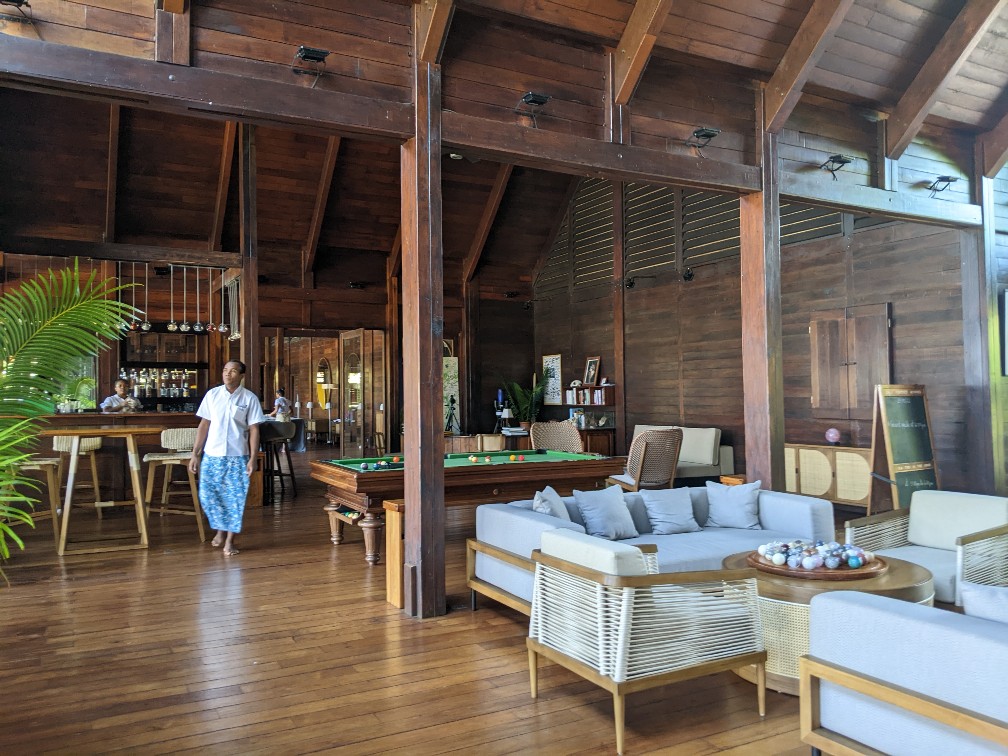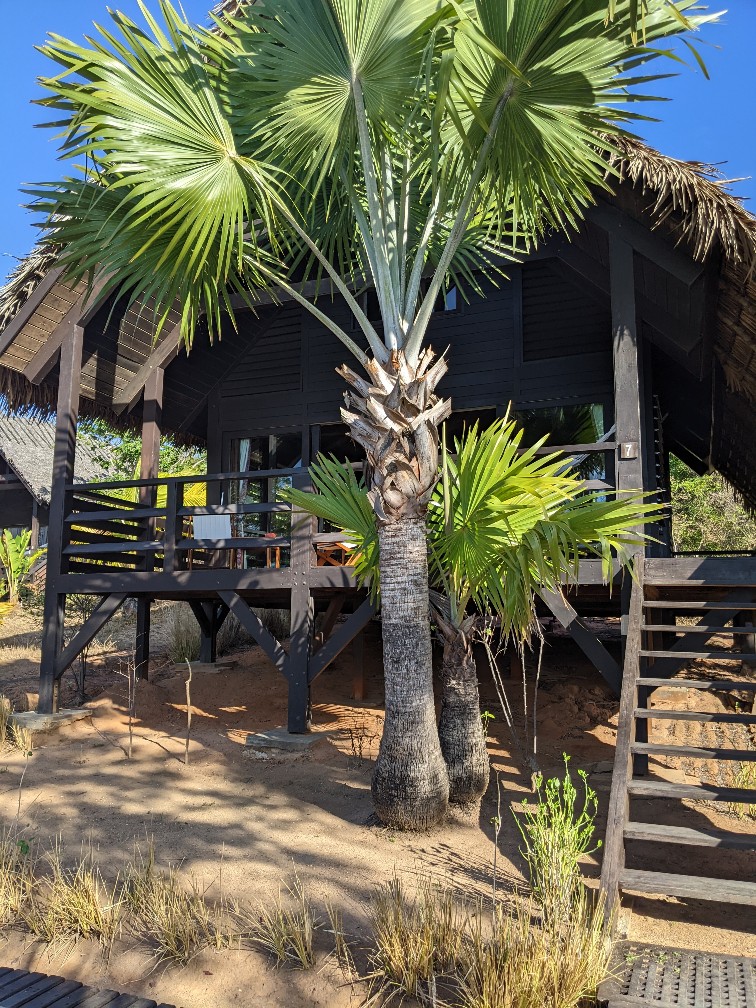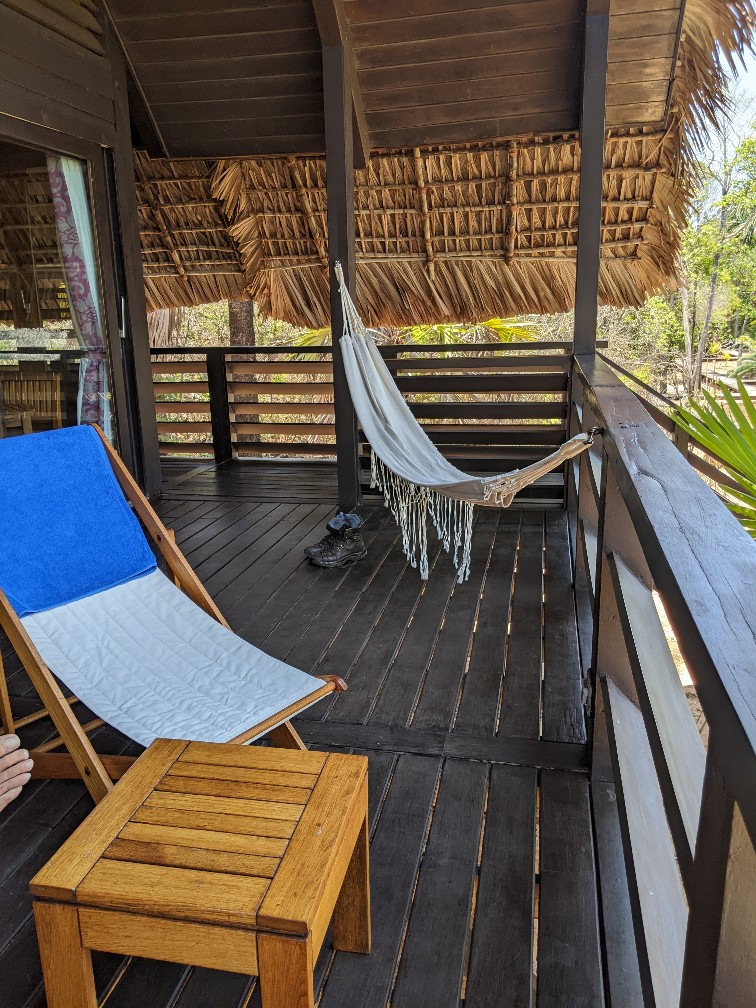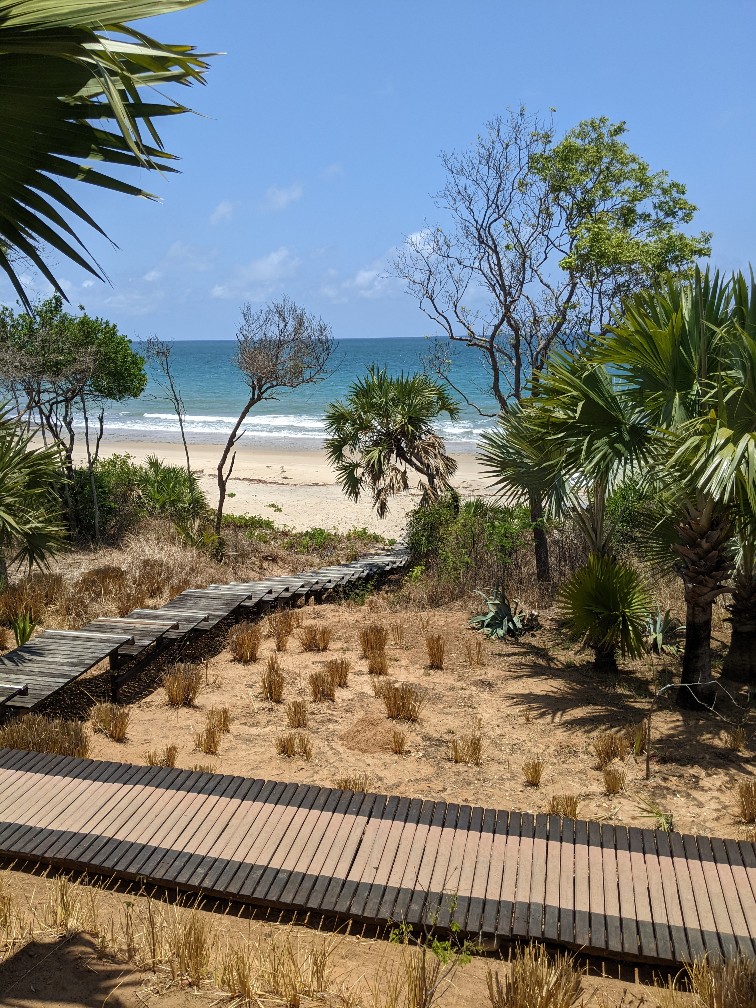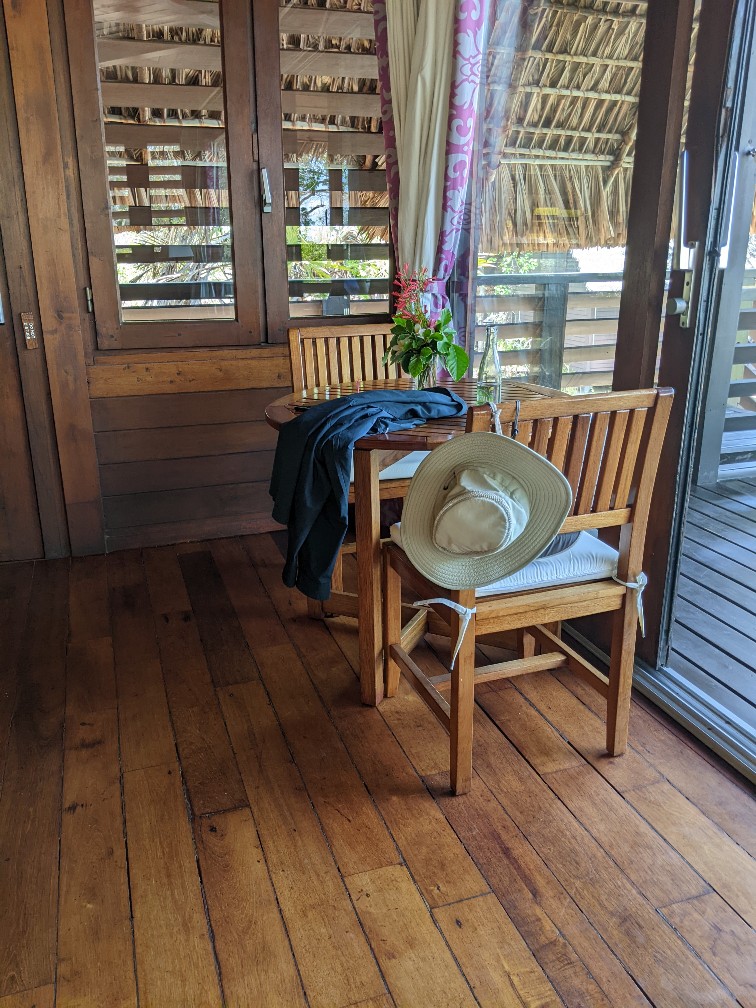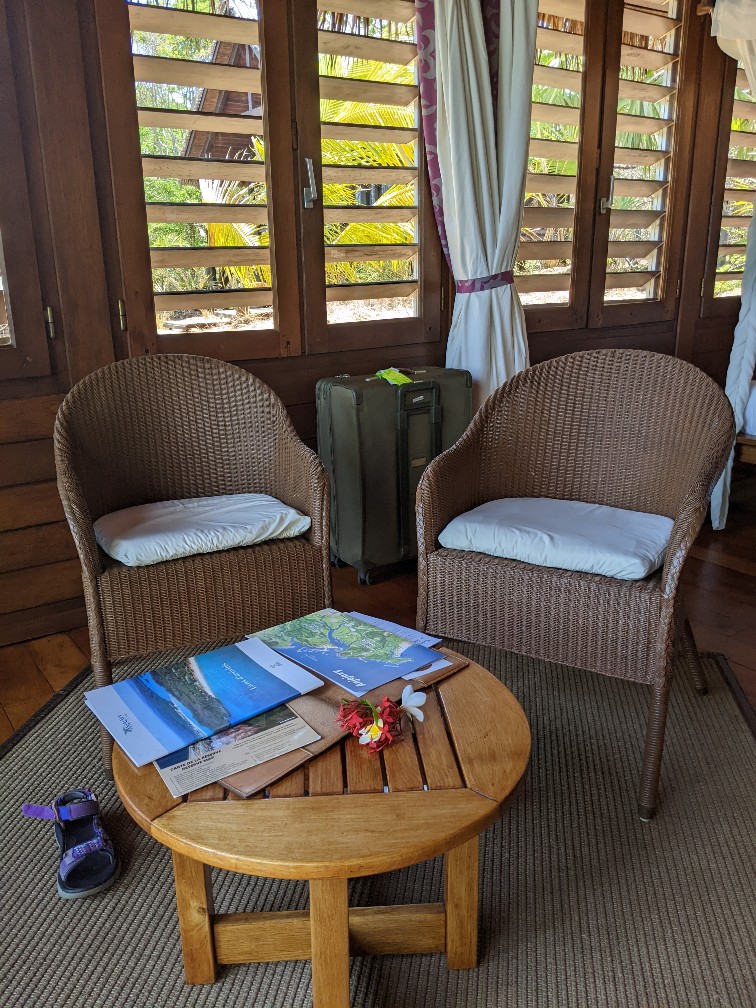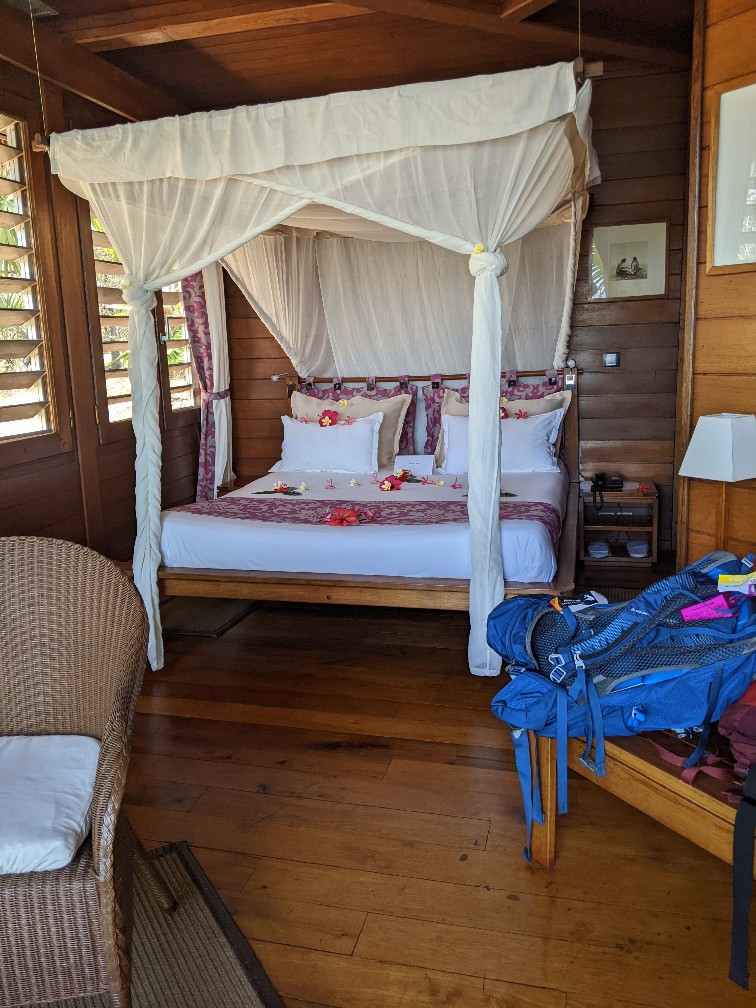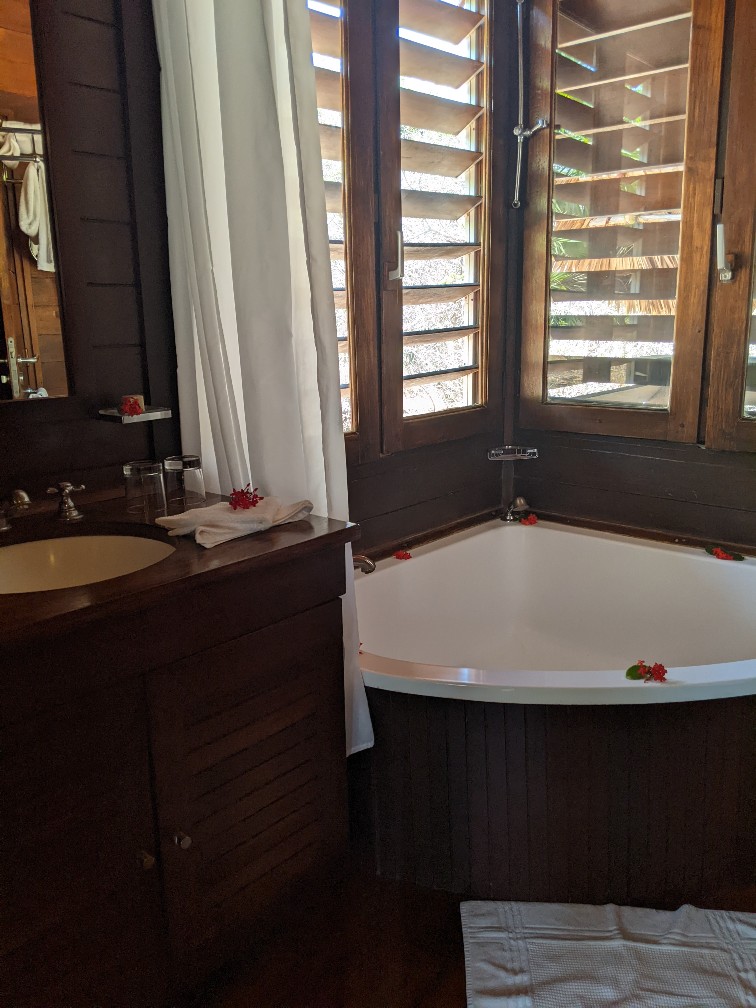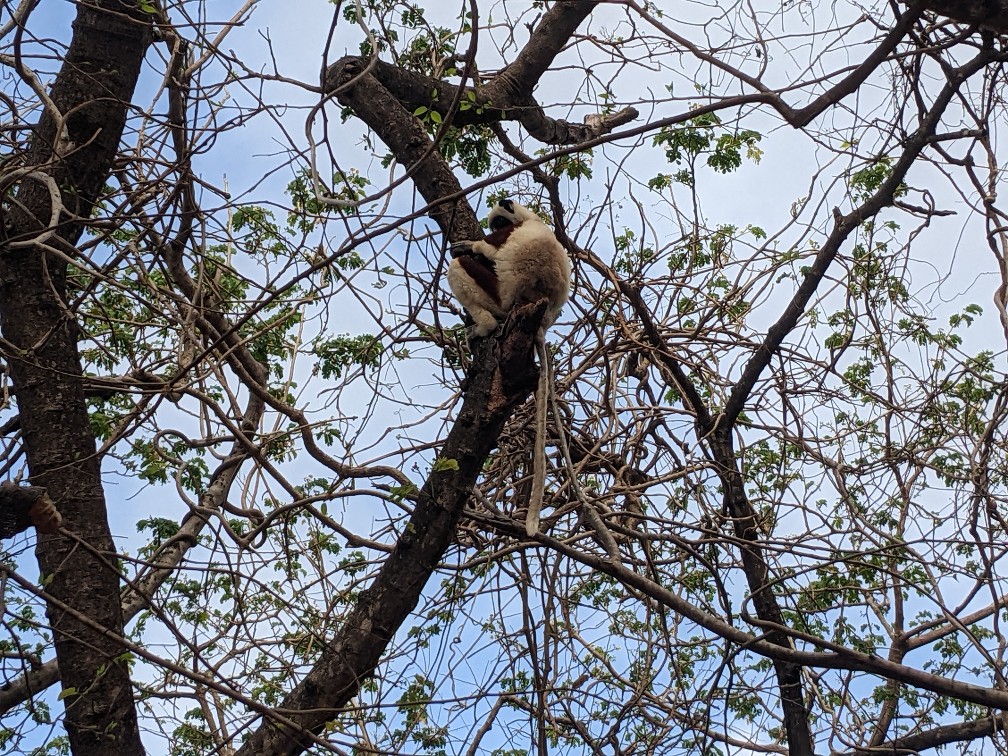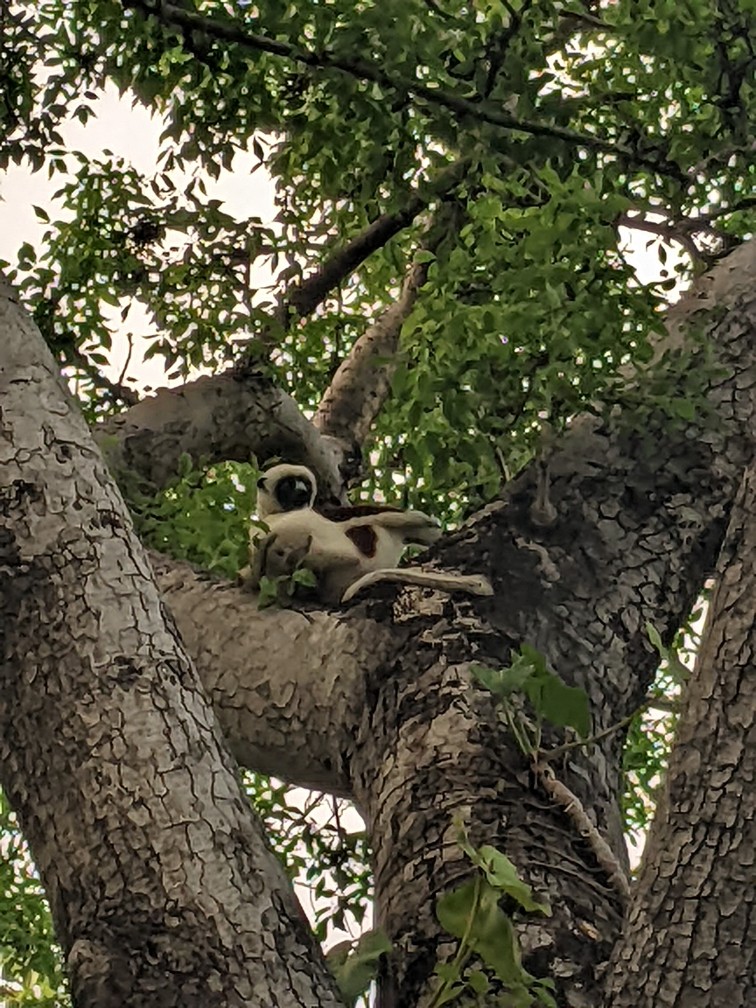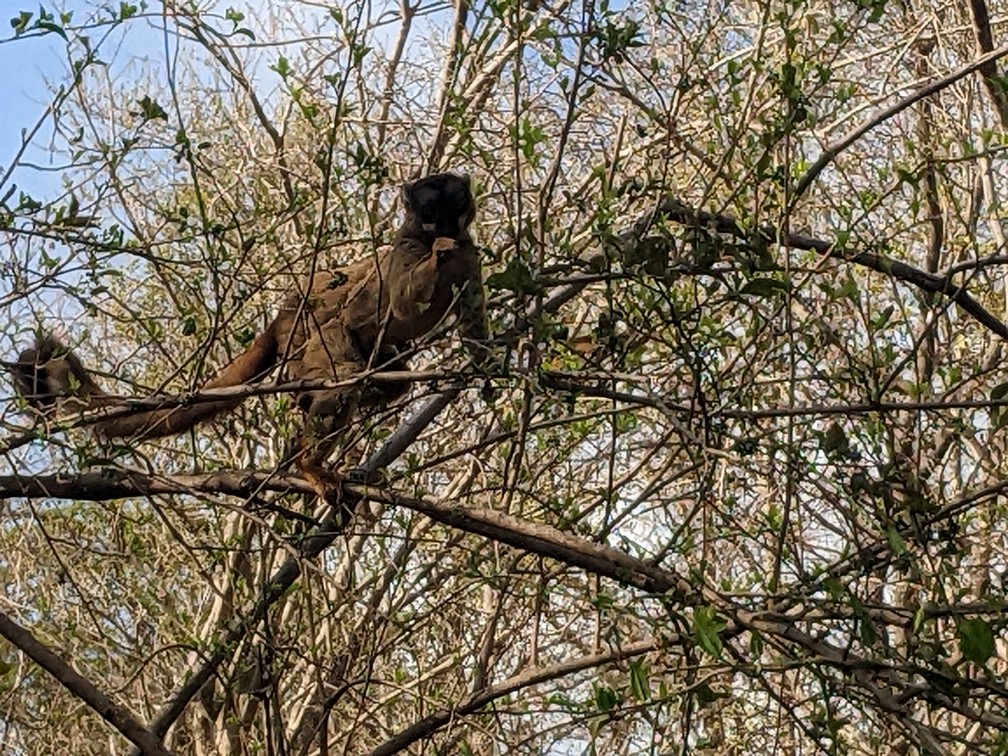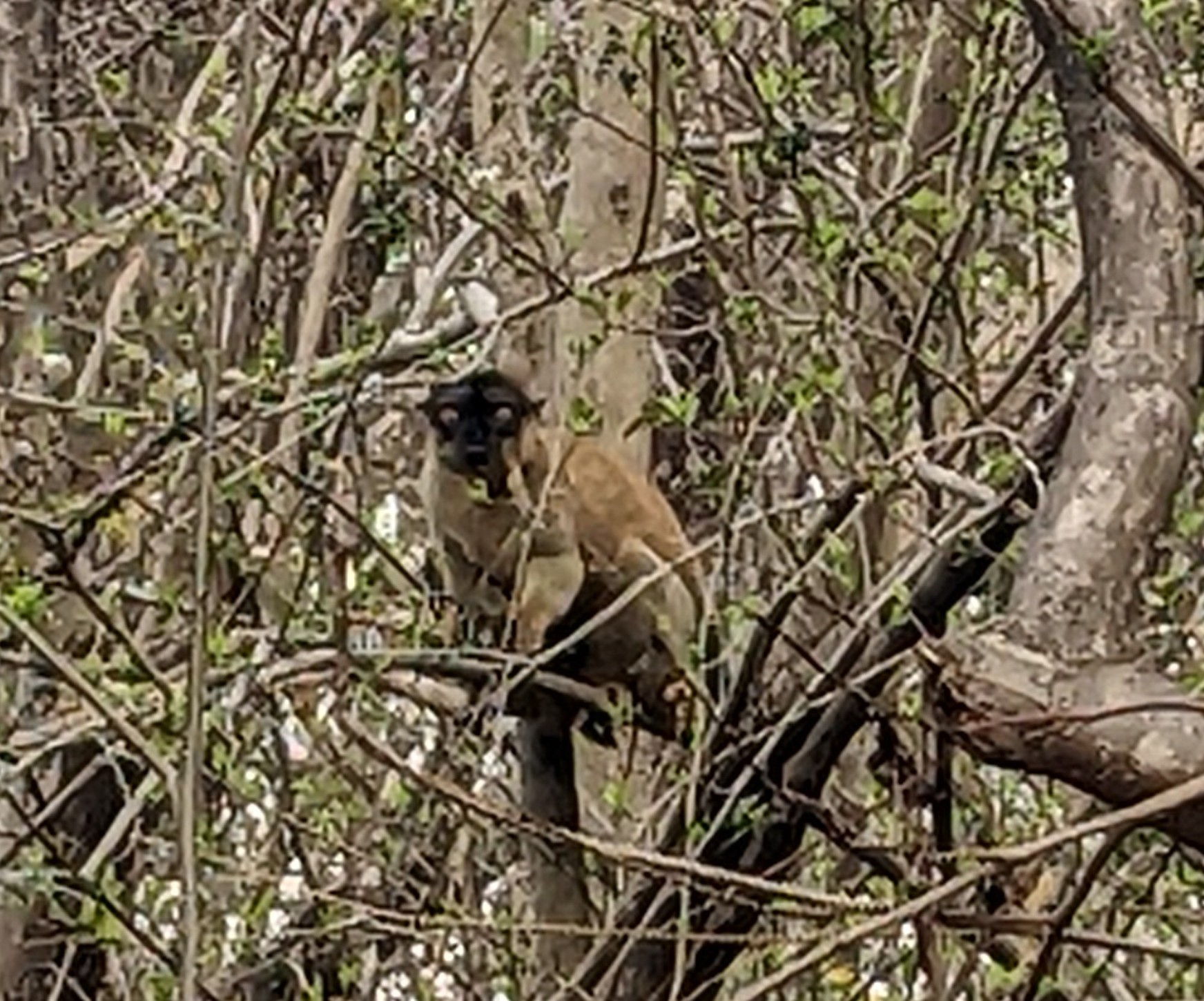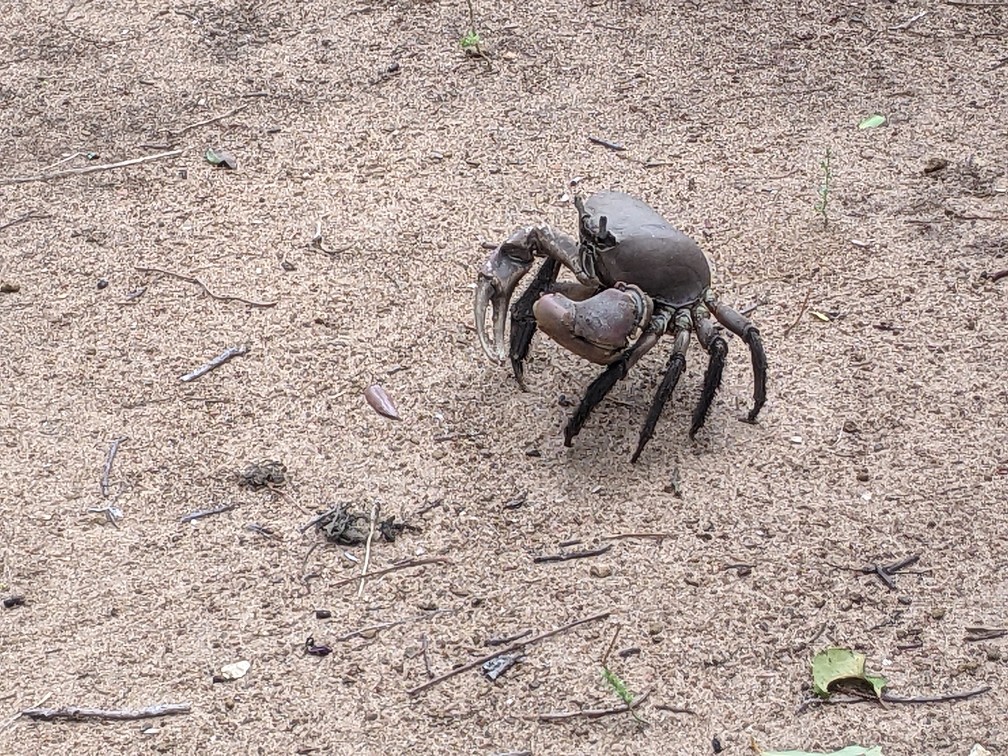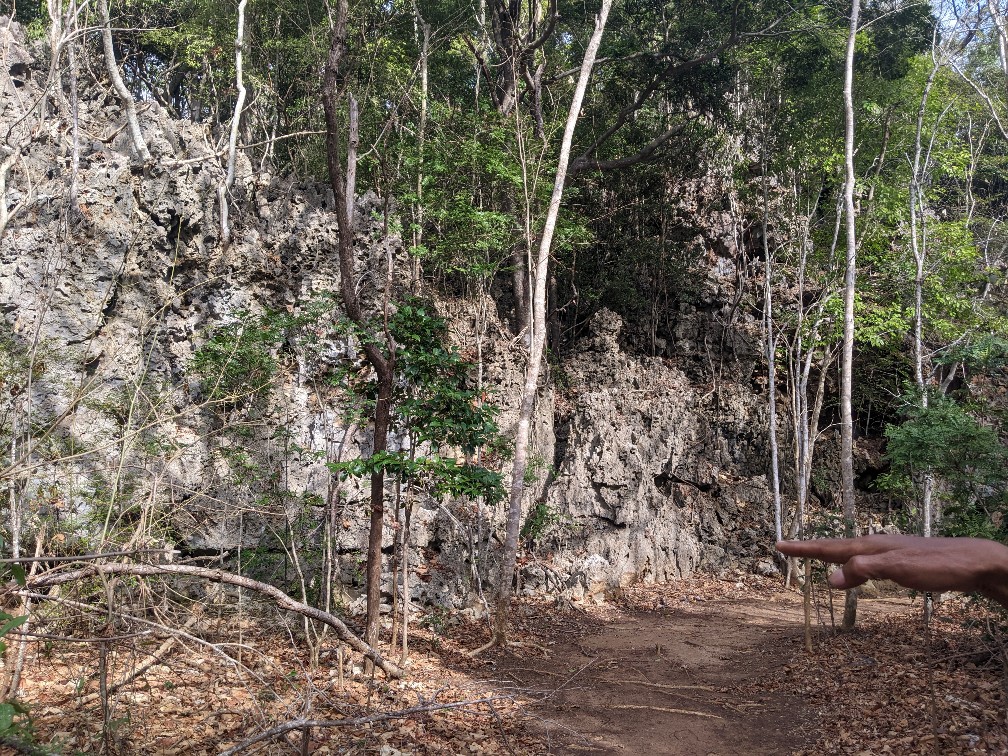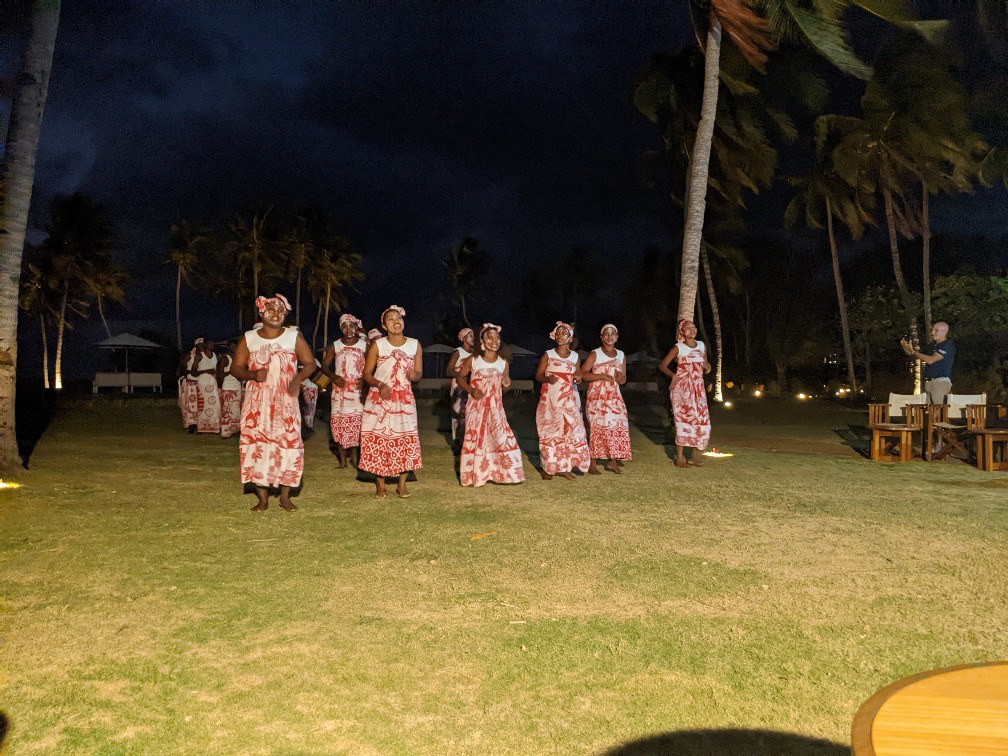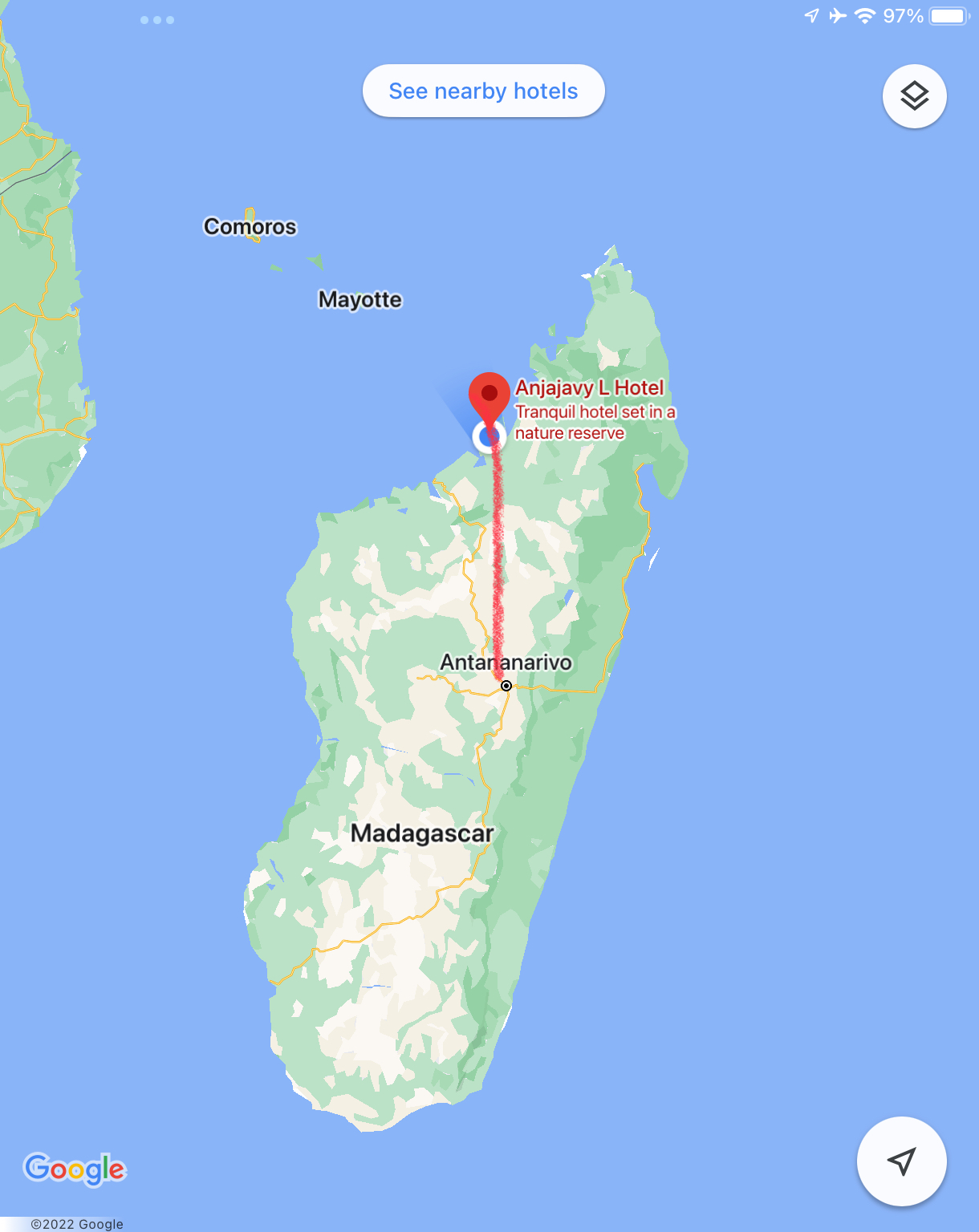Gorilla Day number 2! Again we were are Volcano’s National Park early.
On the way there we saw lots of people out at 6:30am, including lots of teenagers on their way to school, another sign of the relative prosperity of Rwanda and the country’s successes.
It was foggy but it was’t raining. Here are some pictures from the park entrance. You can see why they call Rwanda Land of Thousand Hills.
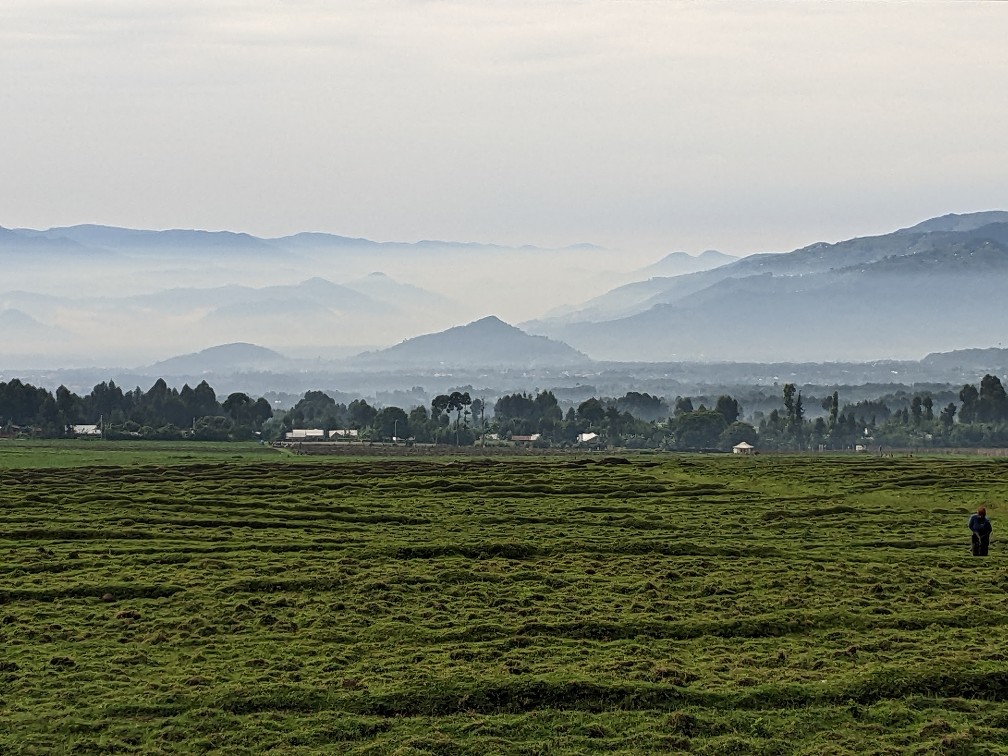
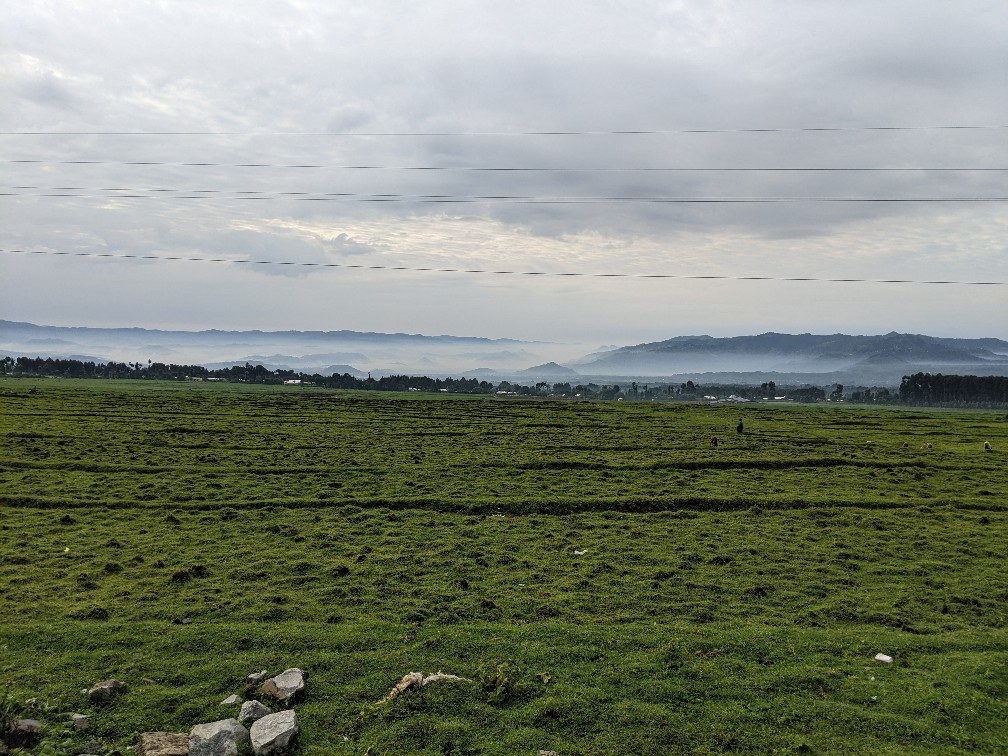
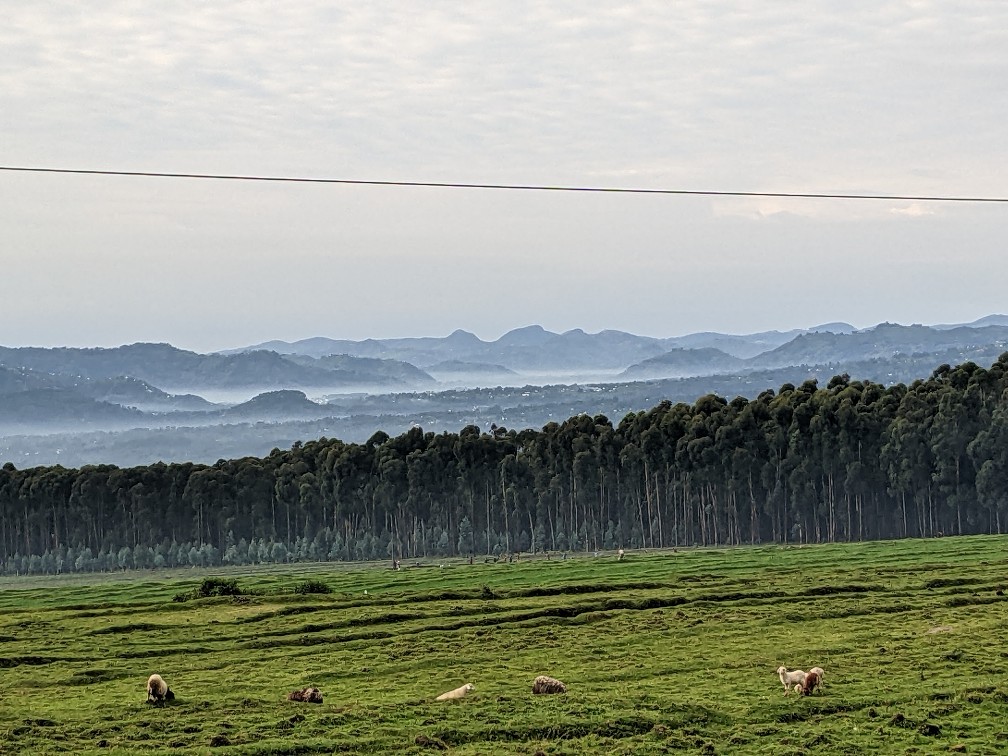
We were paired with Emmanuel again which is wonderful because he’s a lot of fun. There are only 6 people in our group today, so I guess they don’t sell out on gorilla permits every day. Two of the people were also in yesterday’s group, a mother and daughter from France who we befriended.
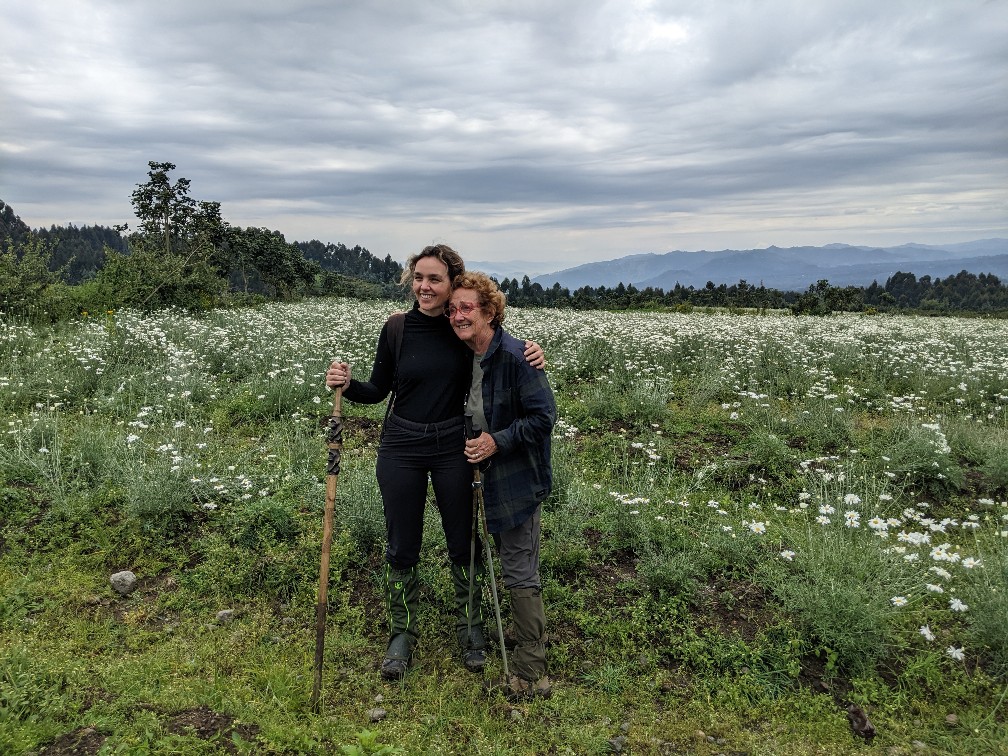
We are visiting the Muhoza family today. Muhoza means a perfect ending after a long effort. This describes the silverback, Marambo, who spend many years trying to collect a family. The family was established in 2016 so it is relatively young. Marambo is enormous.
We got back in the car and headed to the trail head. There, I was assigned Alice as my porter. She was an excellent porter, gently helping me when I needed help but otherwise just carrying my bag. The walk up the hill was quite muddy. At one point I was trying to pass over a muddy stream bed. I had one foot on a rock in the middle of the bed and the other on the edge of the stream bed. I was trying to adjust my weight to move to the other side of the stream bed and to my surprise Alice just picked me up and lifted me over.
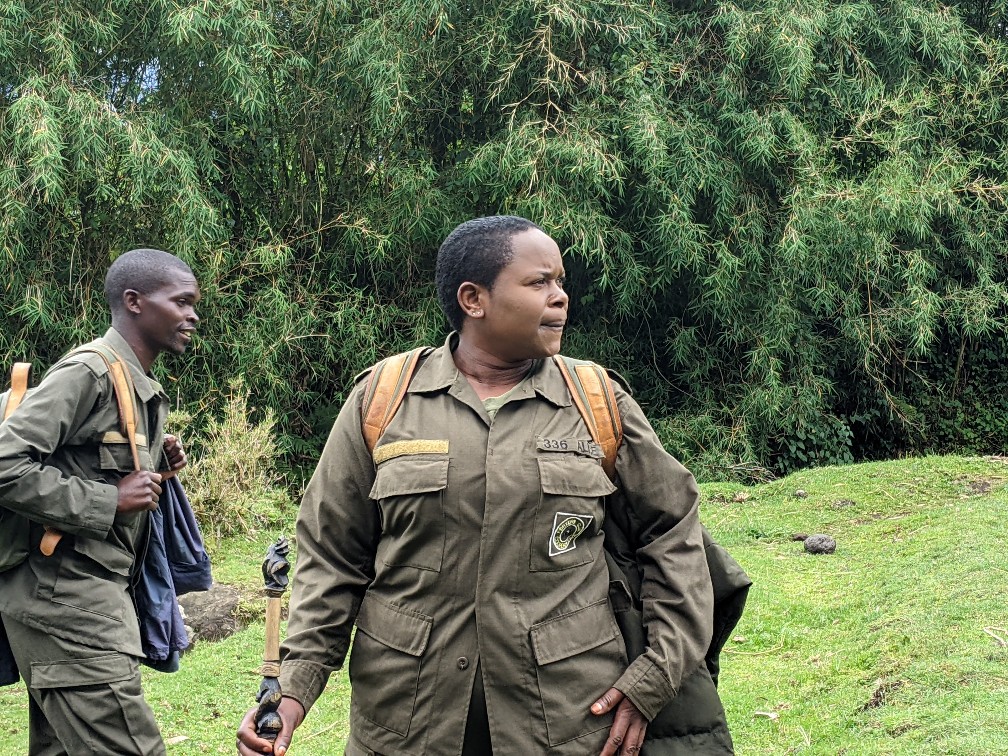
We walked through planted fields for about 45 minutes. There are many fields of flowers used to produce permethrin, a strong plant-based insecticide that we had sprayed on our clothes prior to departing the Uo. Everybody said hello to us as we passed. The volcanus soil looks is dark and fertile.
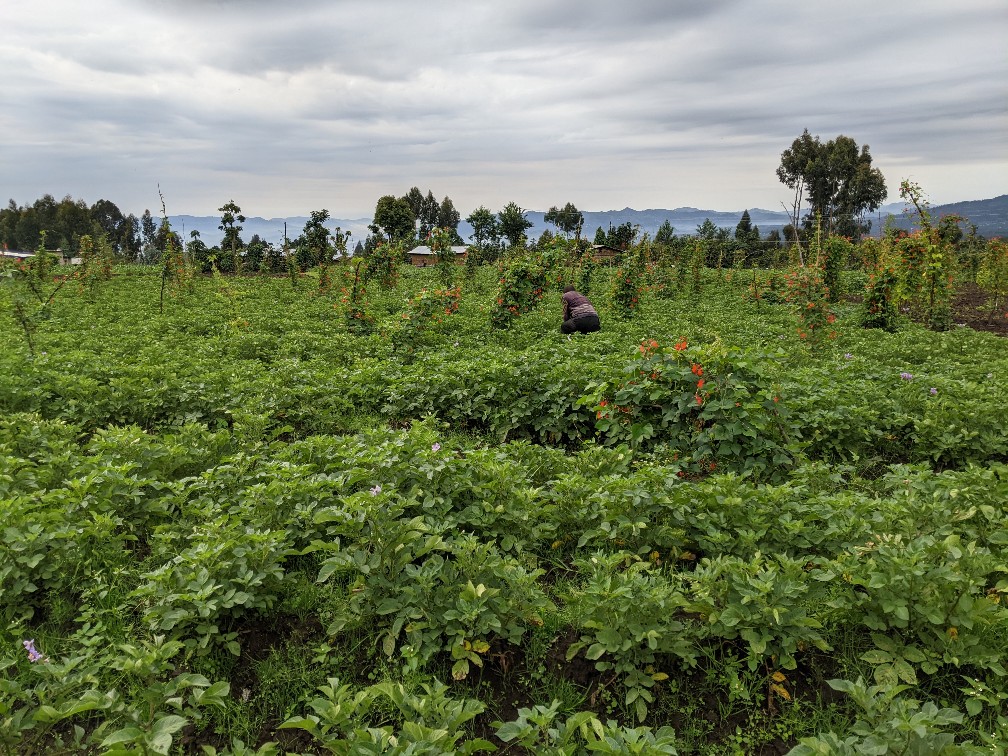
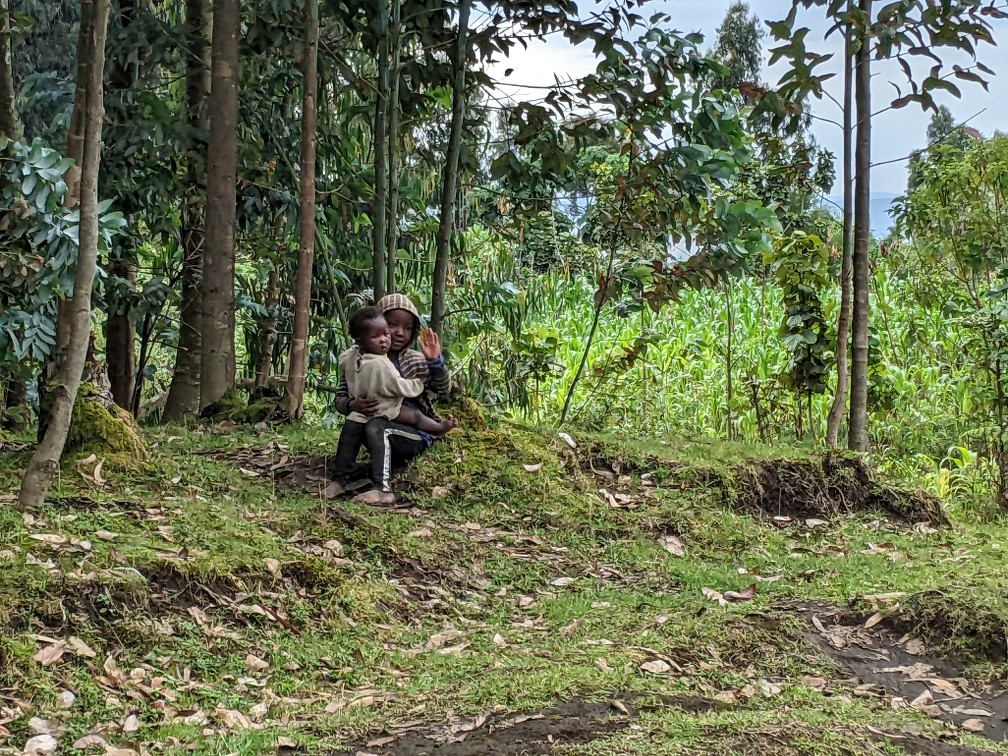
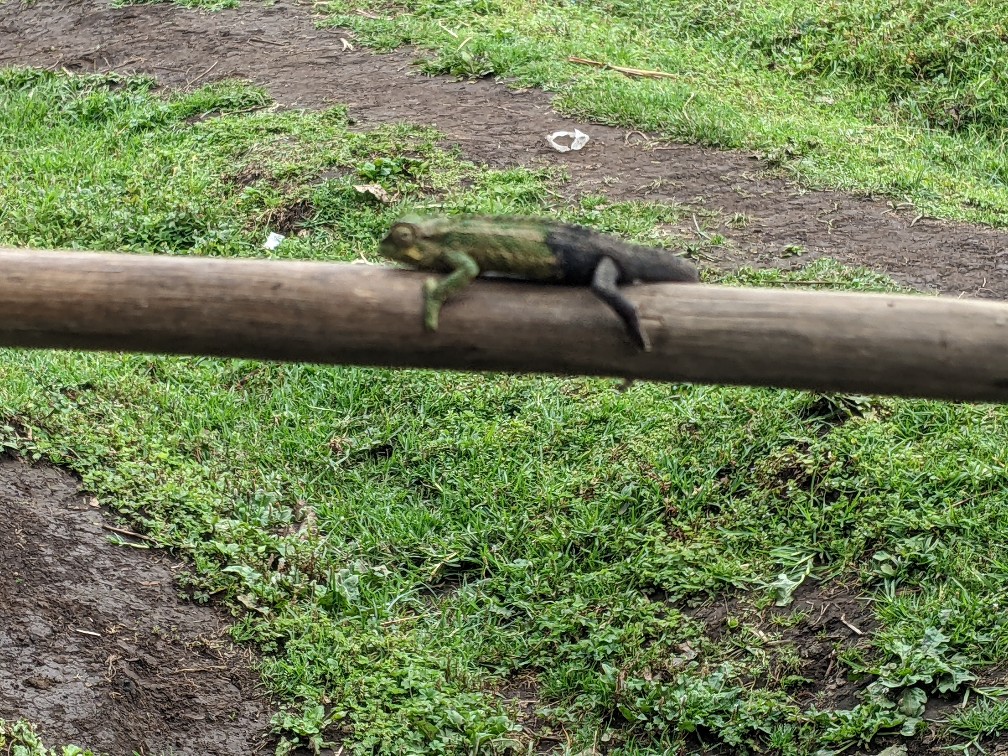
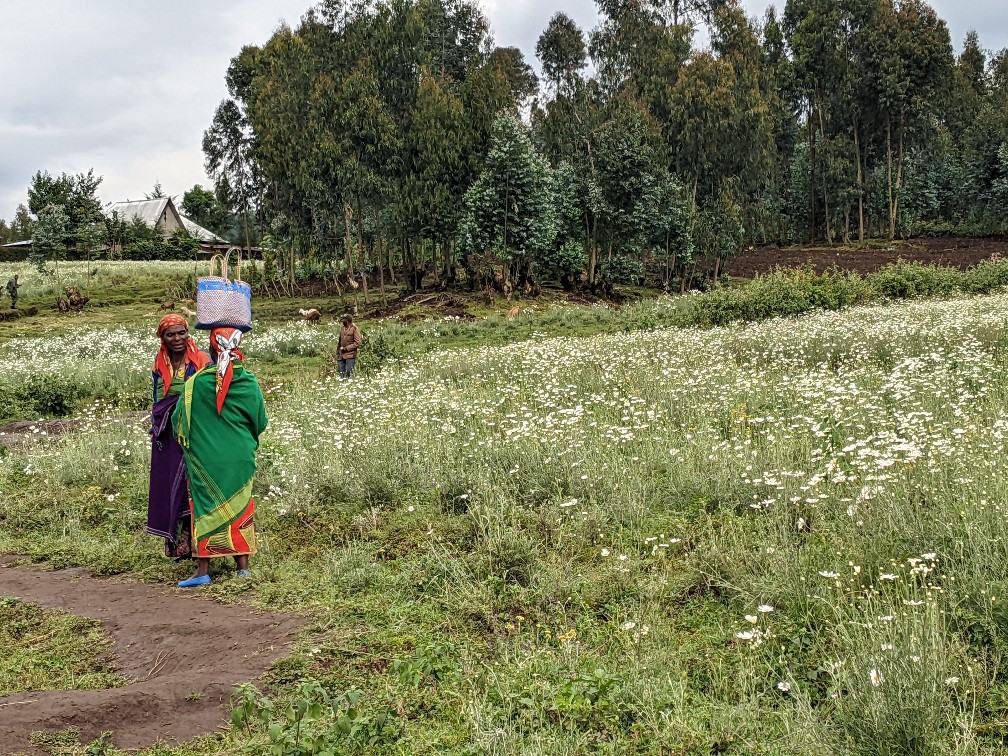
Eventually we came to areas with lots of bamboo, the edge of the gorillas’ territory. It was much different from yesterday.
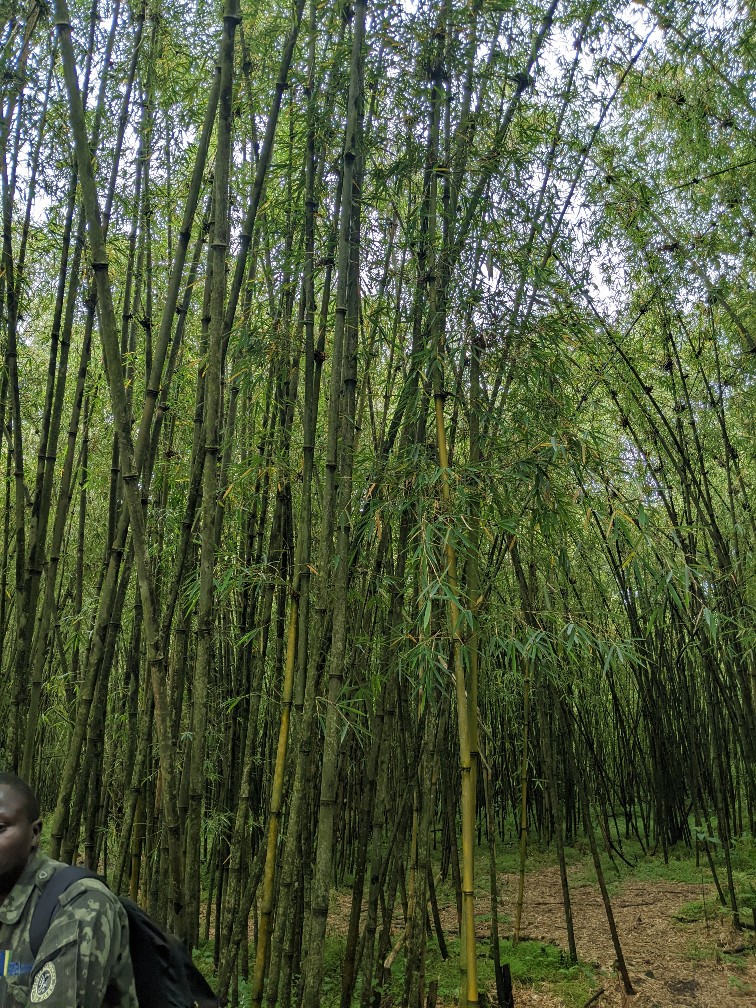
We left our trackers and kept walking. It wasn’t too long before we found the Muhoza family. Marambo, the silverback who was HUGE, was sleeping and other gorillas were grooming him. One thing I learned was that gorillas fart a lot, I guess it’s all the plants they eat. There were young gorillas playing and two moms, one with a two month old baby and one with a three month old baby. The babies were very cute. They would move around their mothers with very jerky movements. We watched for quite a while with Marambo slowly waking up the whole time. We couldn’t see him very well but it sounded like a young gorilla had done something to annoy him. He yelled at the young gorilla and then came charging out of the little clearing. We all crouched down and everyone was fine. All the gorillas followed him and, as a young one went by me. he reached towards me. I though he was going to grab my glasses. Luckily, he didn’t. We moved with them and watched them a little longer before having to say goodbye. One take away is how loving, caring, loyal and playful the gorillas are. It’s really both exciting and heart warming to spend time with them.
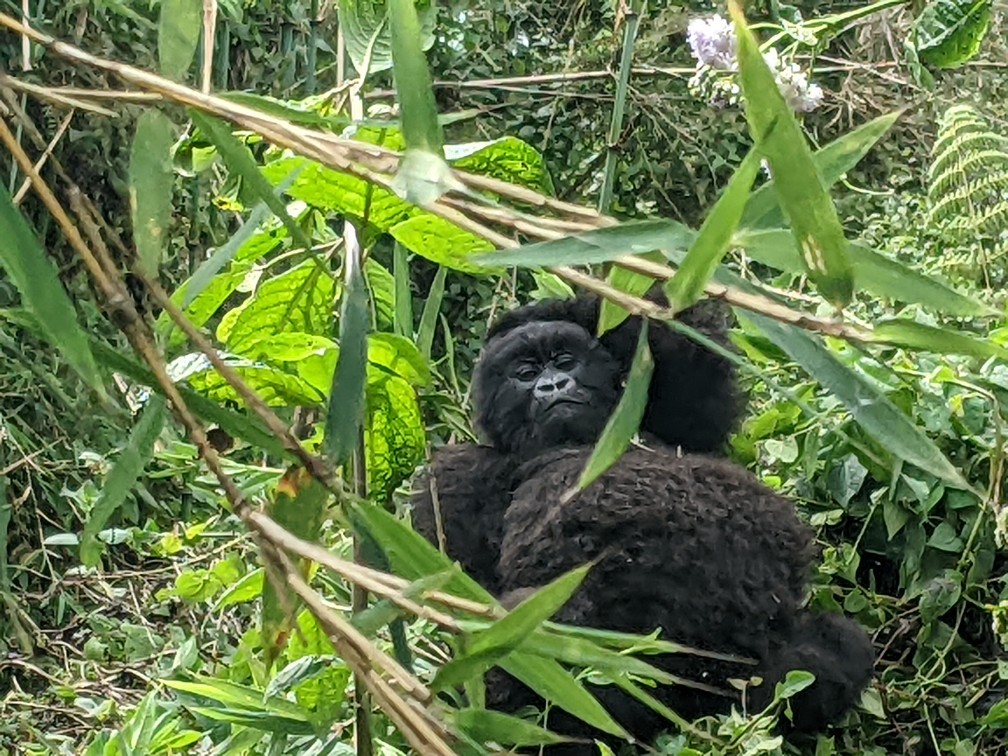
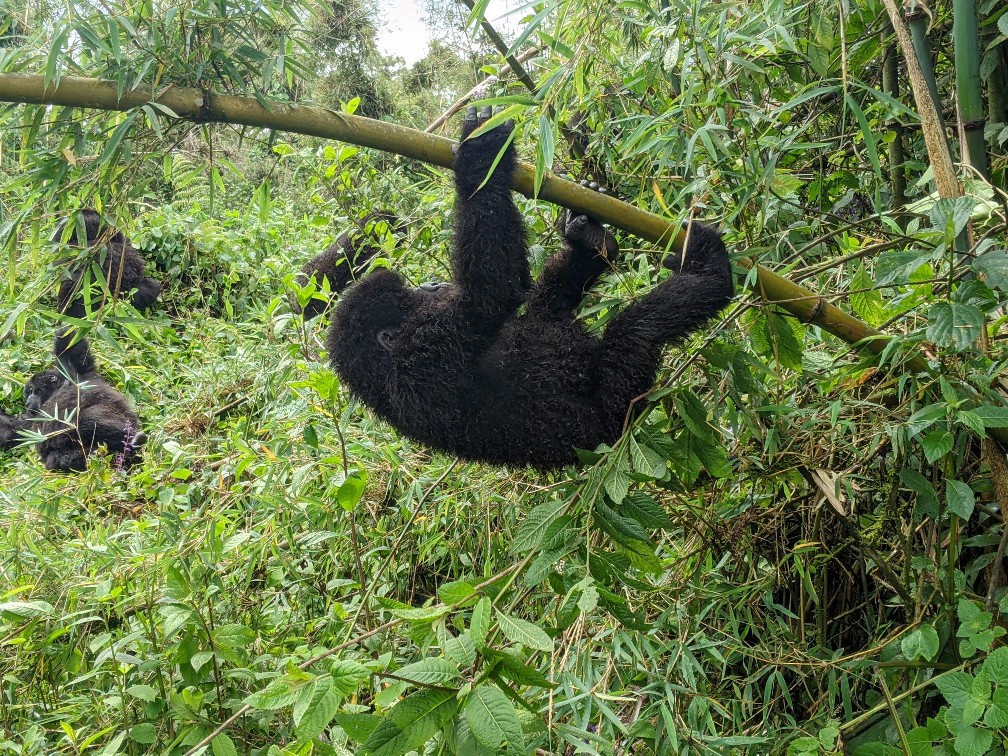
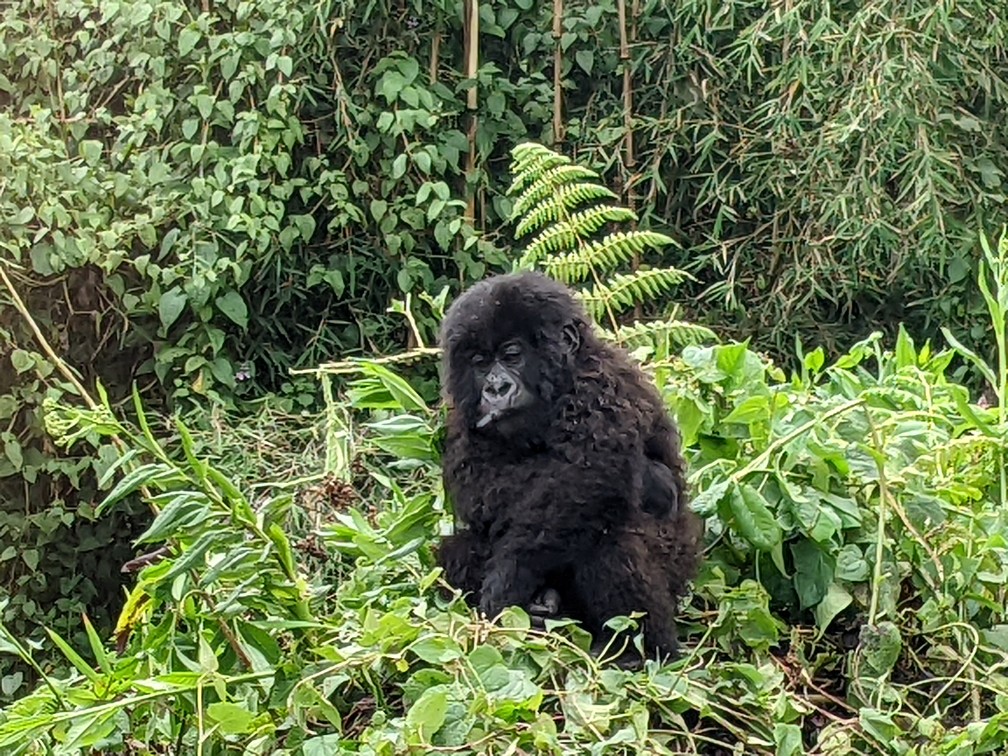
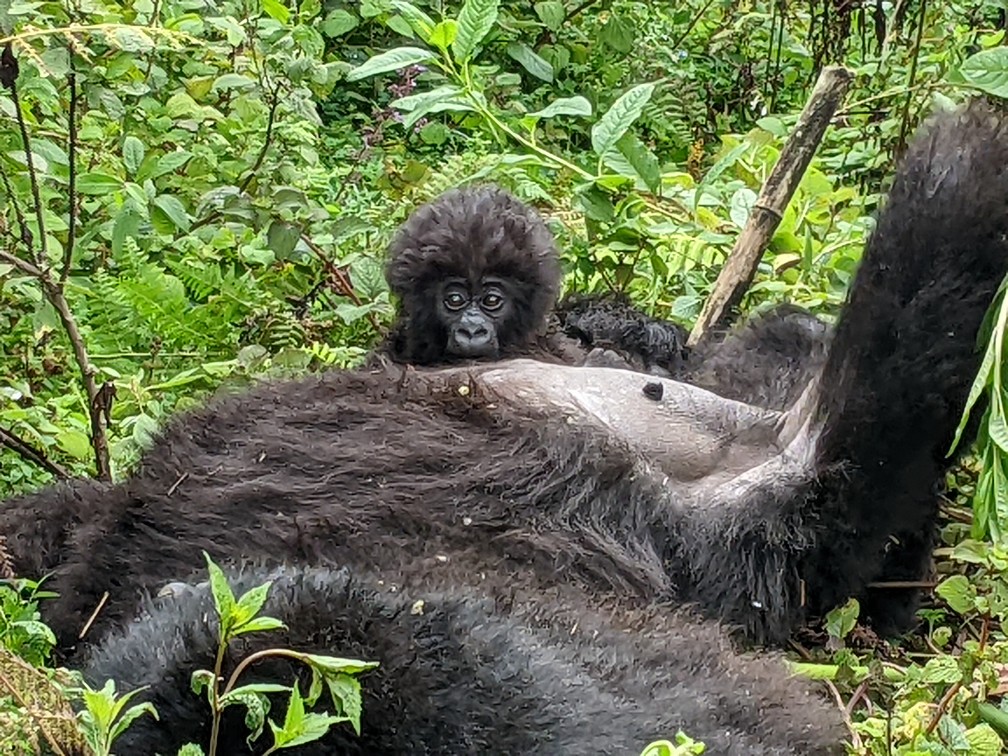
Here are a couple of videos
We walked back down the hill and said goodbye to Emmanuel and Alice. Then we went to the newly opened Ellen Degeneres Campus of the Dian Fossey Gorilla Fund. We learned a little more about gorillas and Dian Fossey.
We came back to the hotel for a late lunch and then napped/relaxed/blogged in the afternoon. That evening they made us a special local dinner which was a chicken, potato, plantain, and peaut braised dish. It was delicious. We spent quite a bit of time talking to the hotel manager and chef. We really enjoy making these personal connections.


